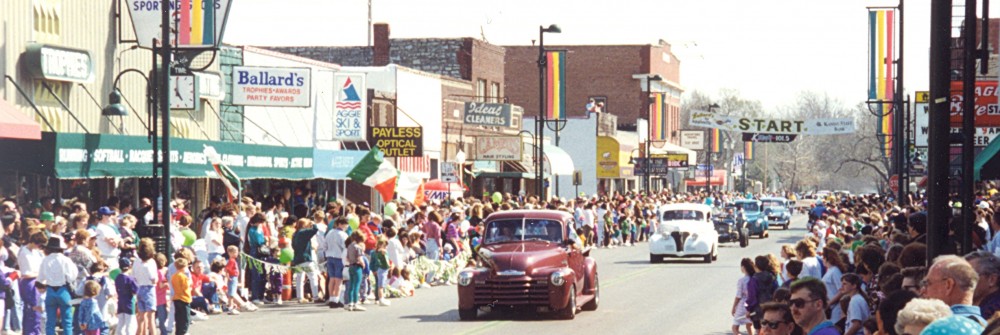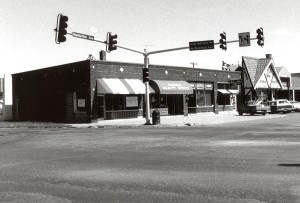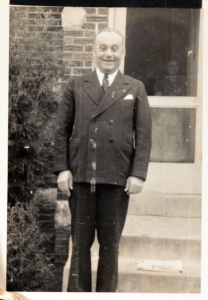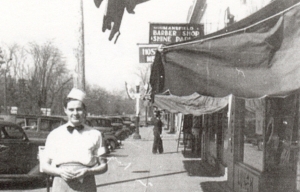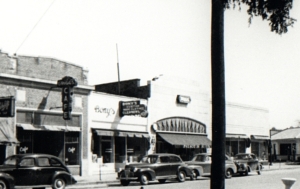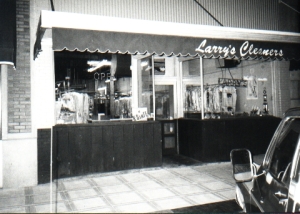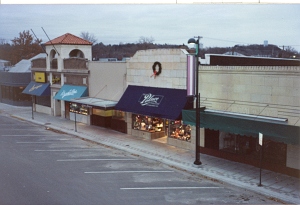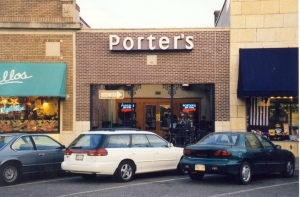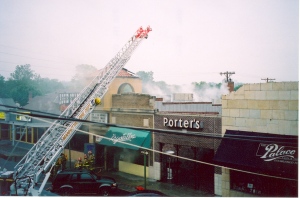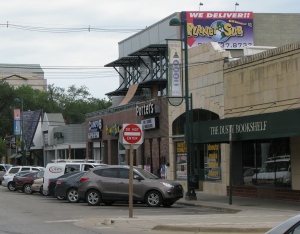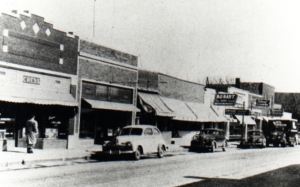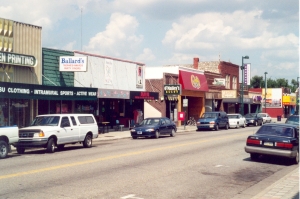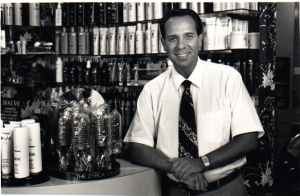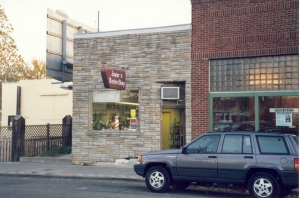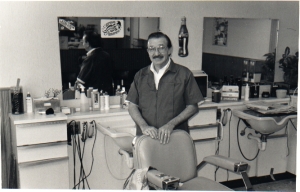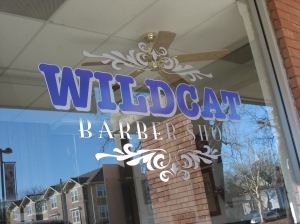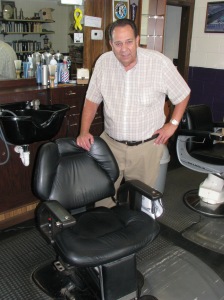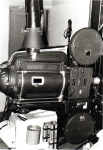

“The Drug Stores of Aggieville” is available now! (excerpts below)
Gallery

This gallery contains 12 photos.
“After giving an overview of the drug stores in the downtown Manhattan area from the 1860s to today, Aggieville Historian Dan Walter shares stories and pictures of the pharmacies and pharmacists of Aggieville. From the day the first Aggieville … Continue reading
Steel and Pipe Supply Companies, Inc. – Section 2

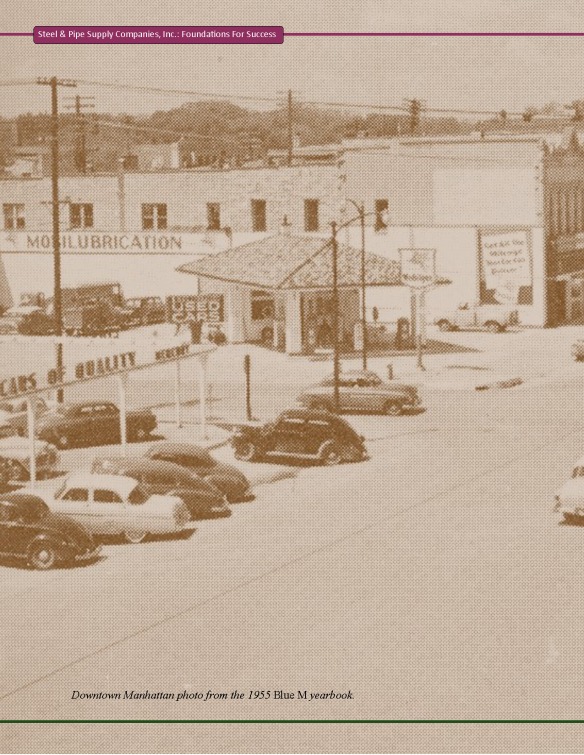
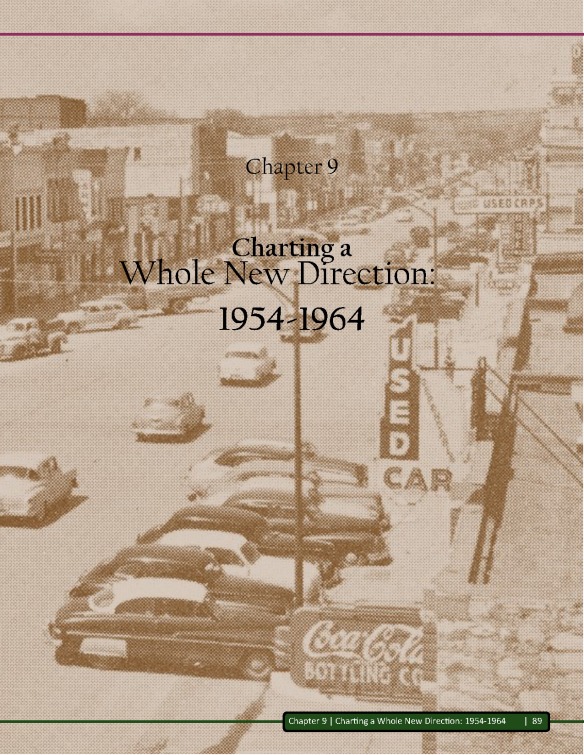
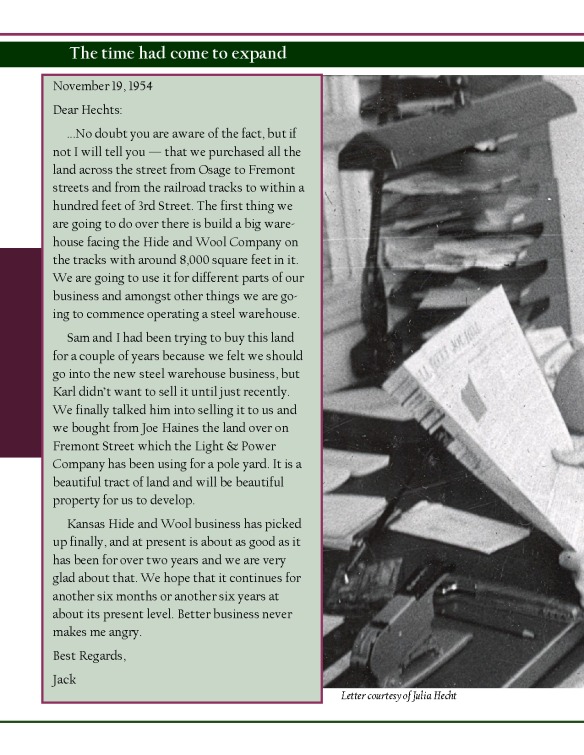
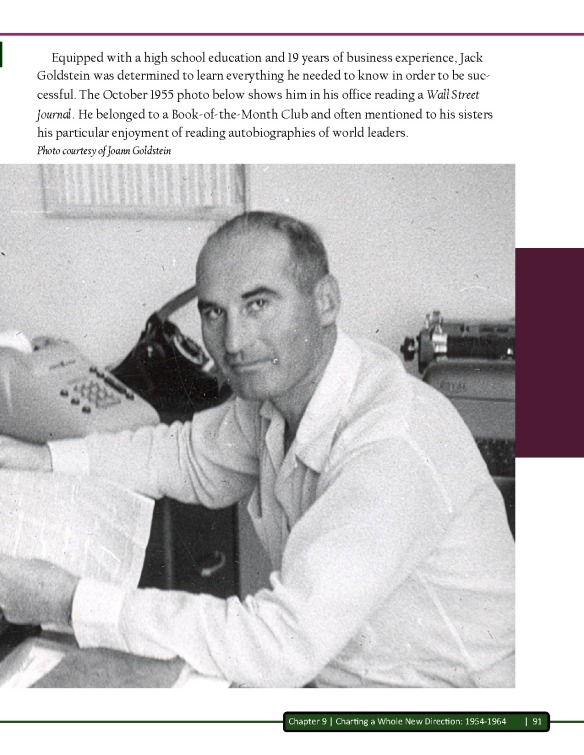
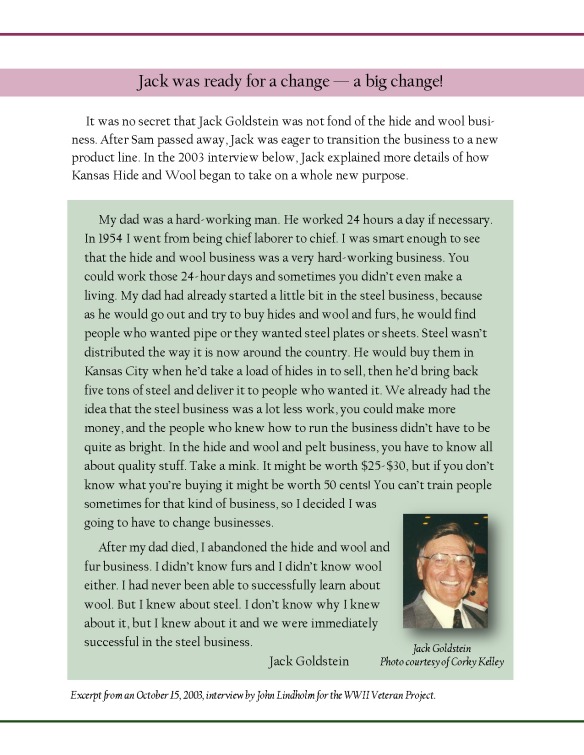
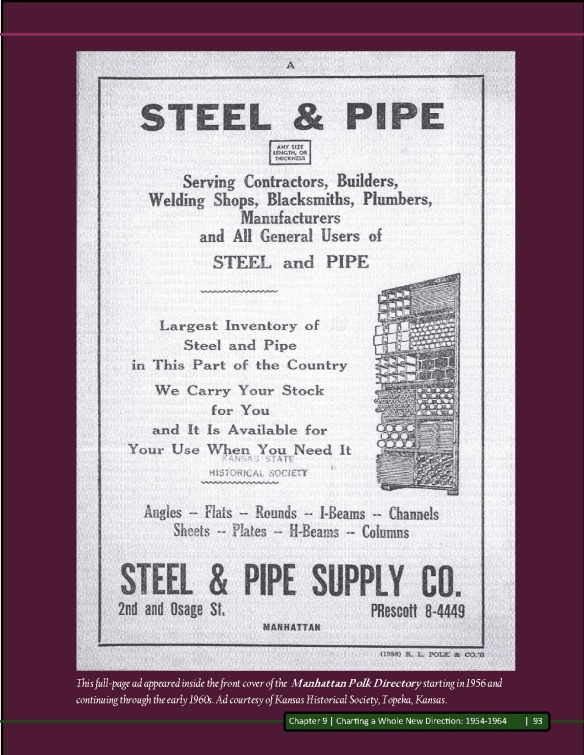
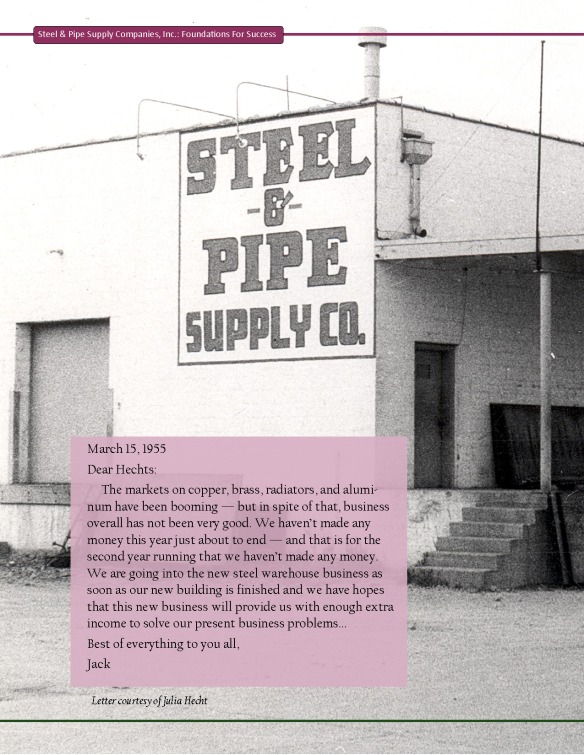
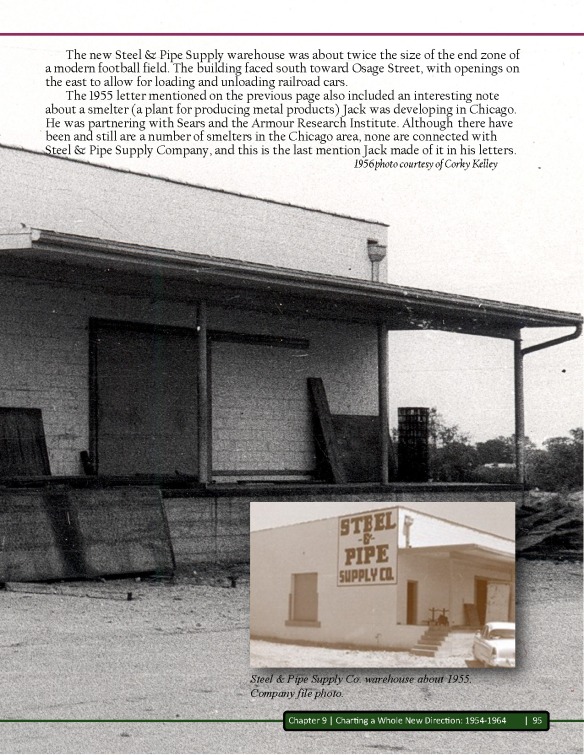
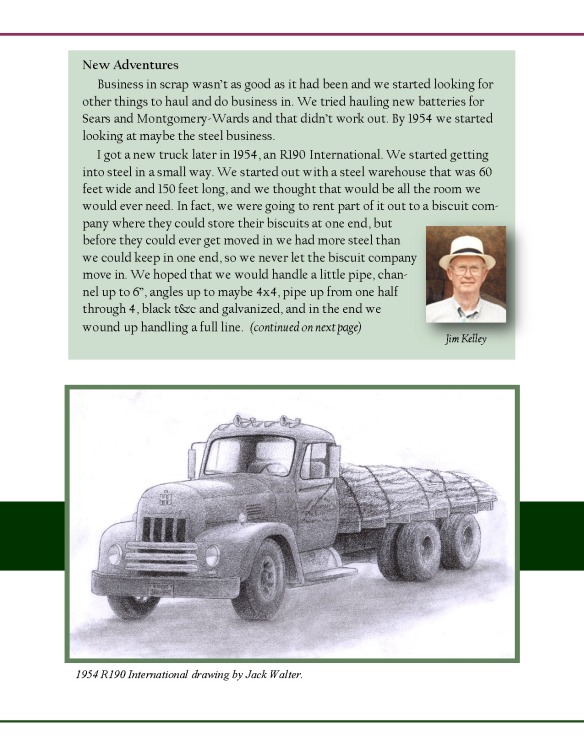
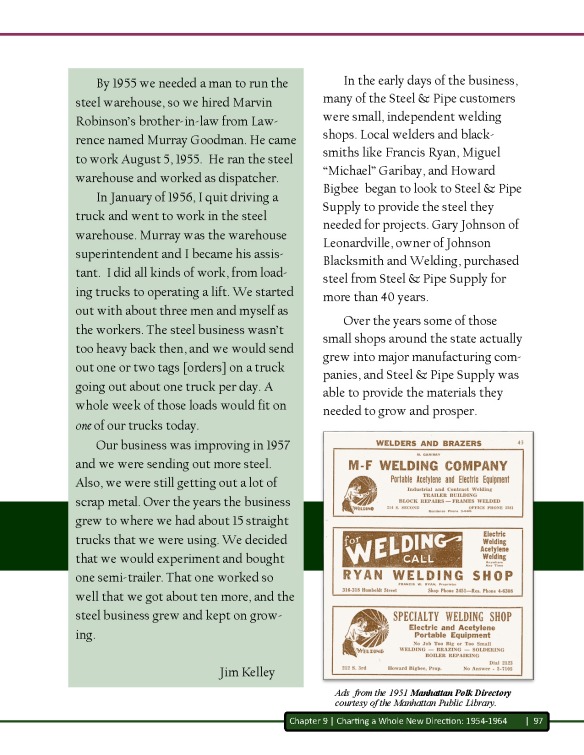
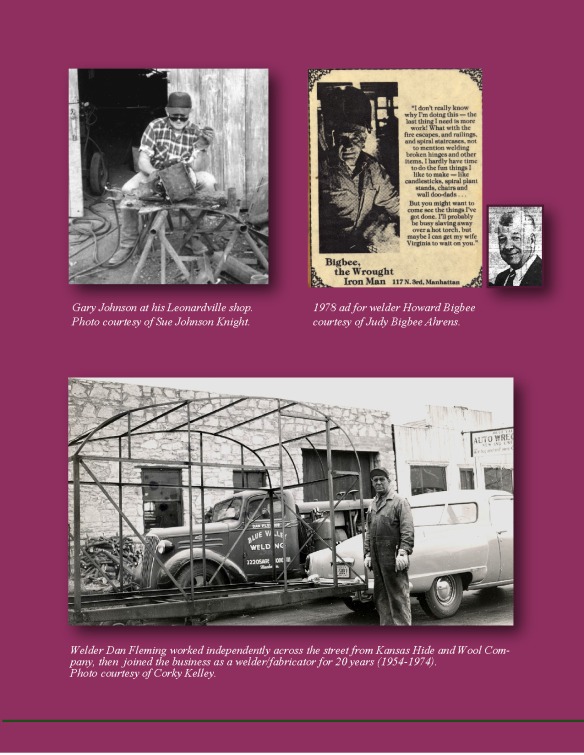
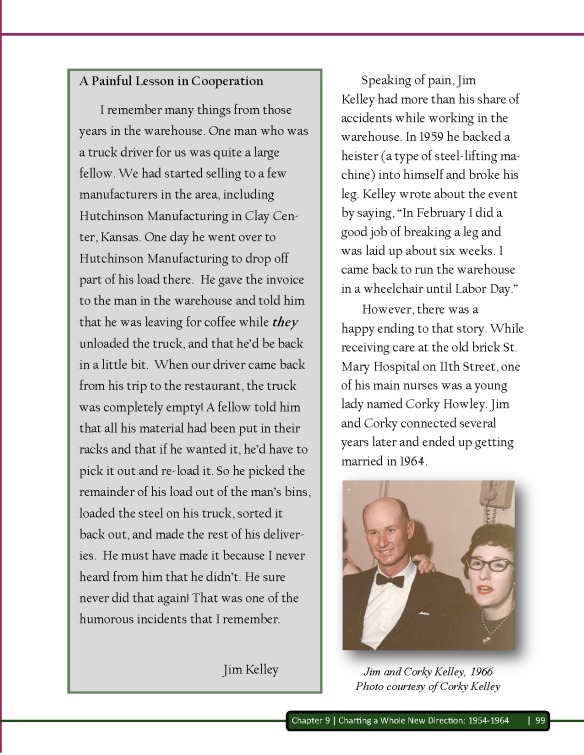
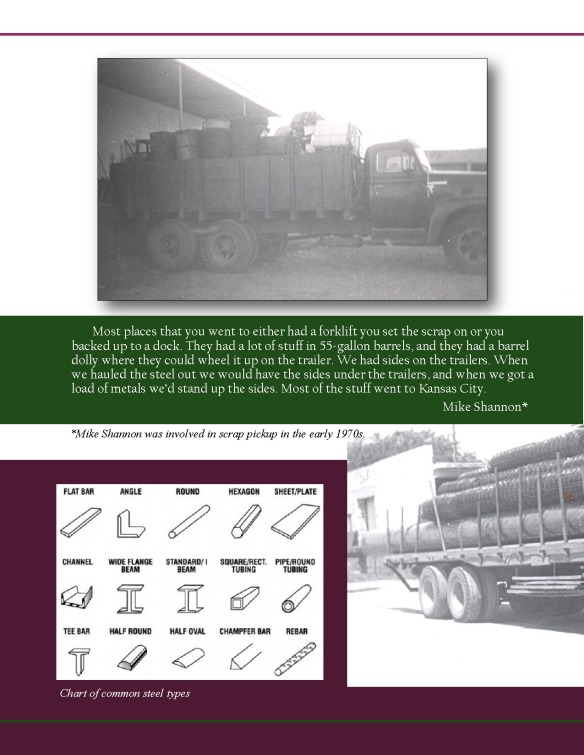
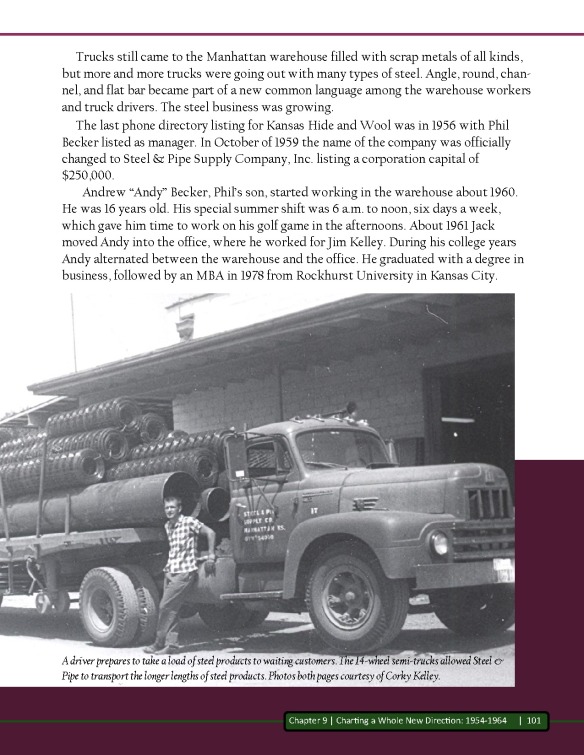
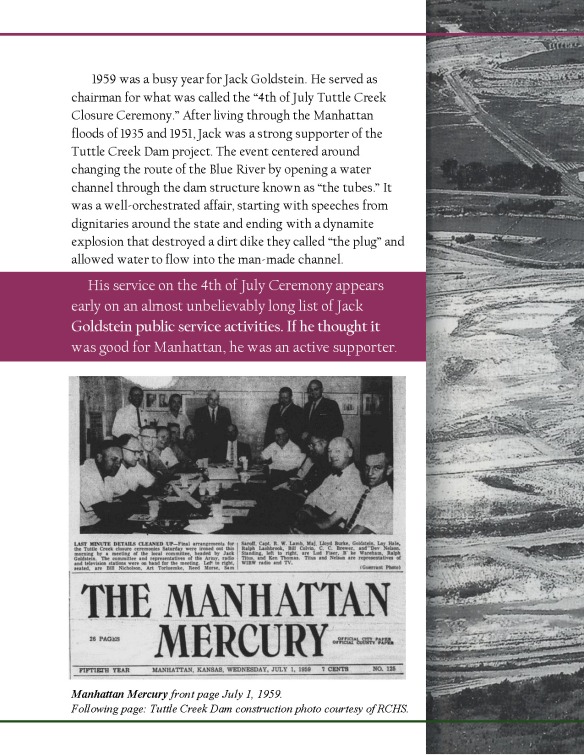
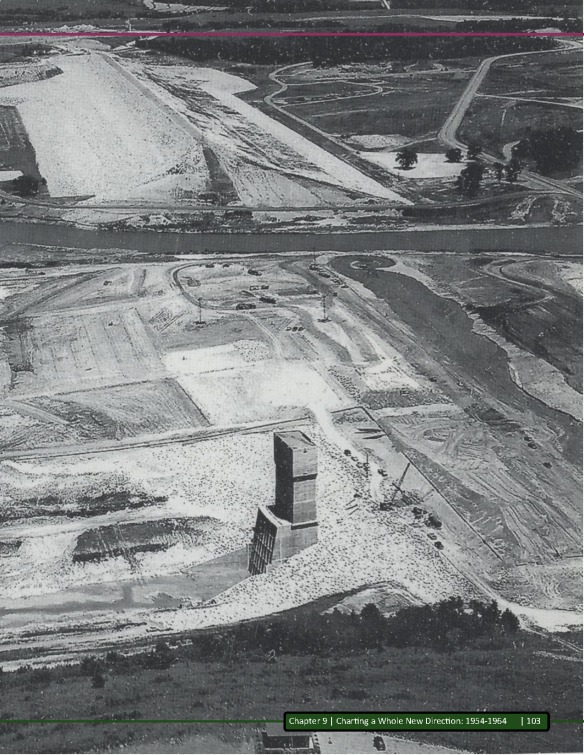
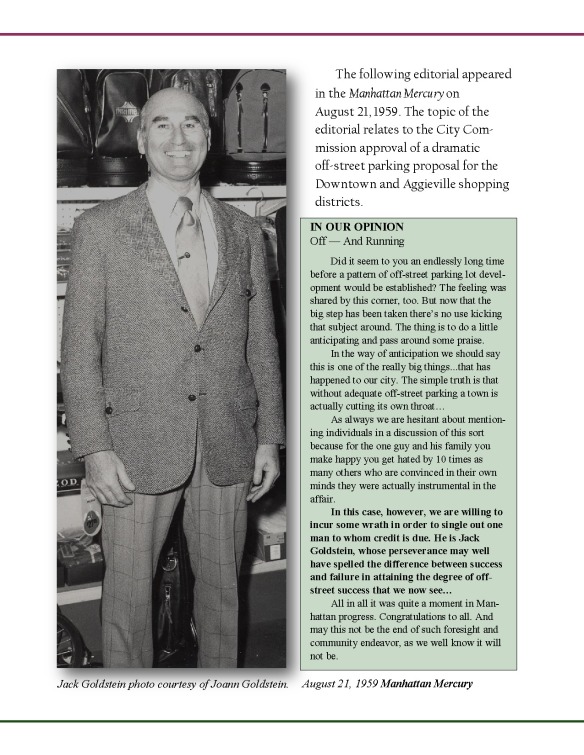
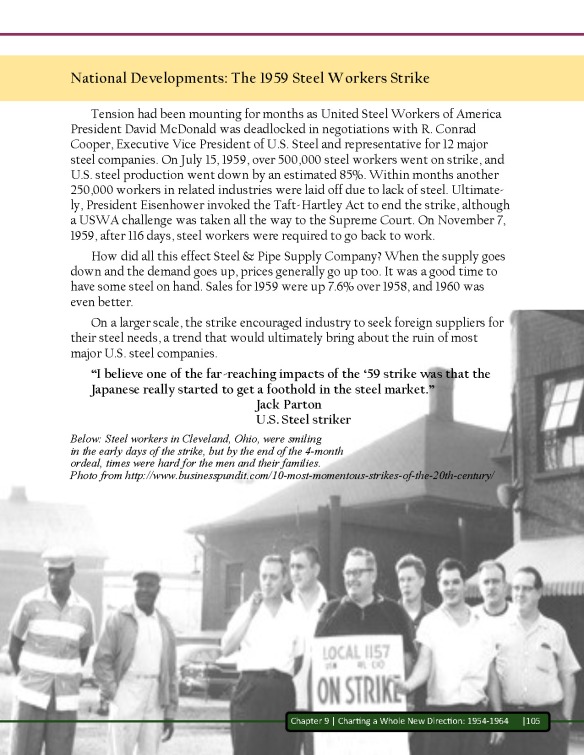
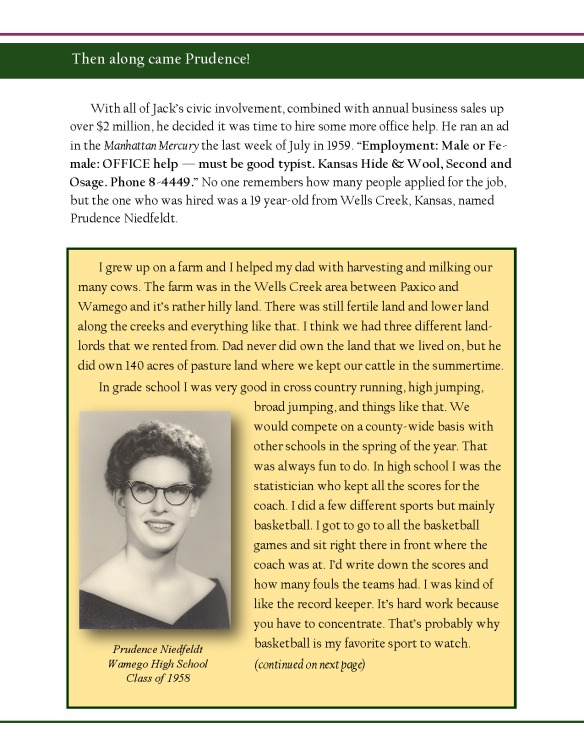
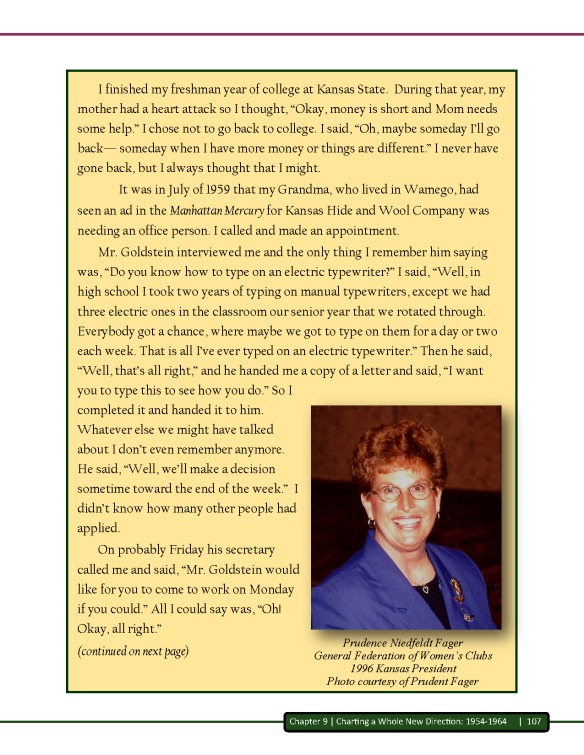
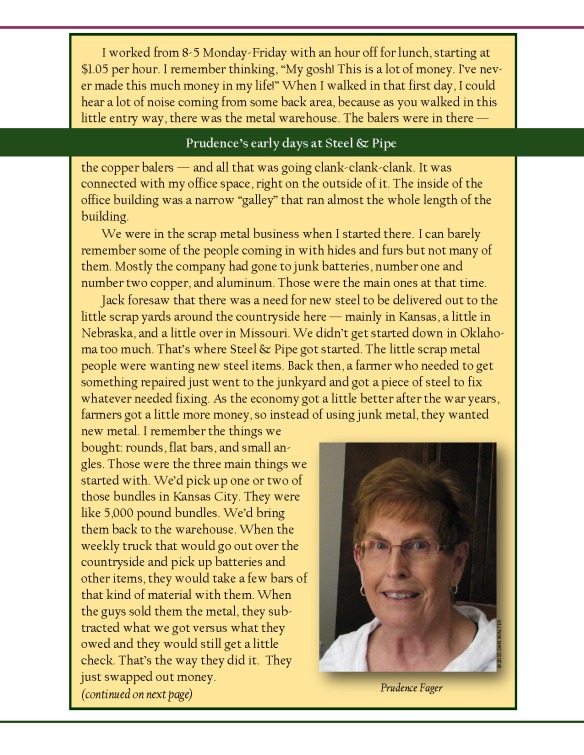
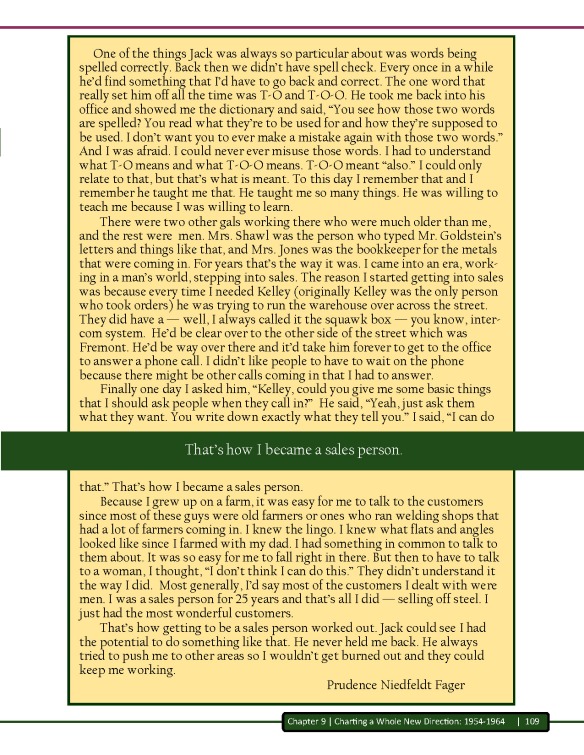
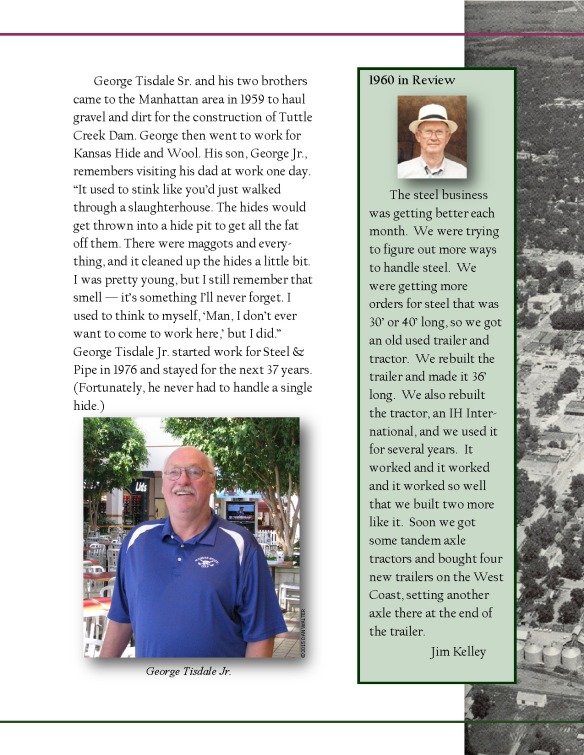
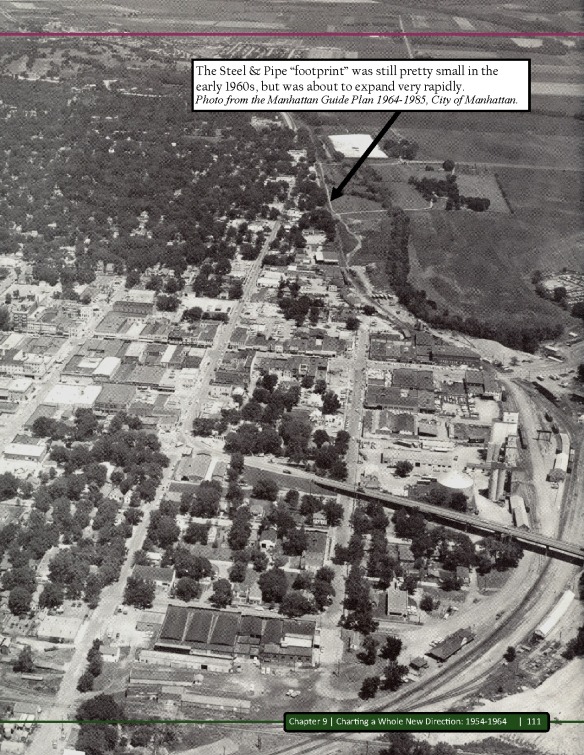
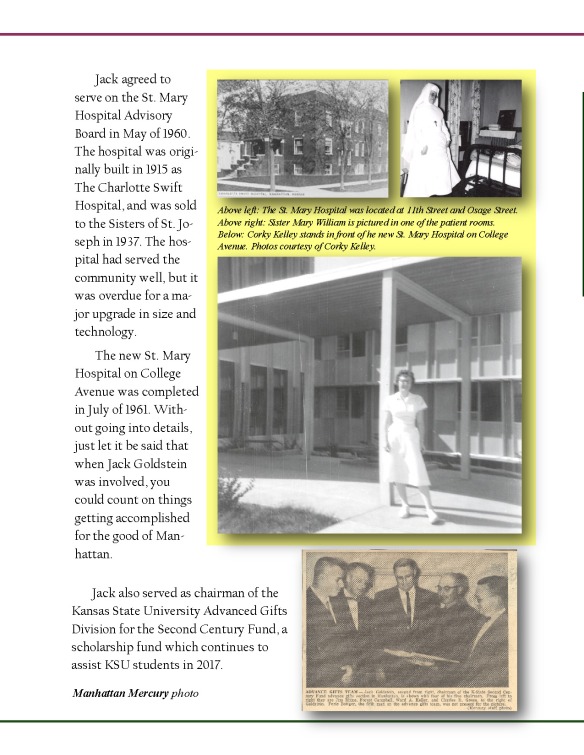
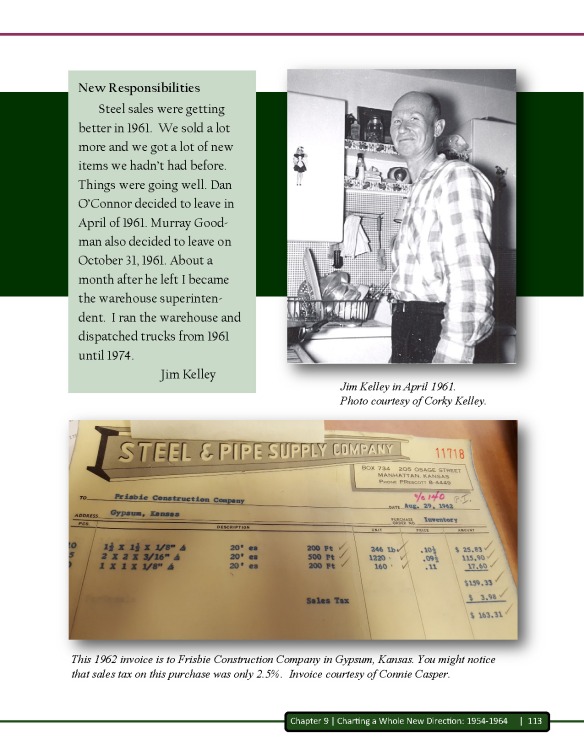
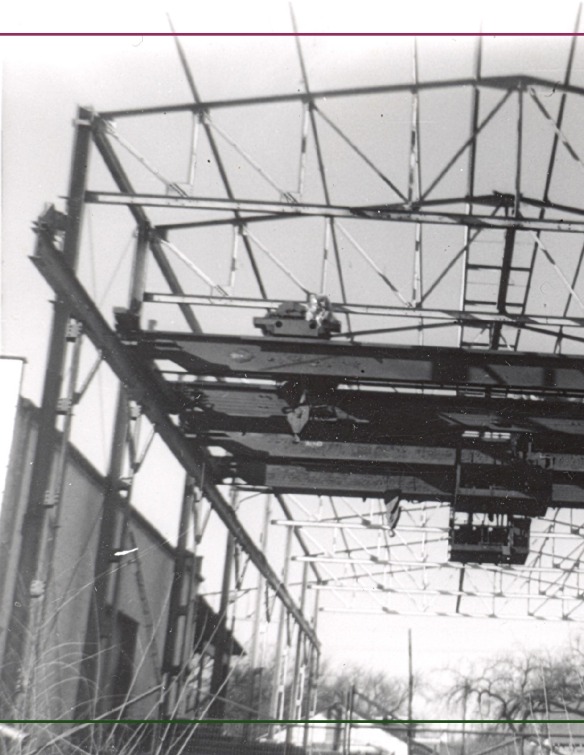
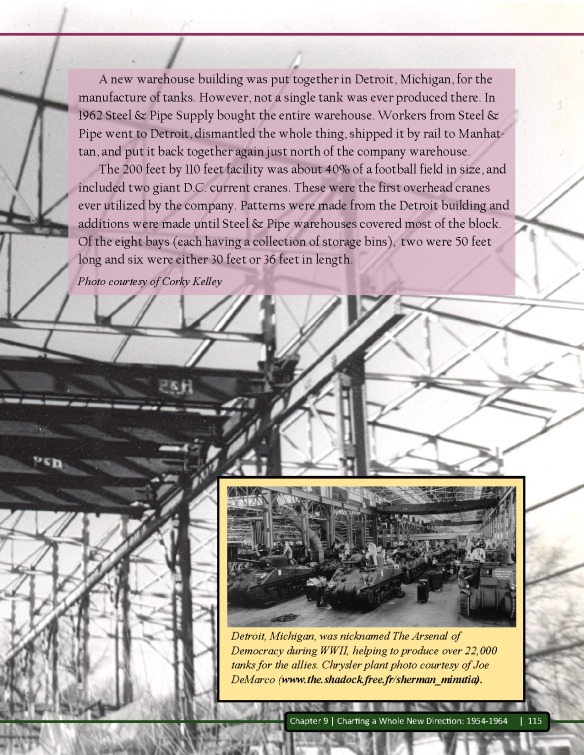
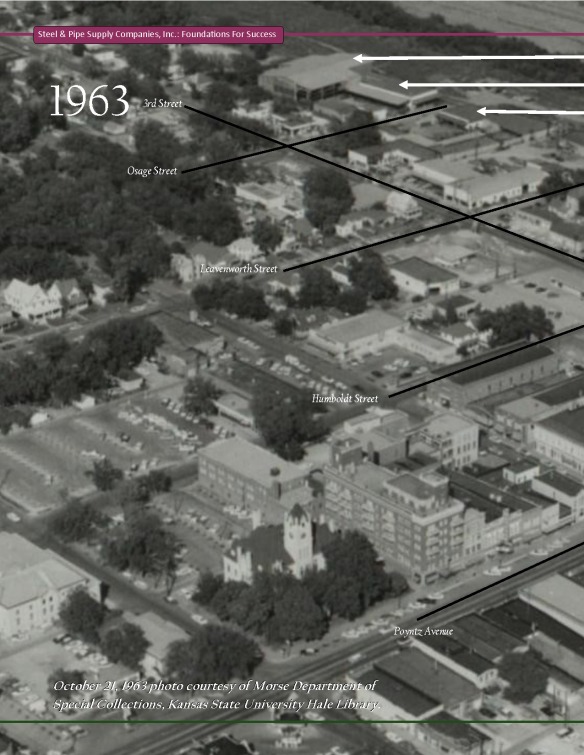
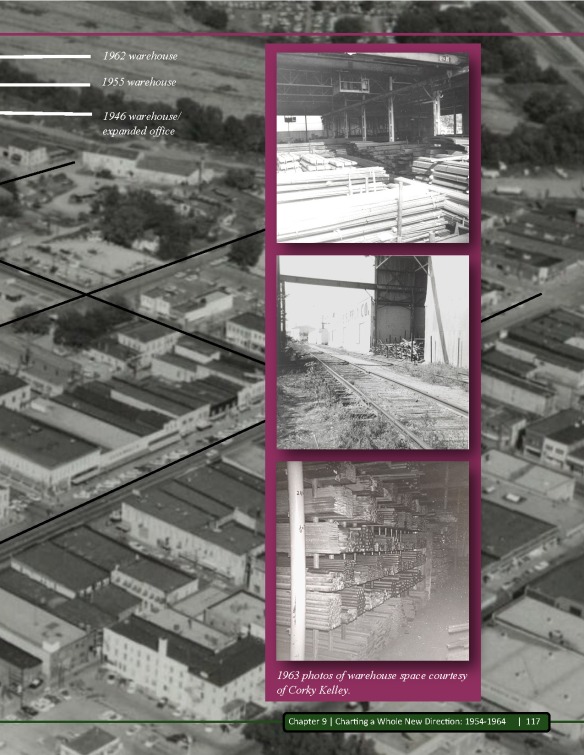
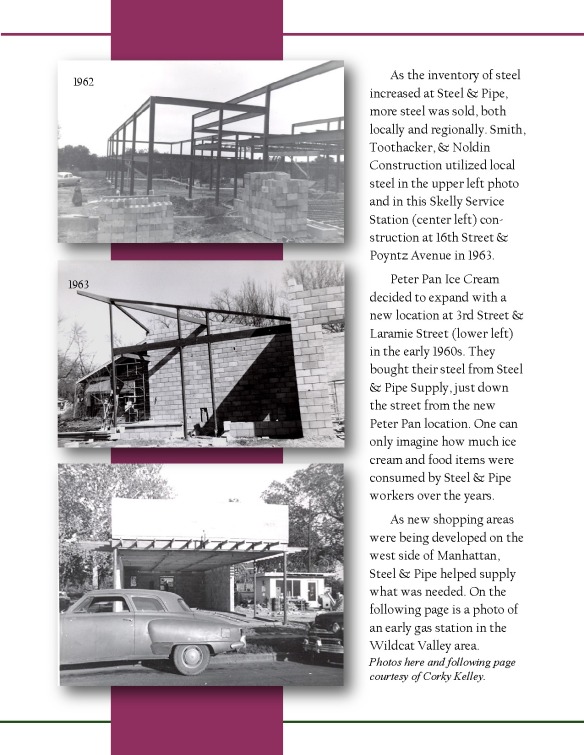
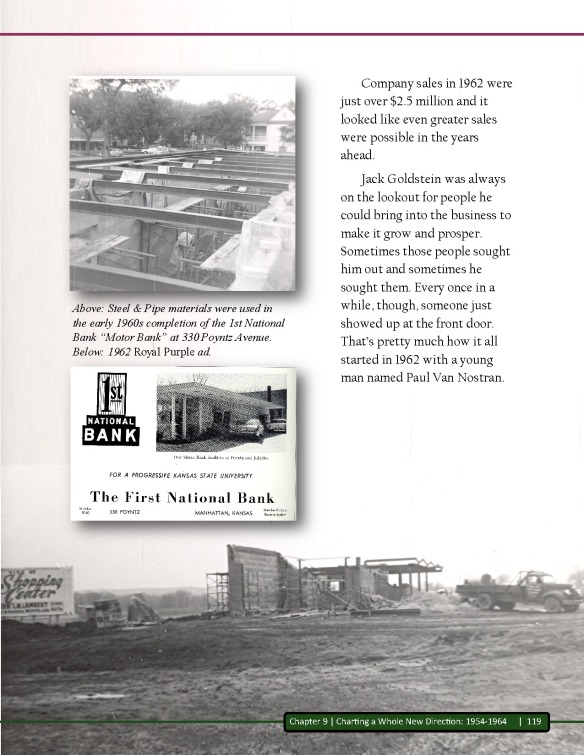
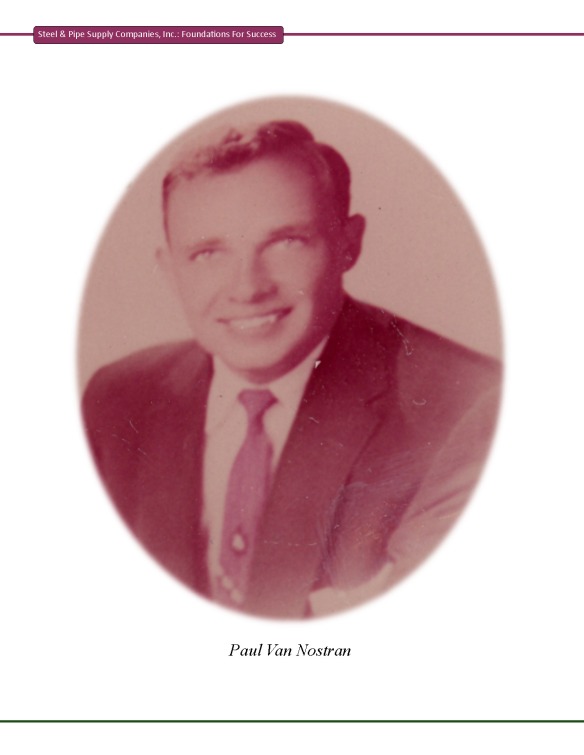
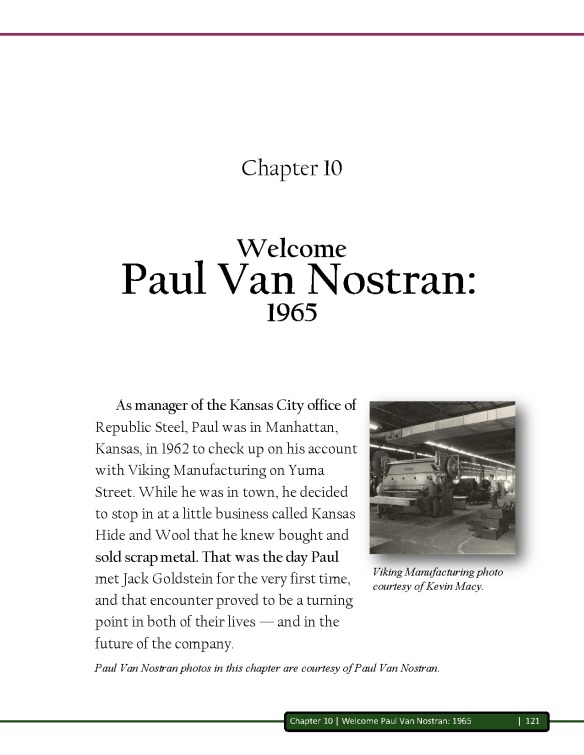
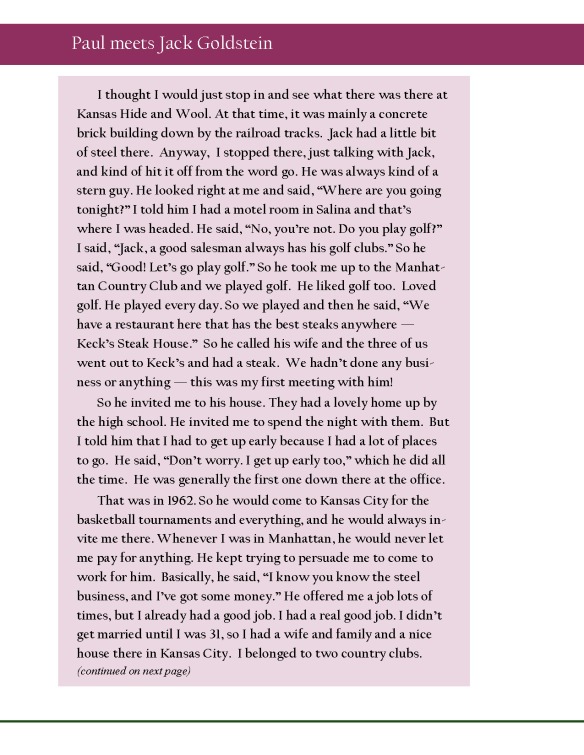
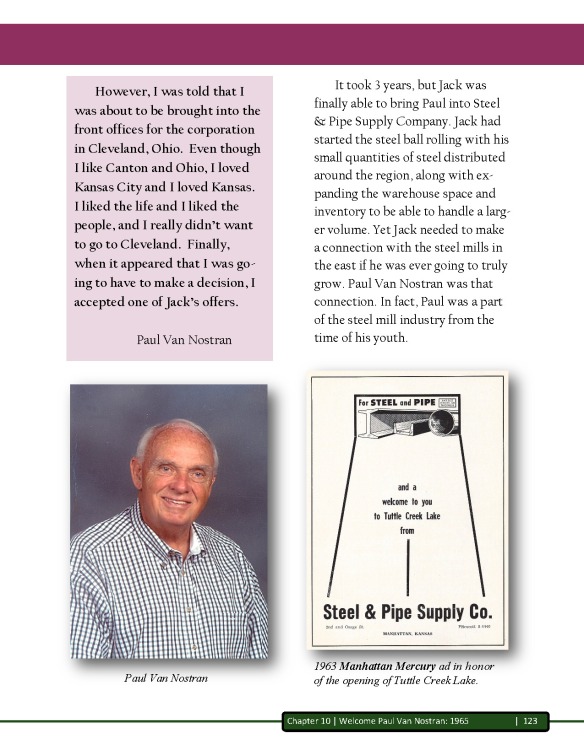
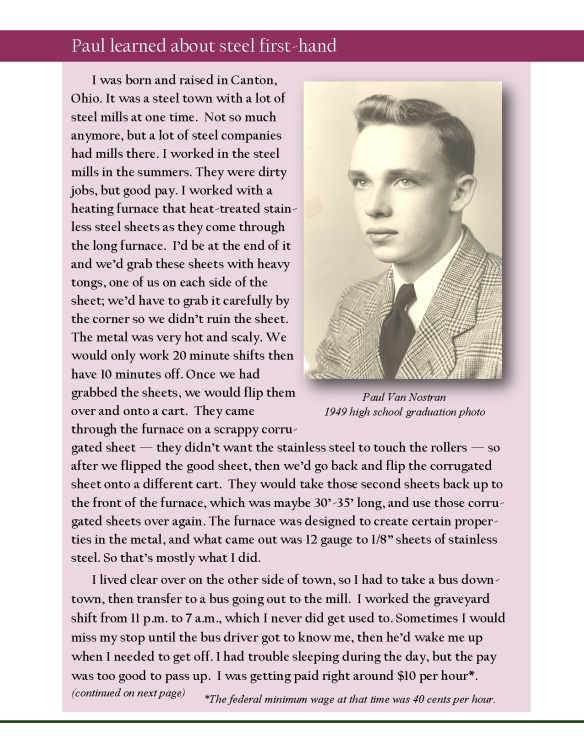
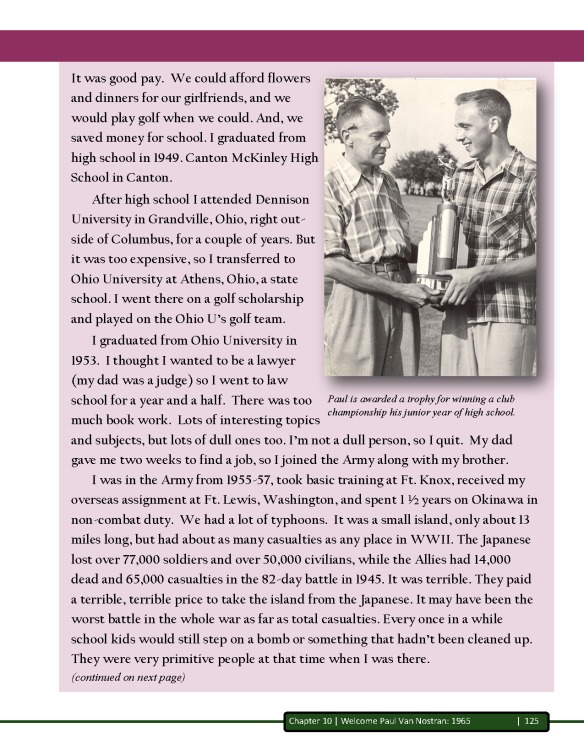
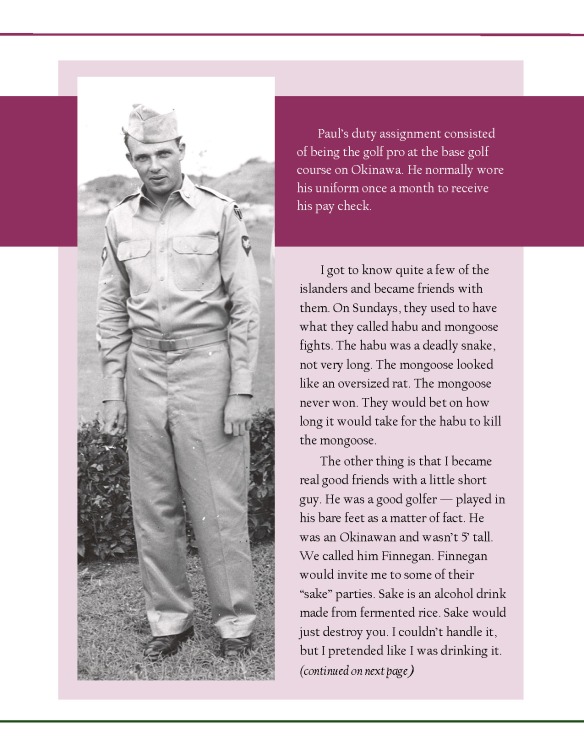
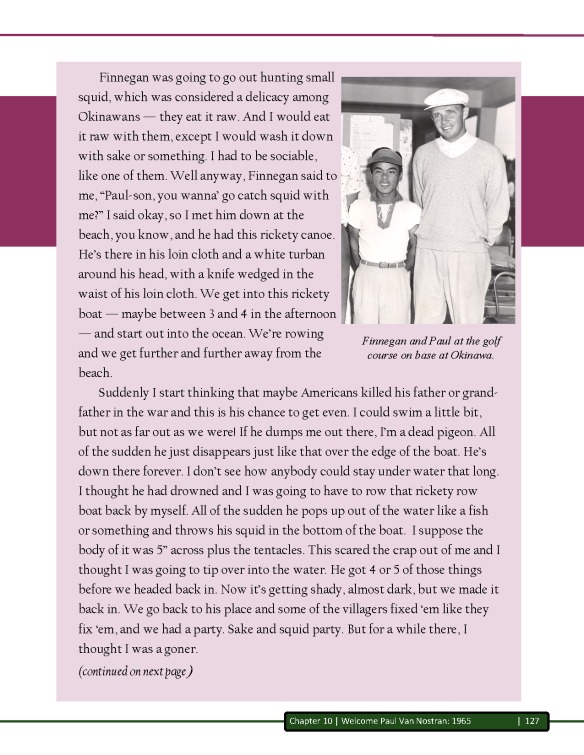
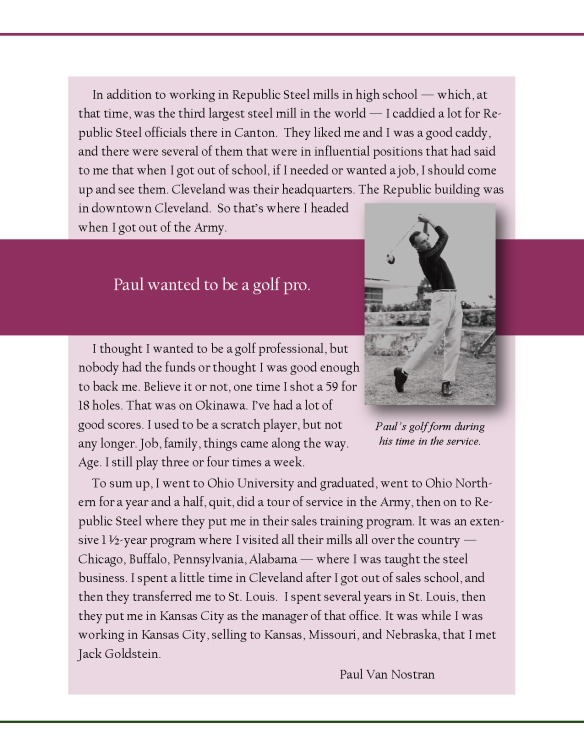
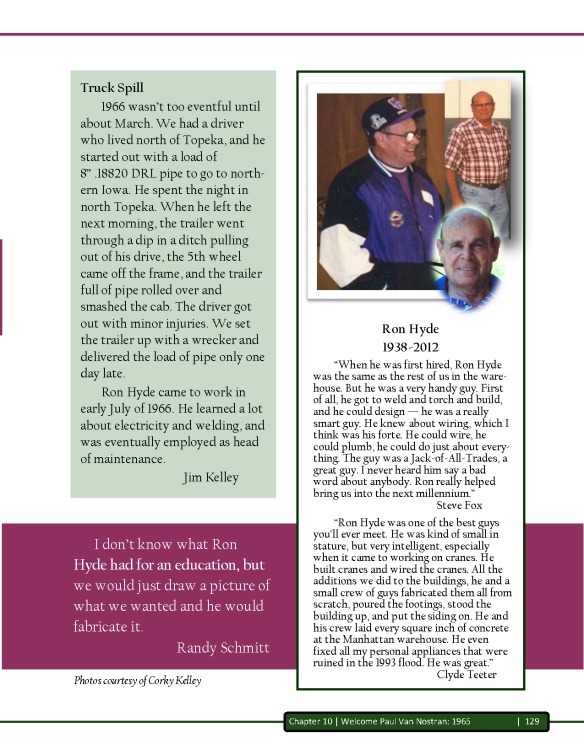
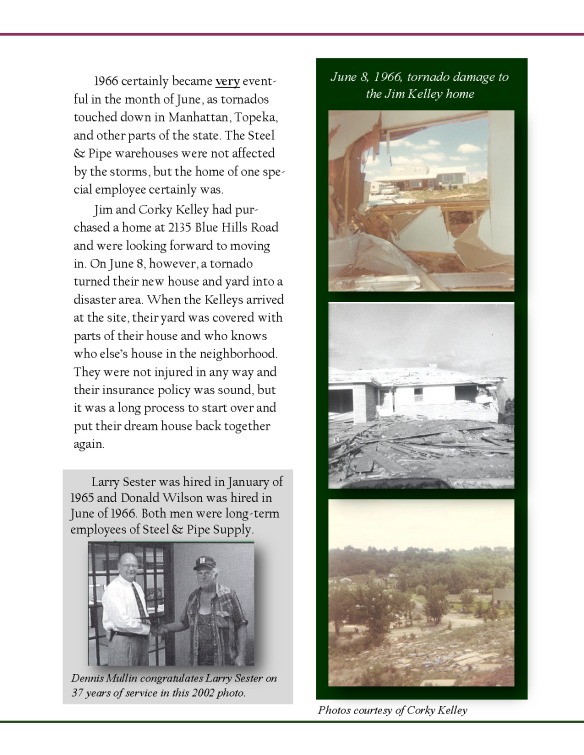
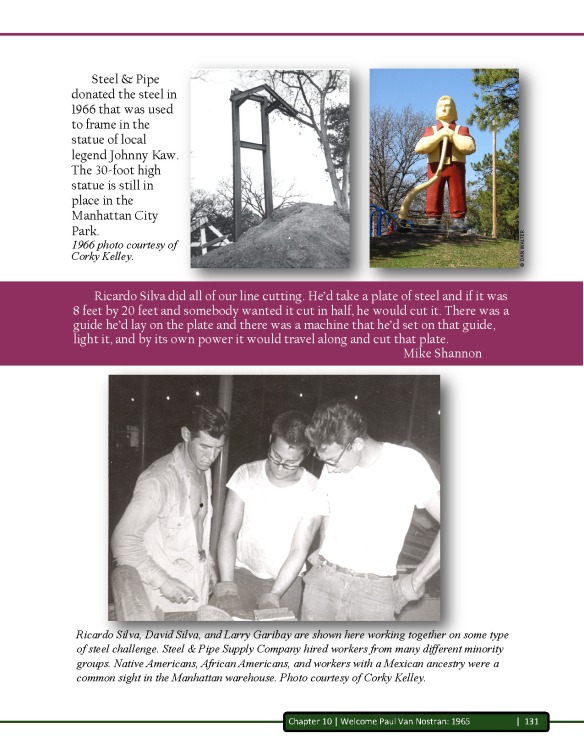
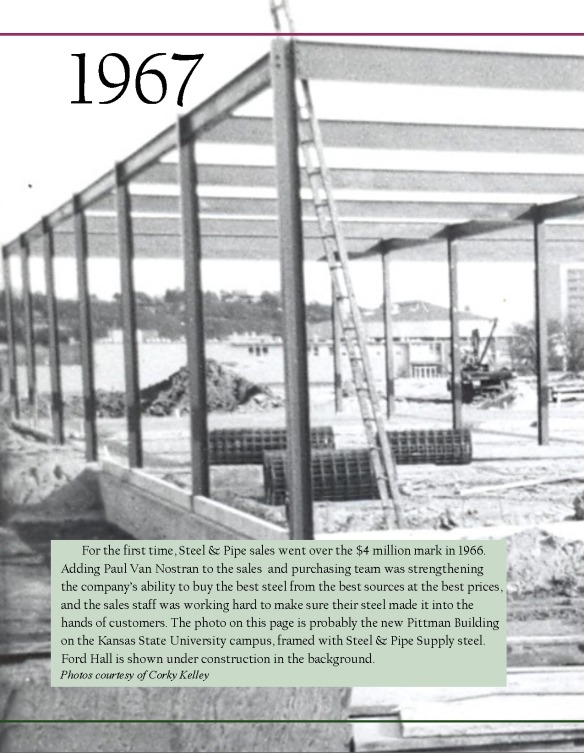
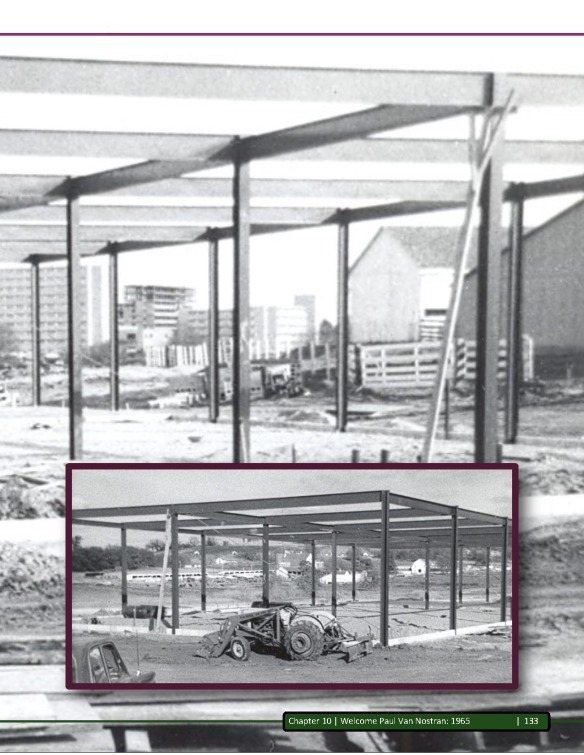
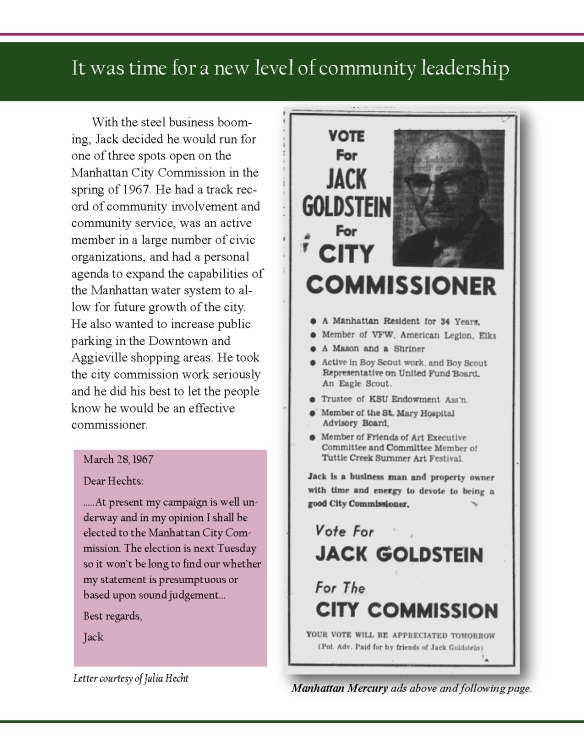
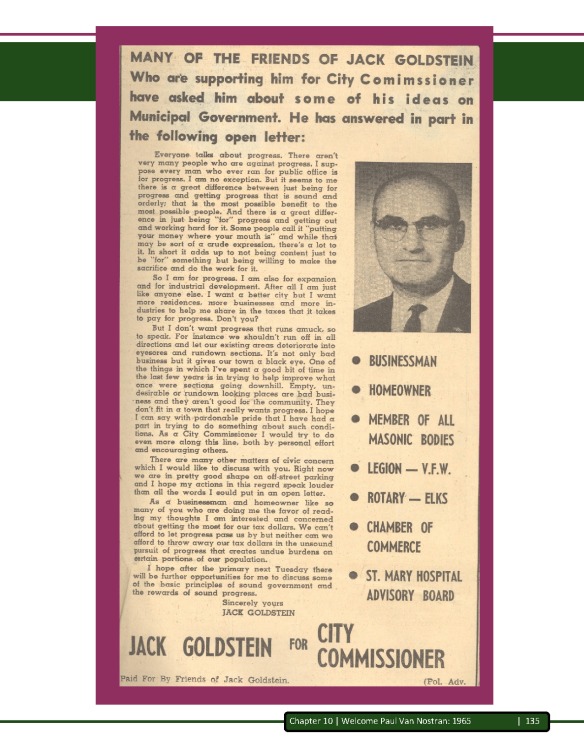
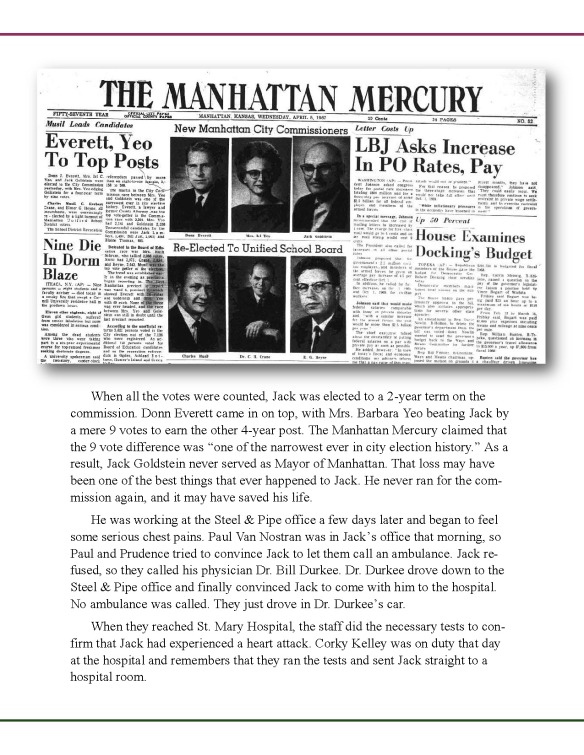
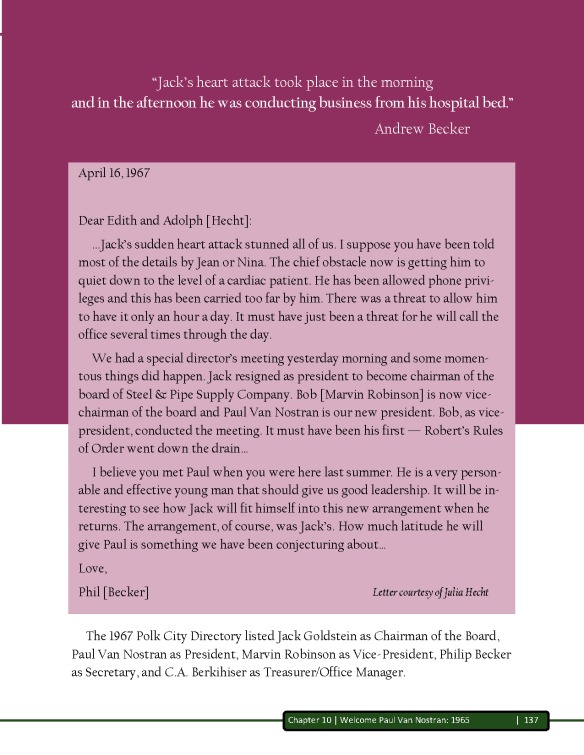
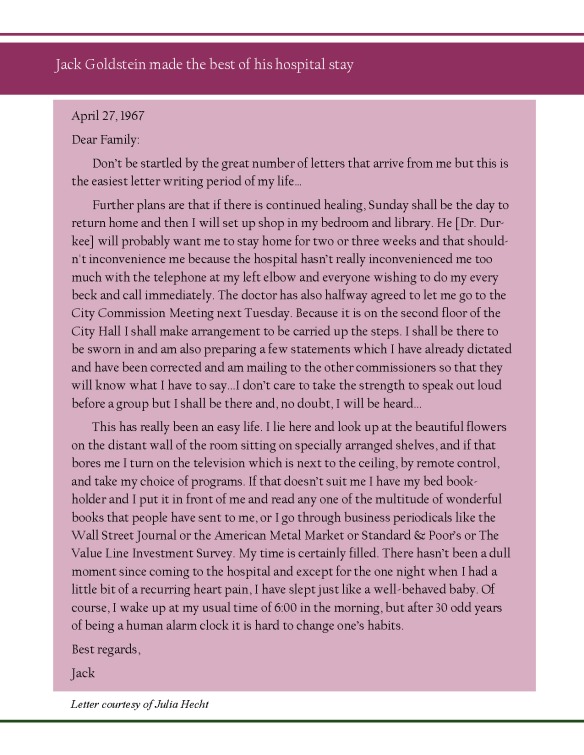
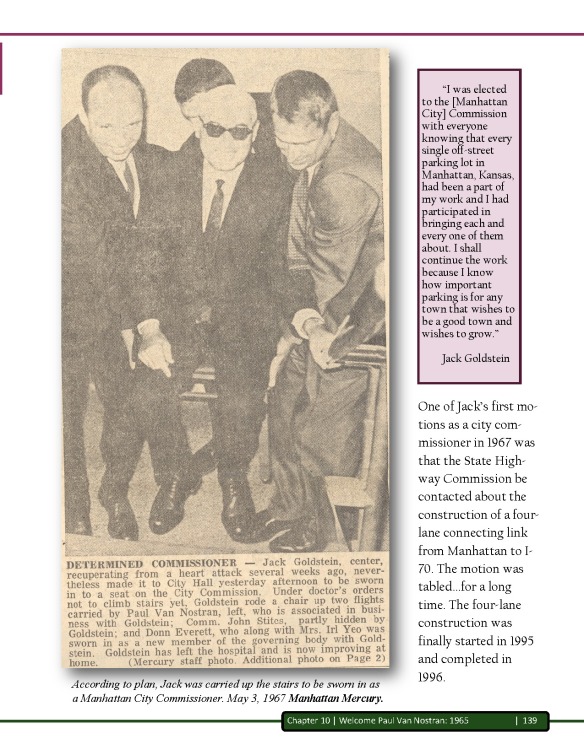
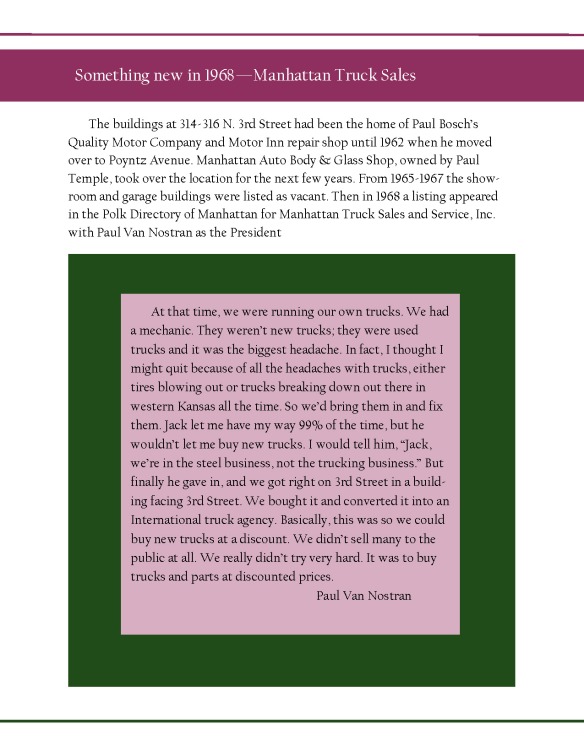
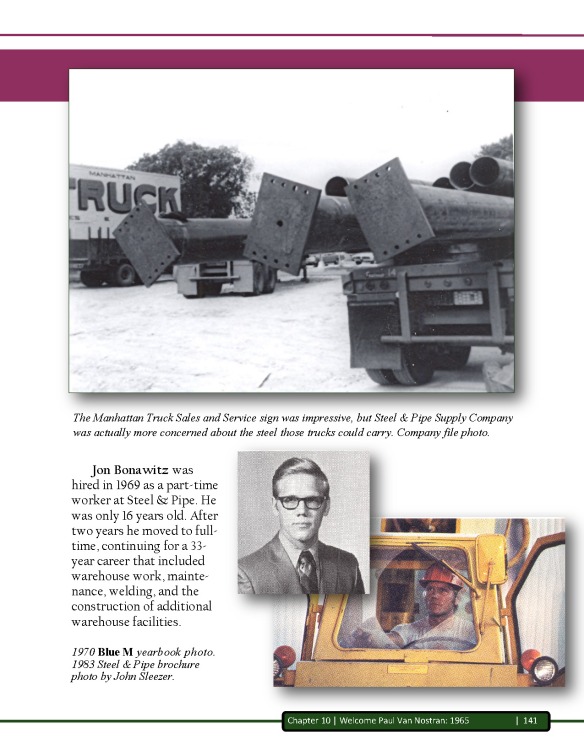
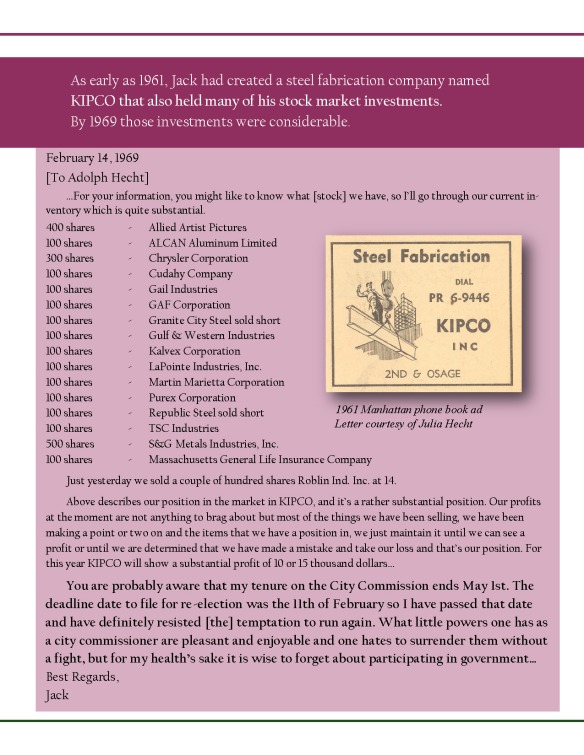
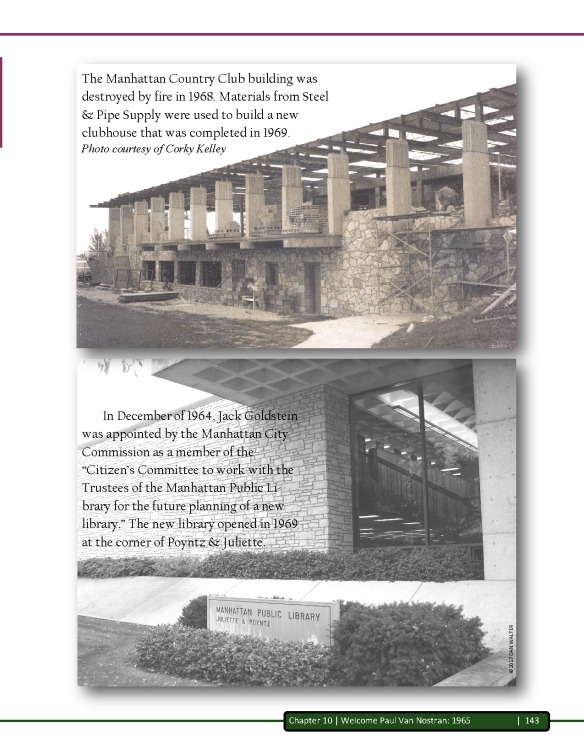
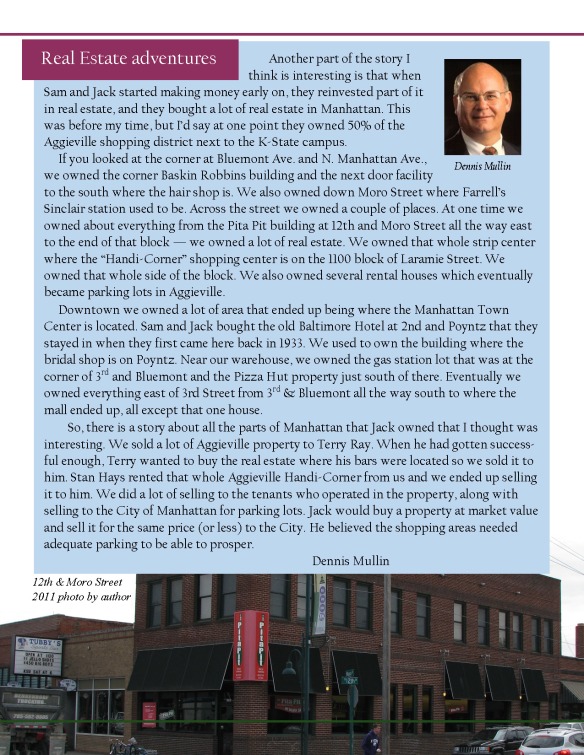
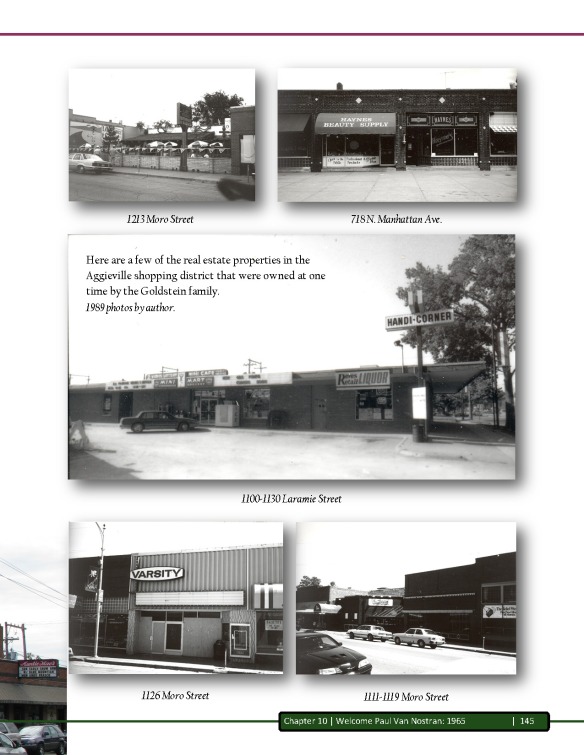
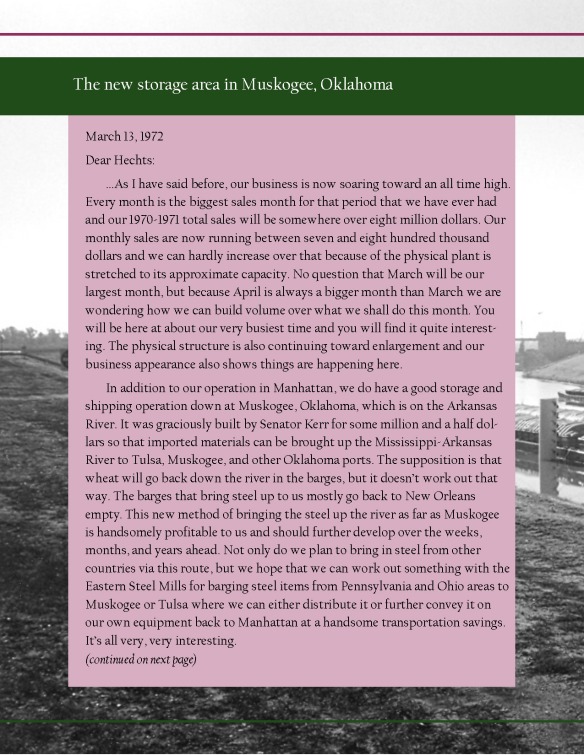
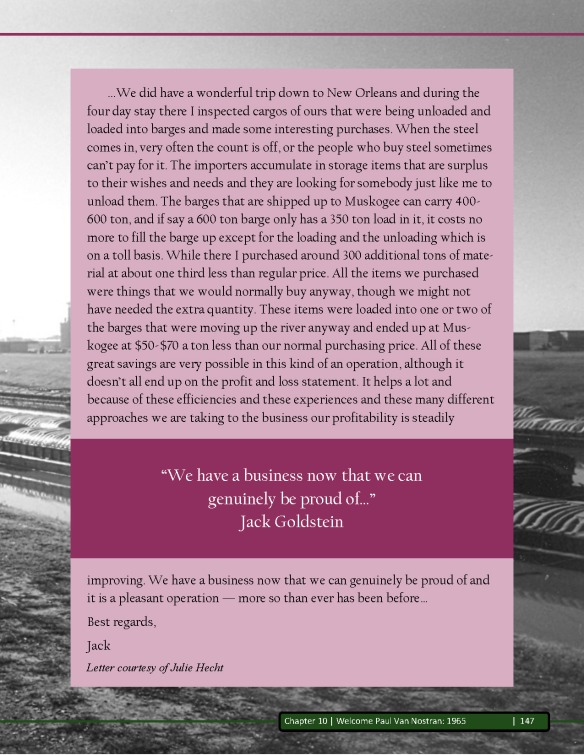
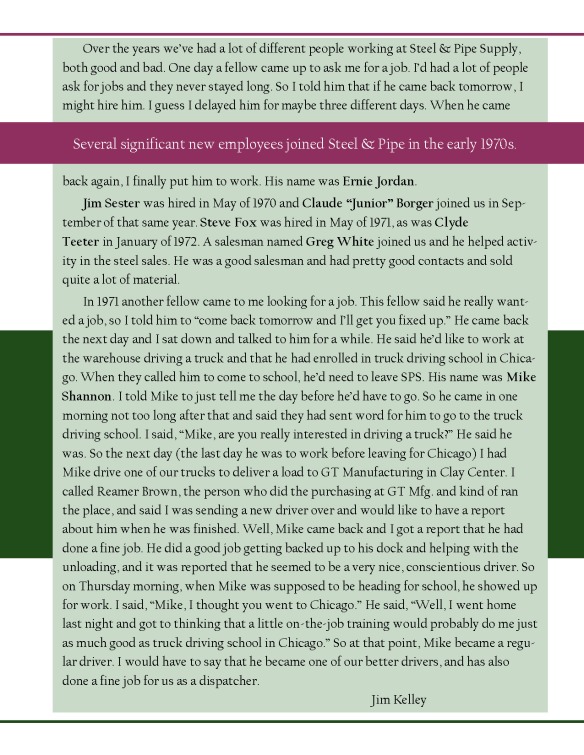
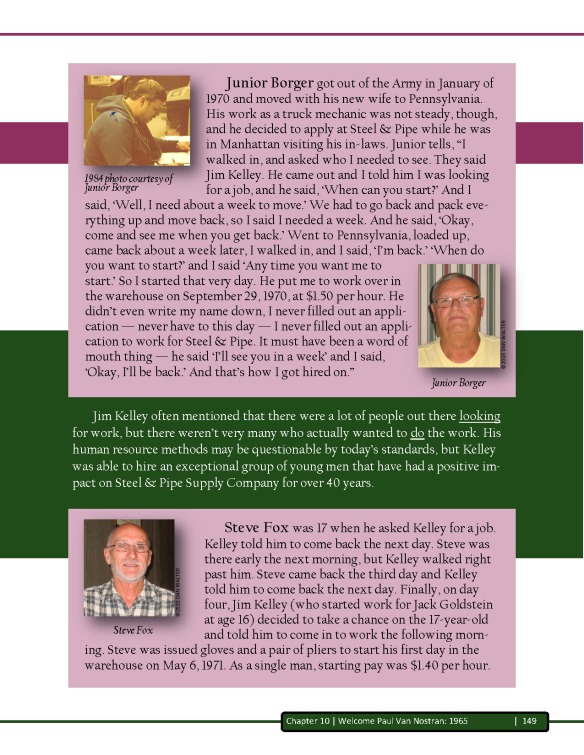
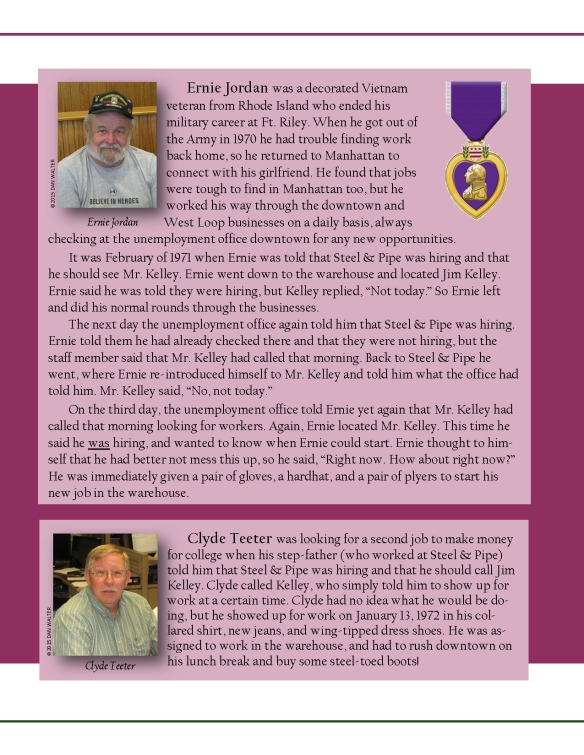
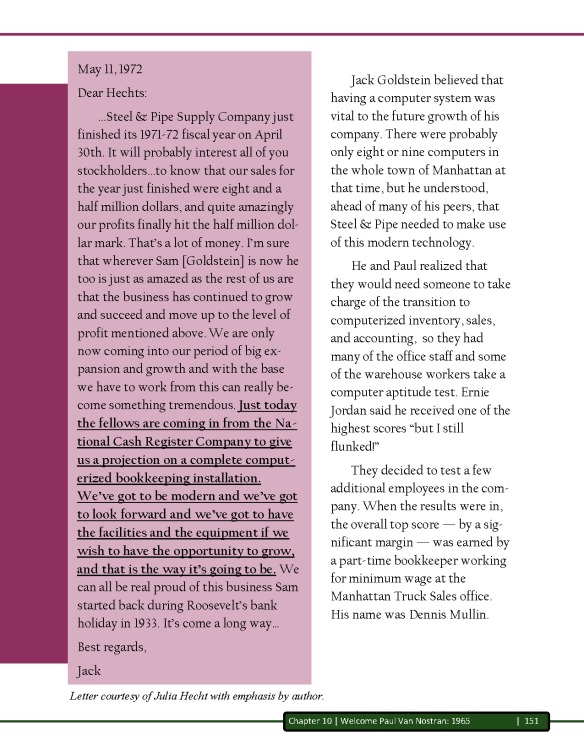
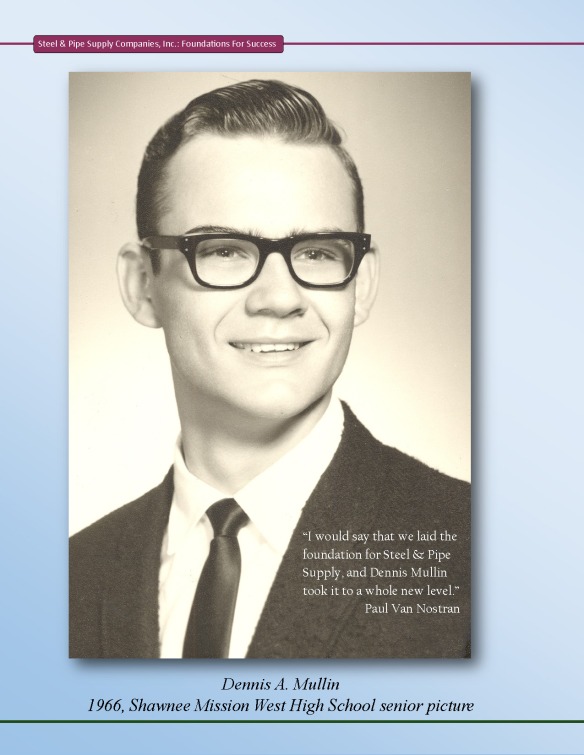
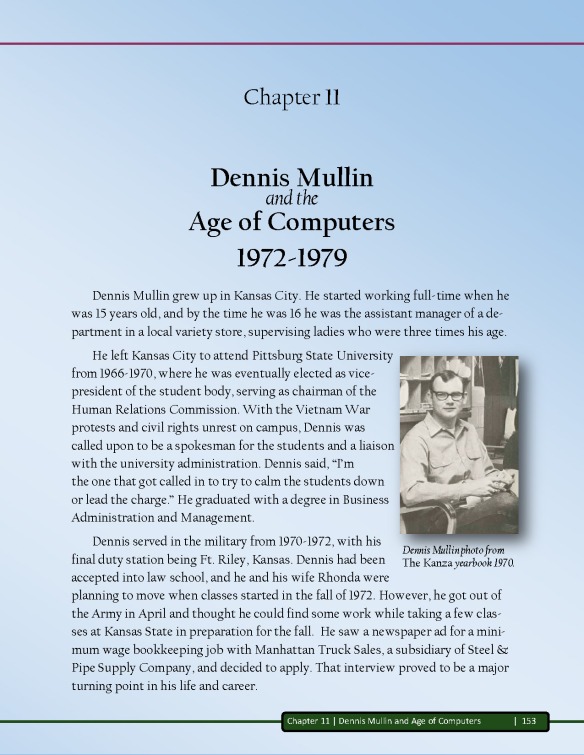
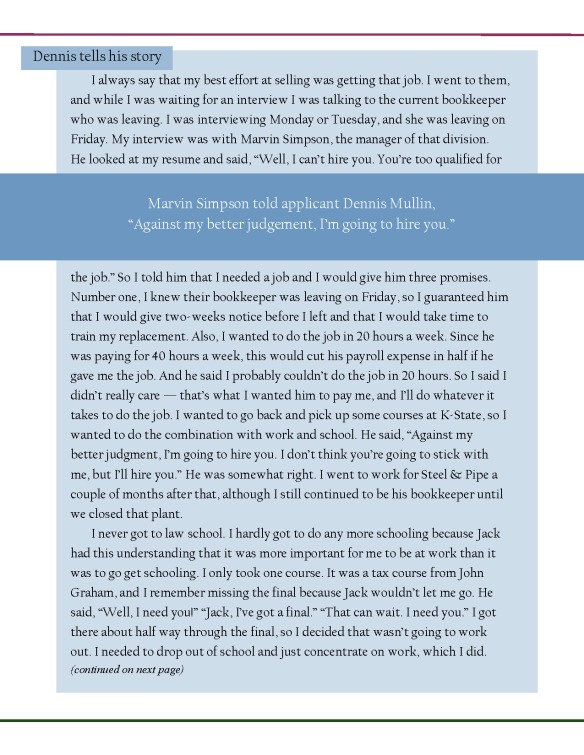
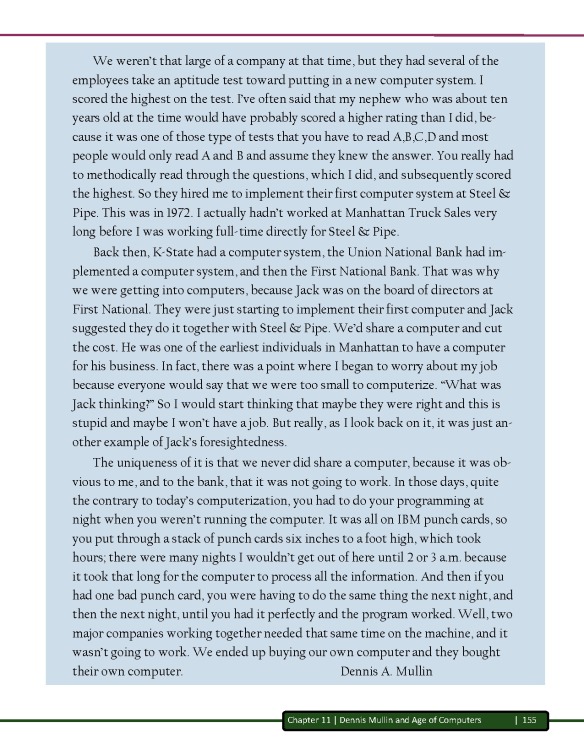
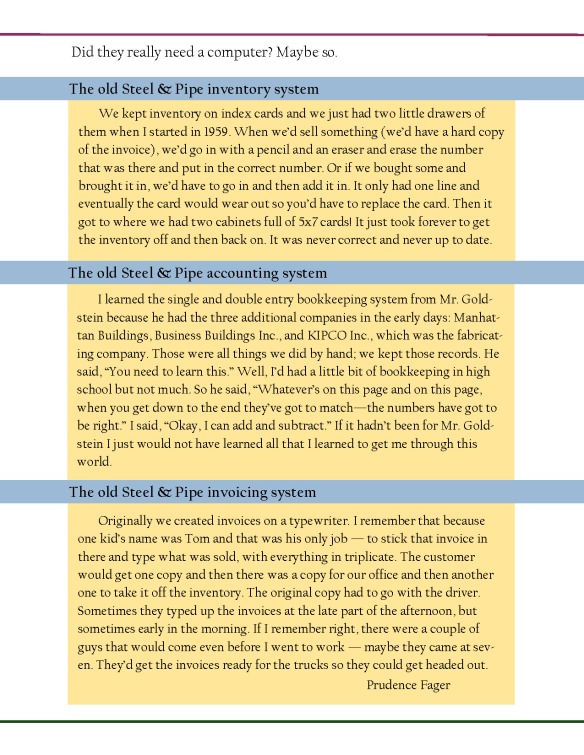
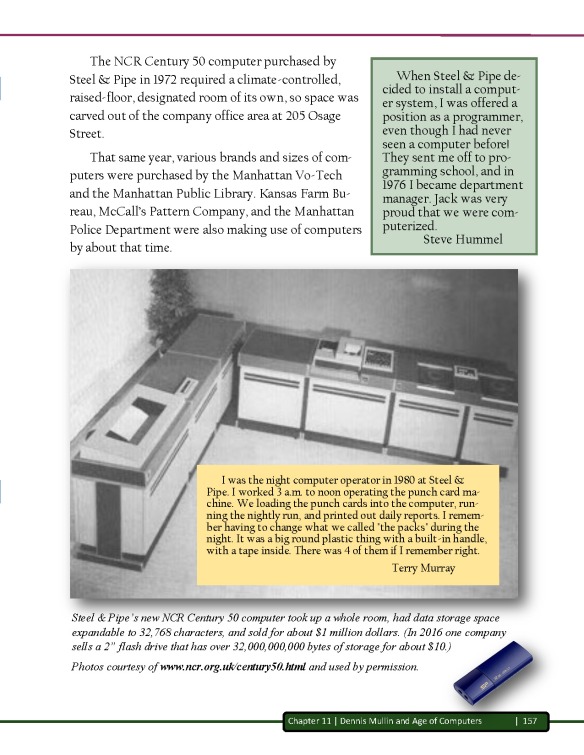
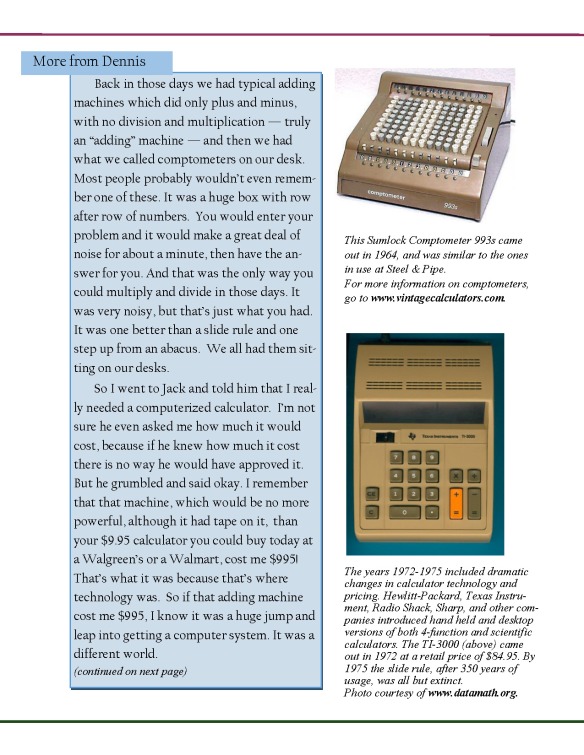
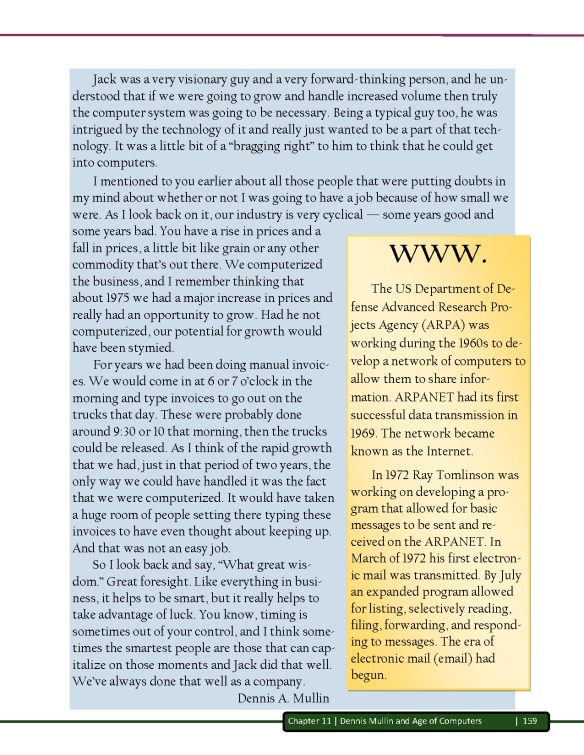
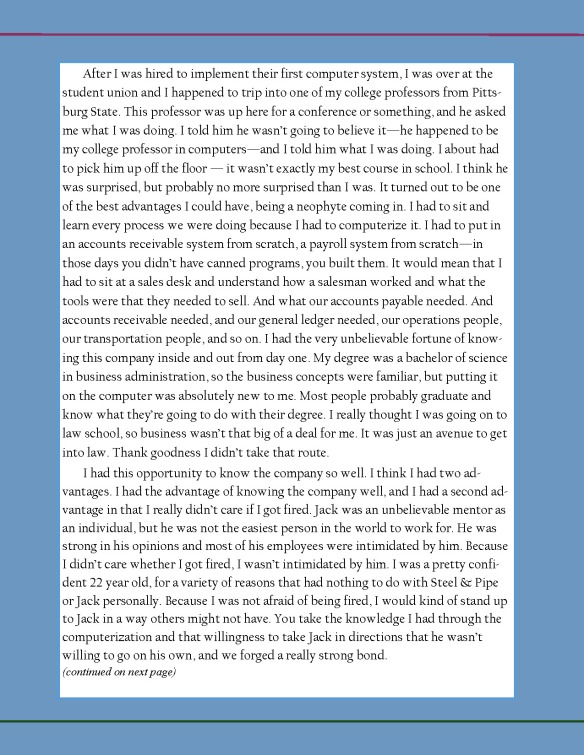
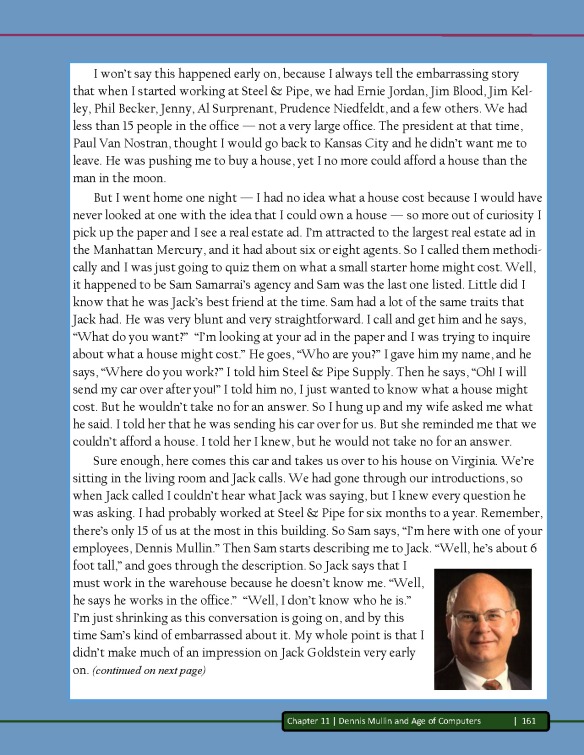
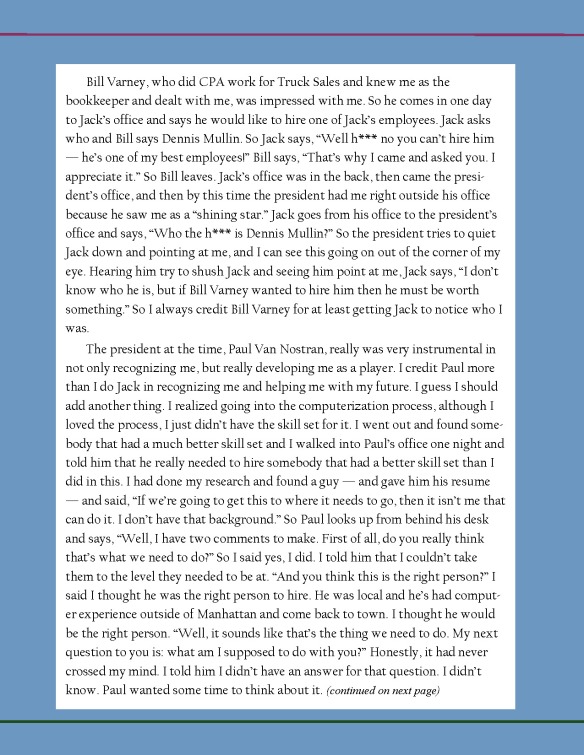
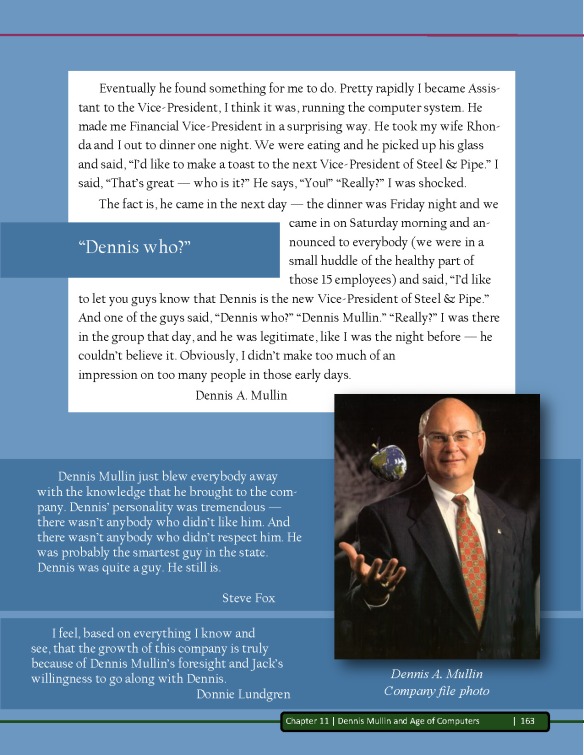
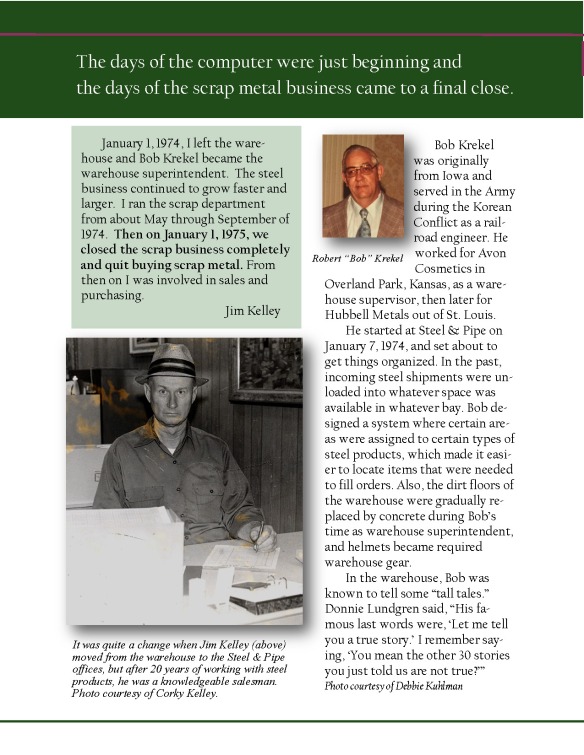
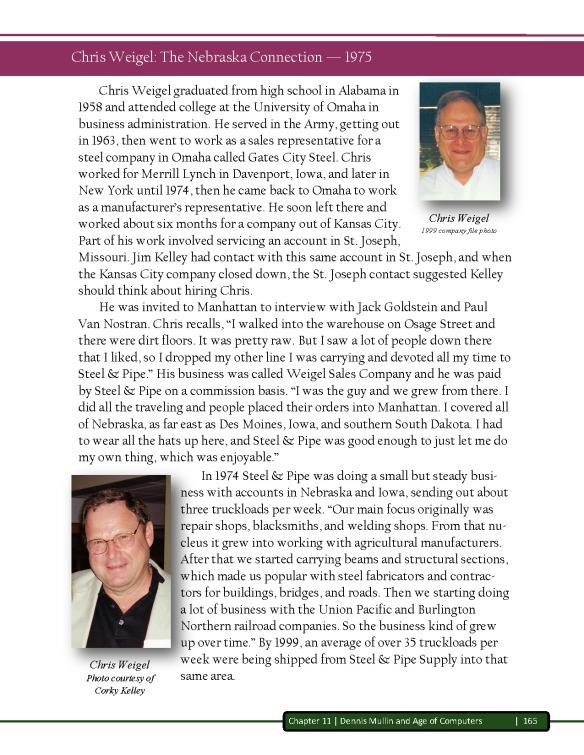
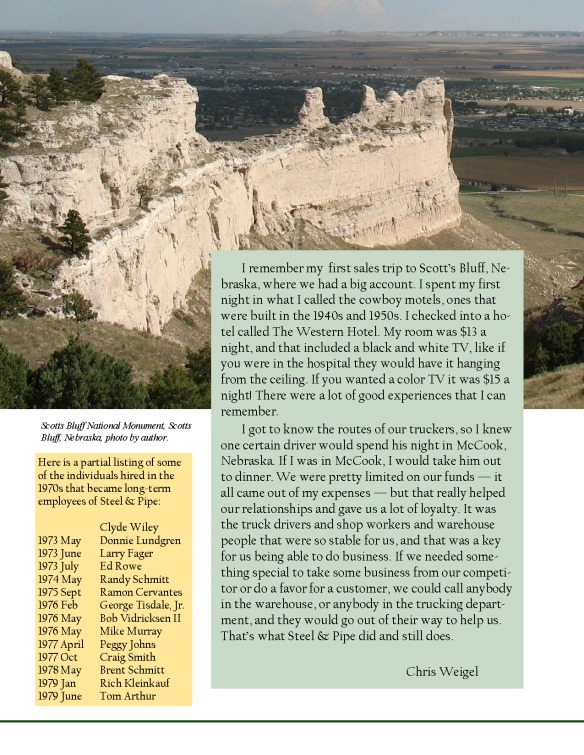
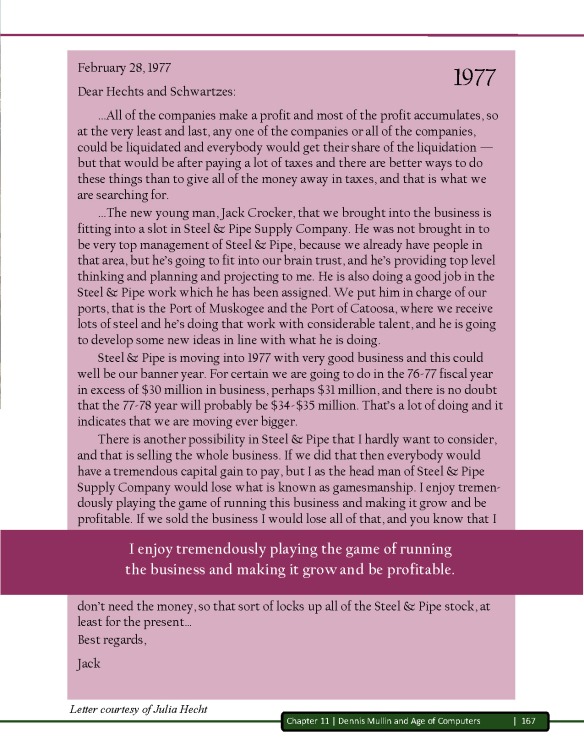
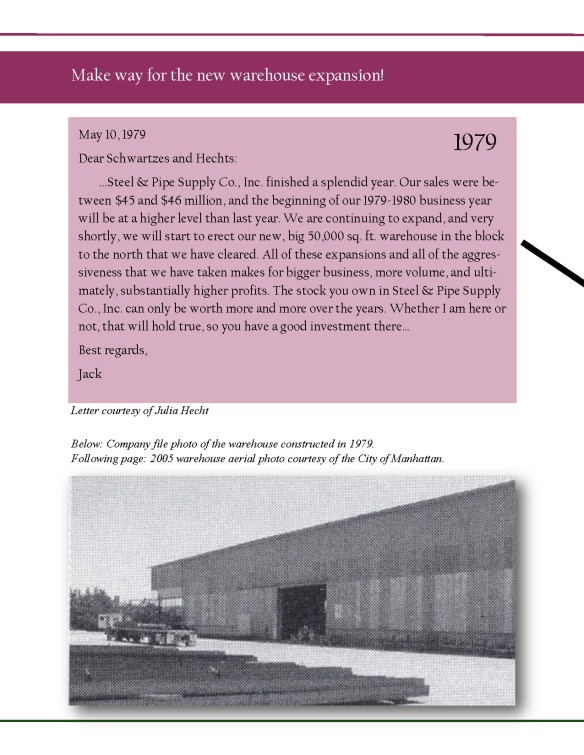
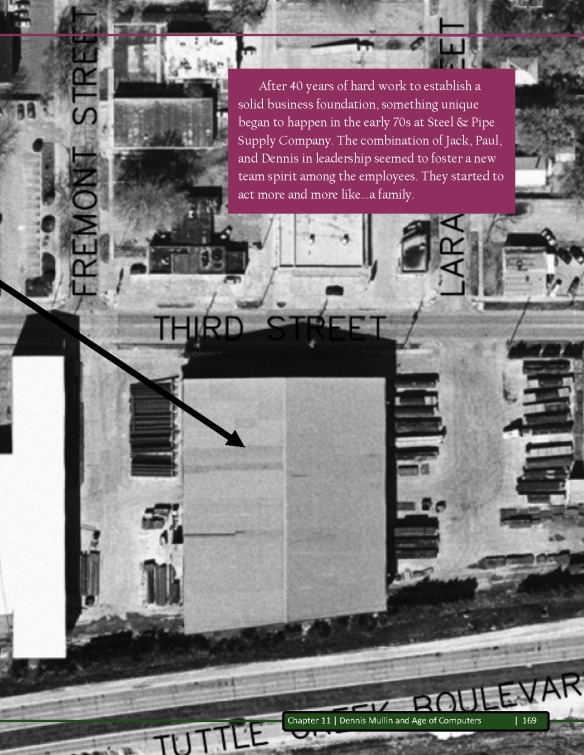

Steel and Pipe Supply Companies, Inc. – Section 1

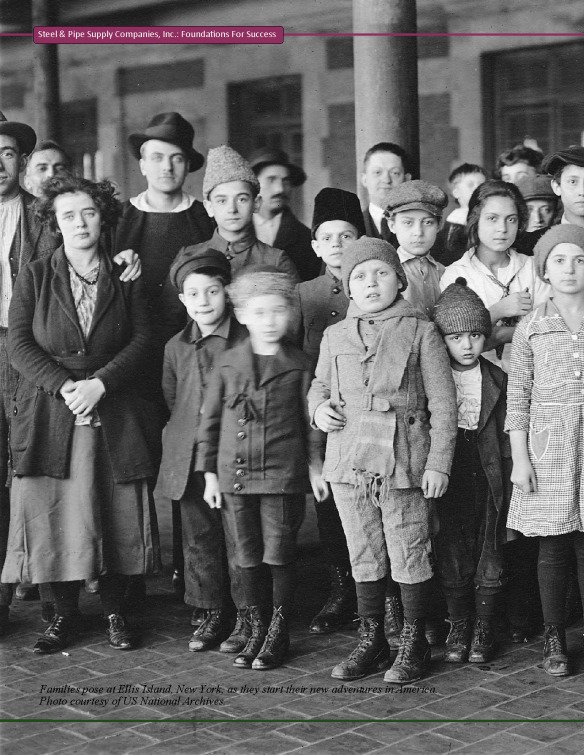
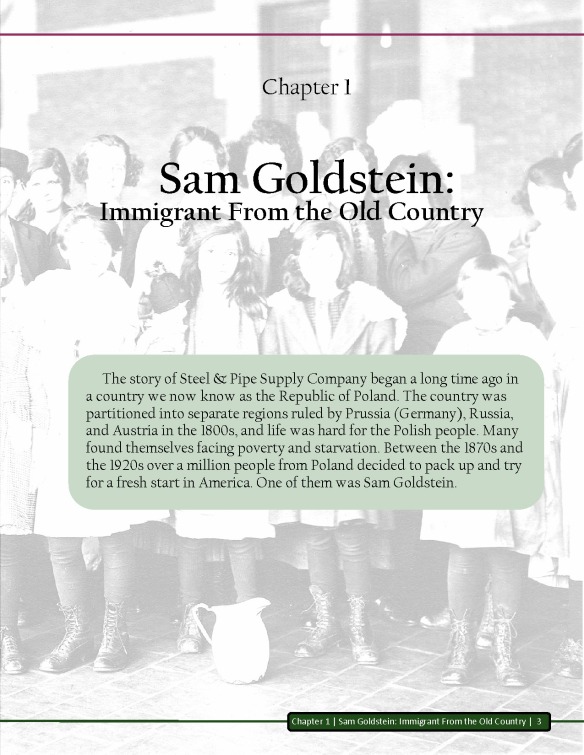
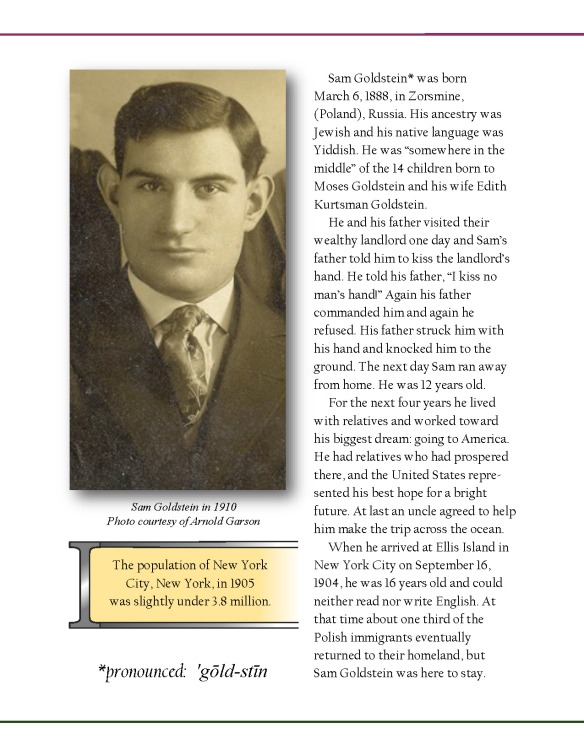
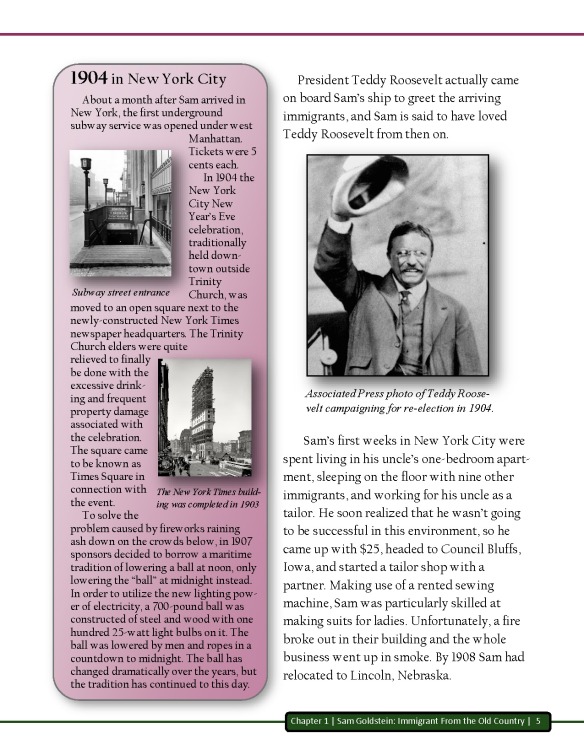
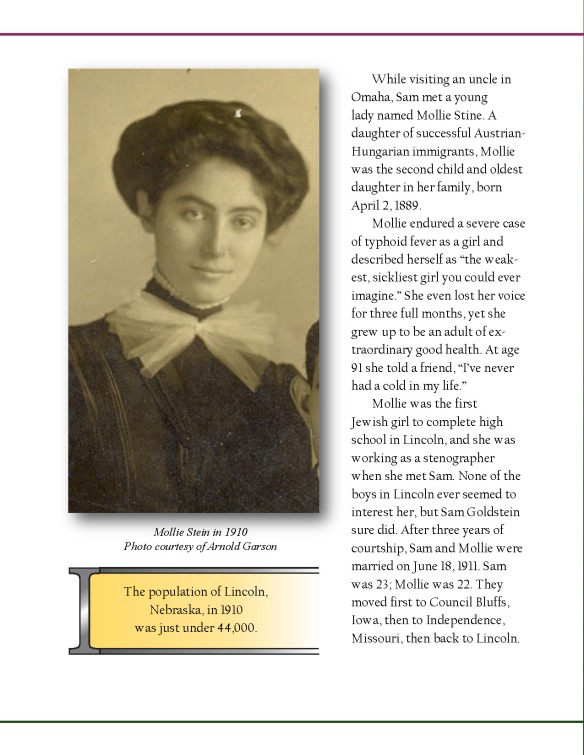
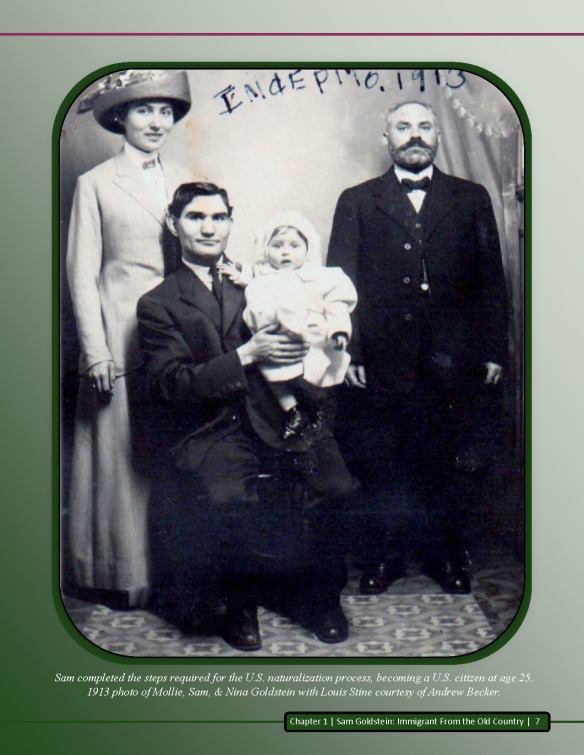
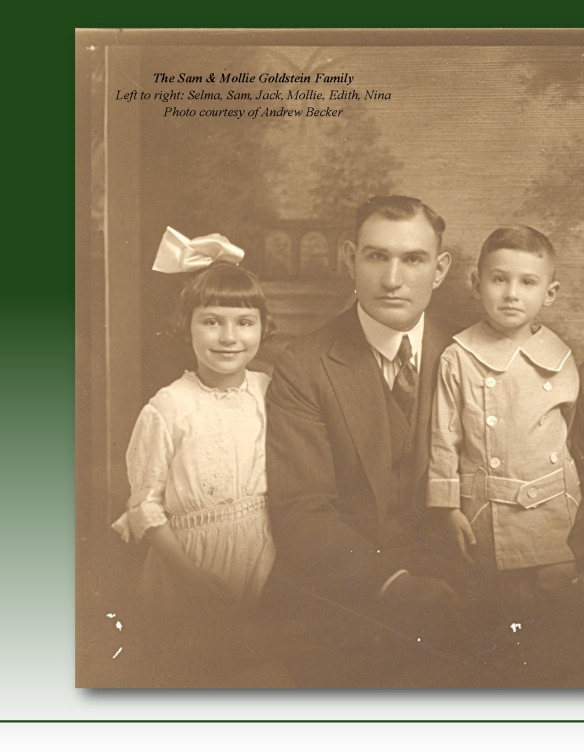
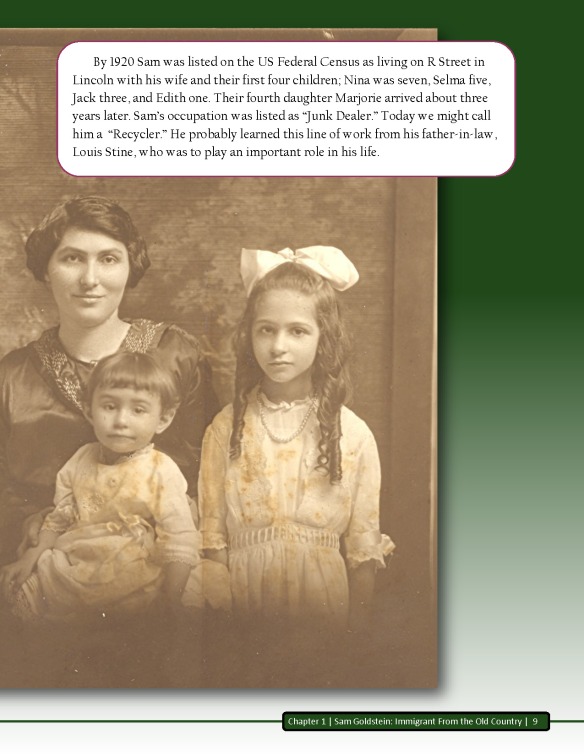
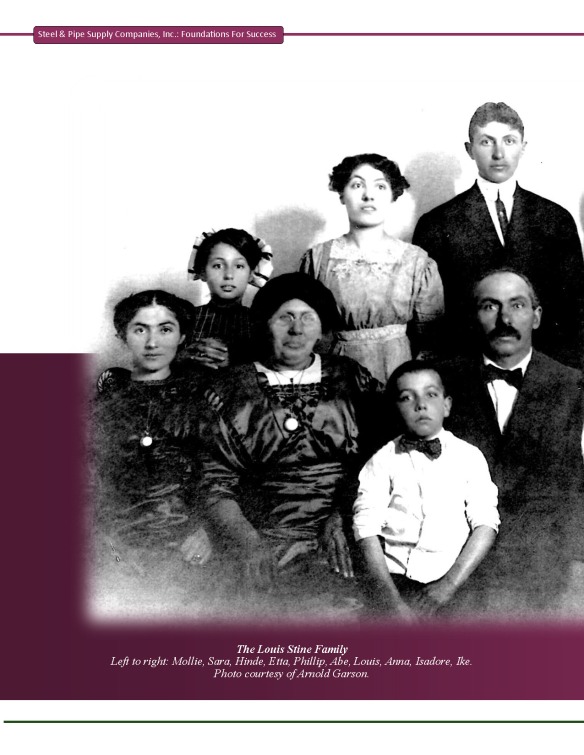
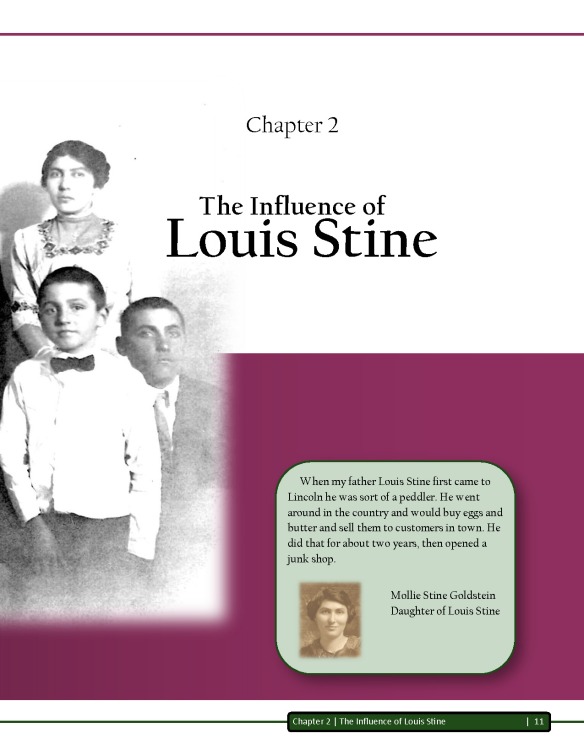
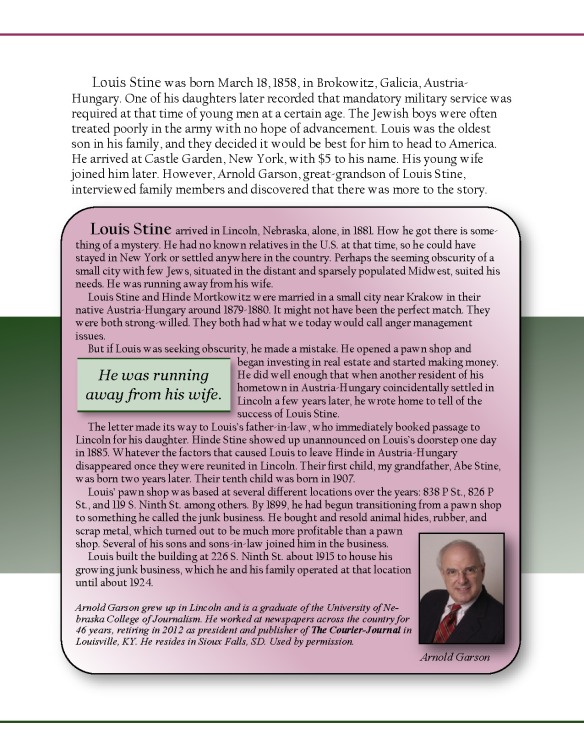
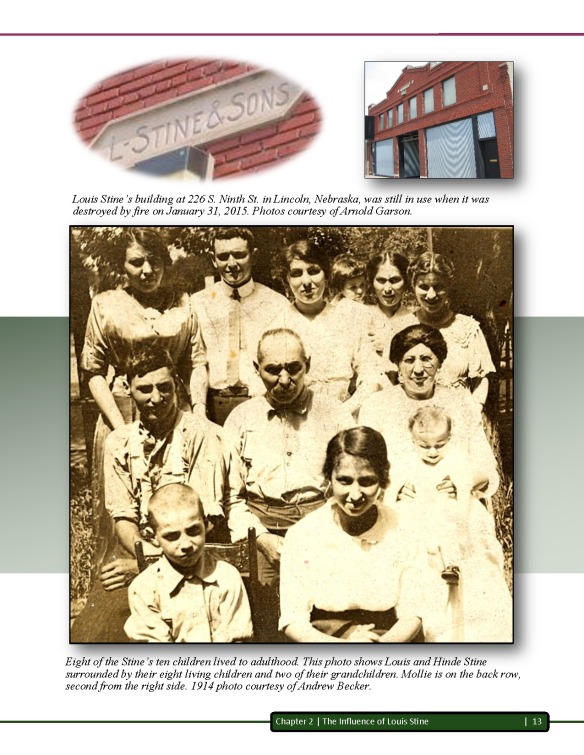
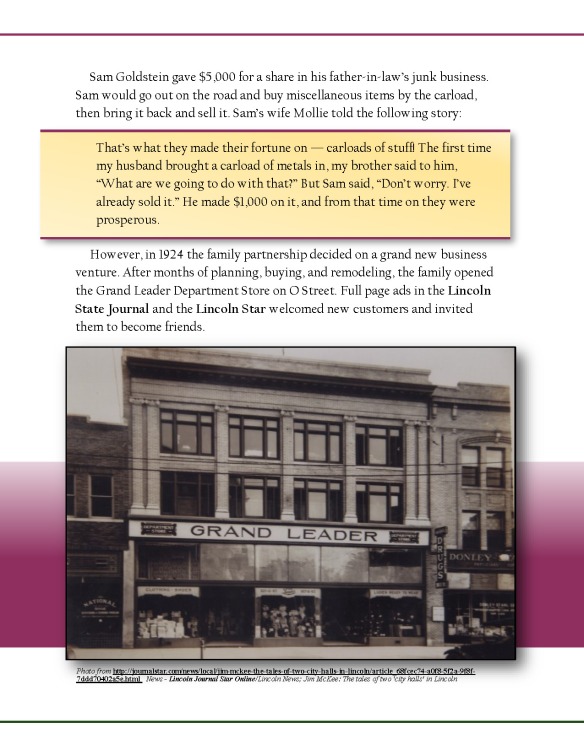
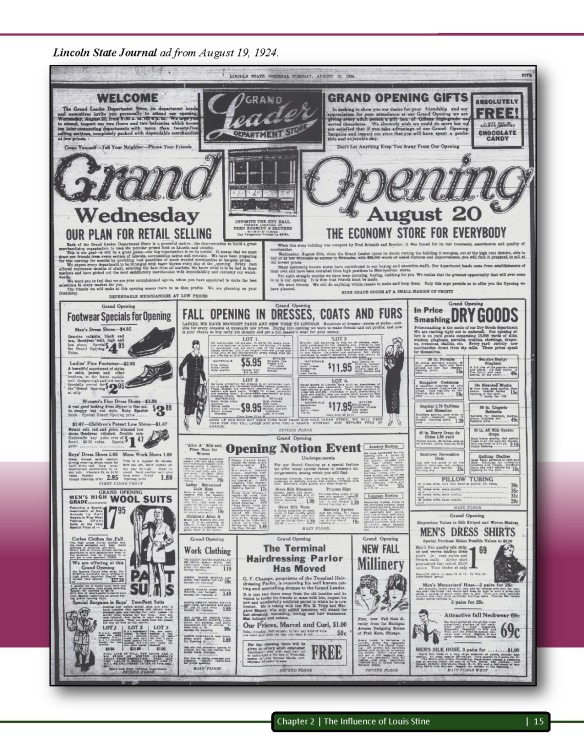
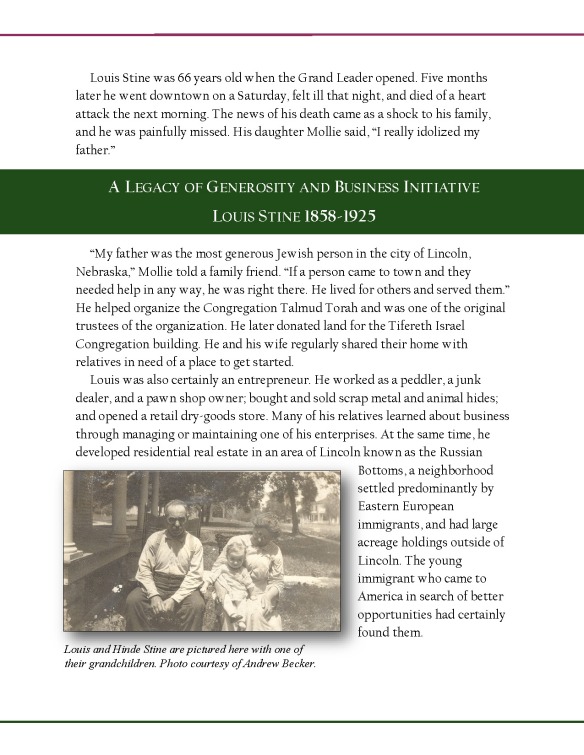
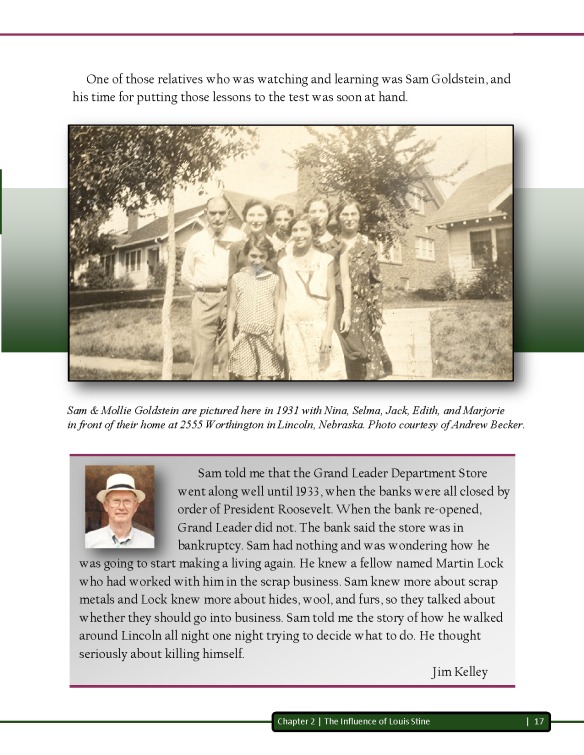
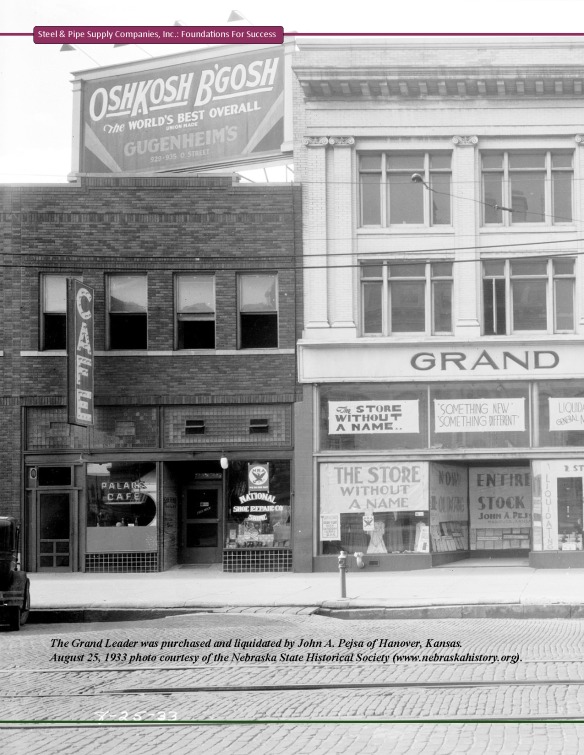
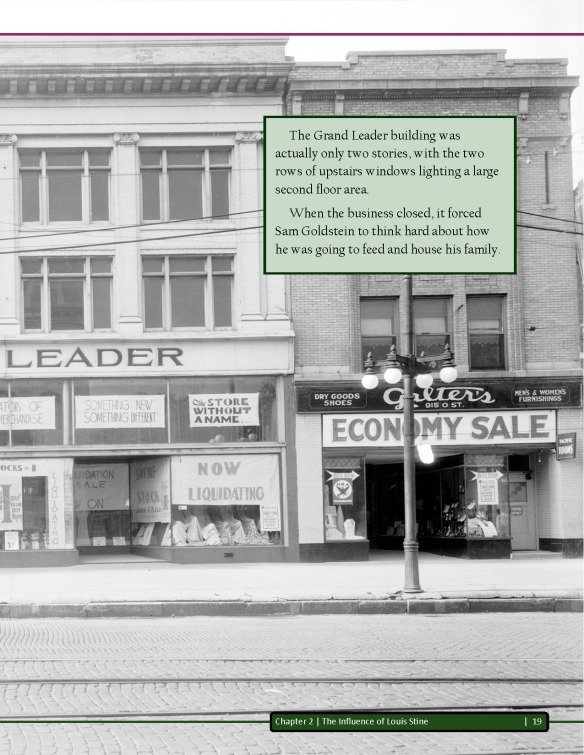
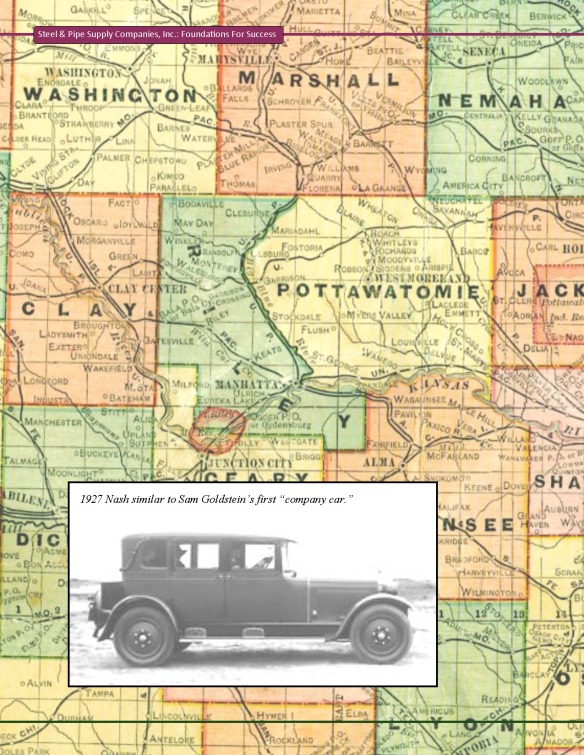
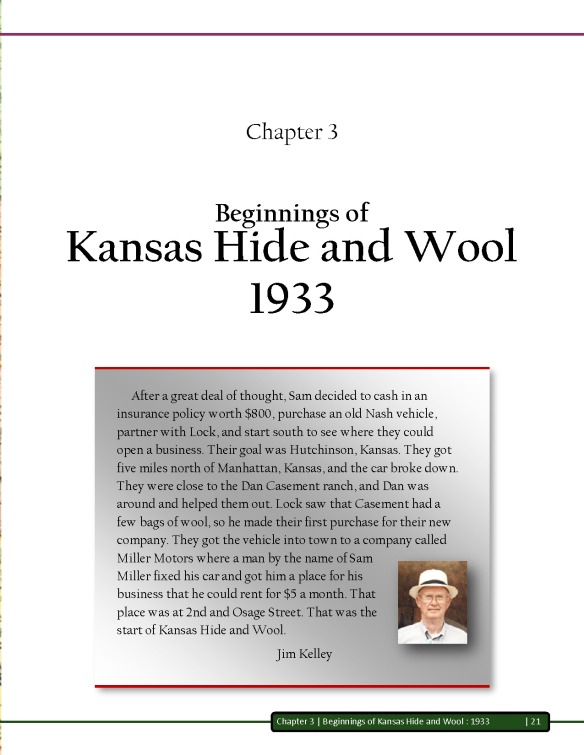
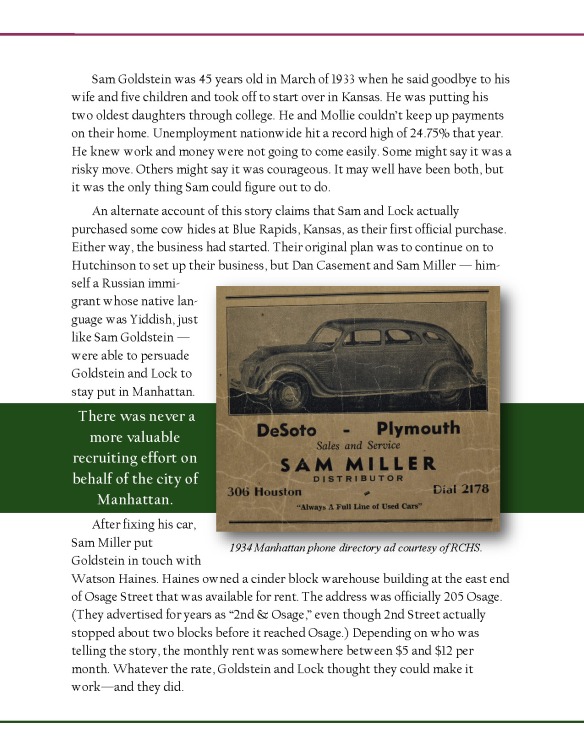
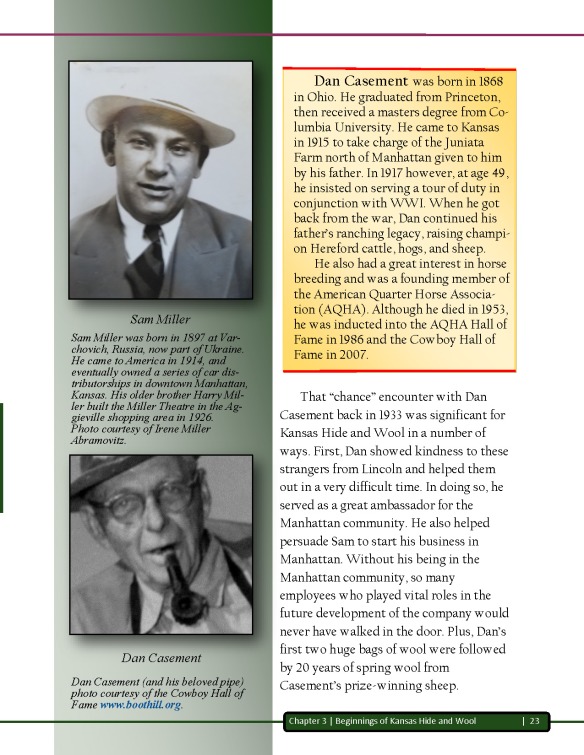
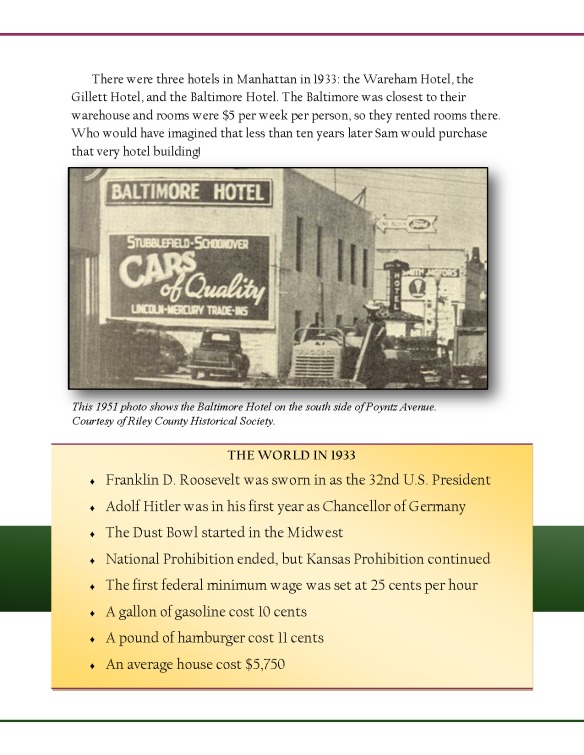
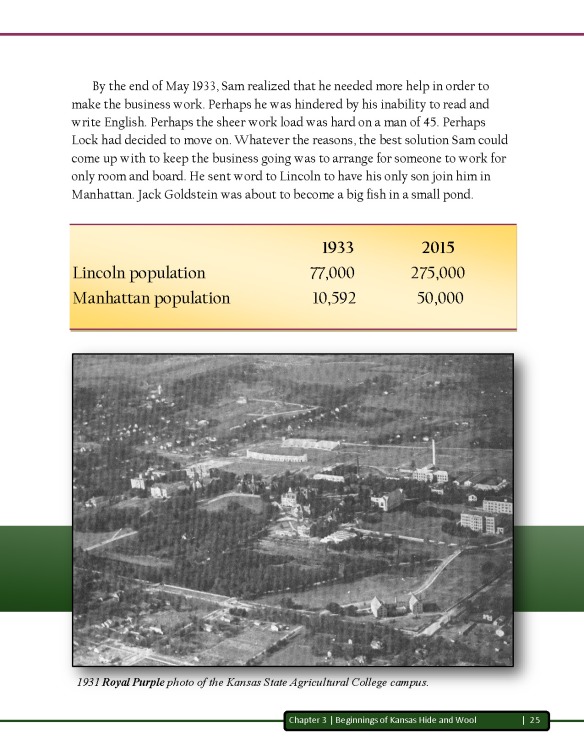
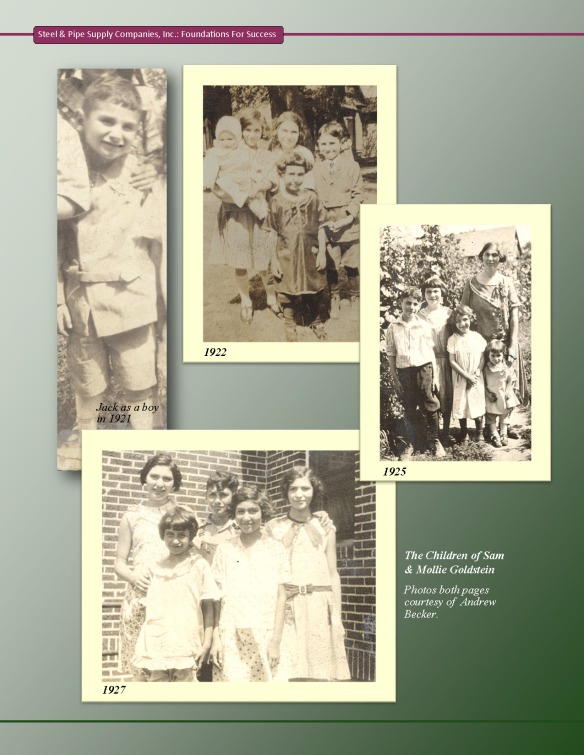
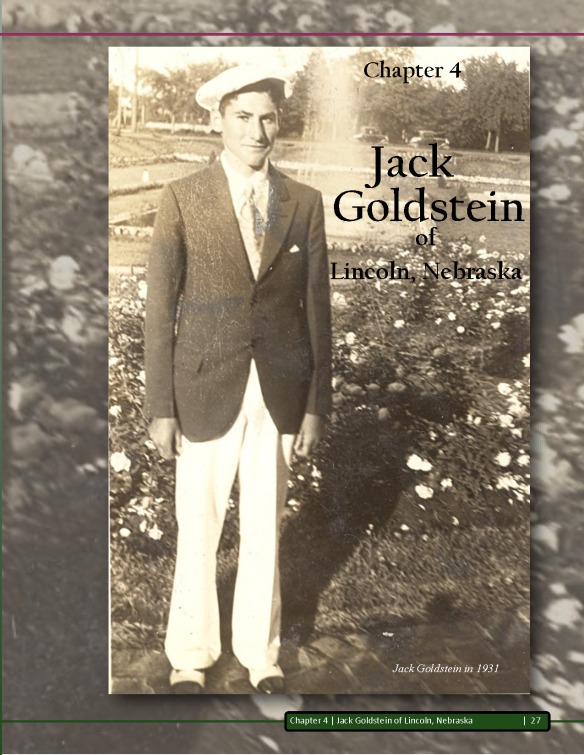
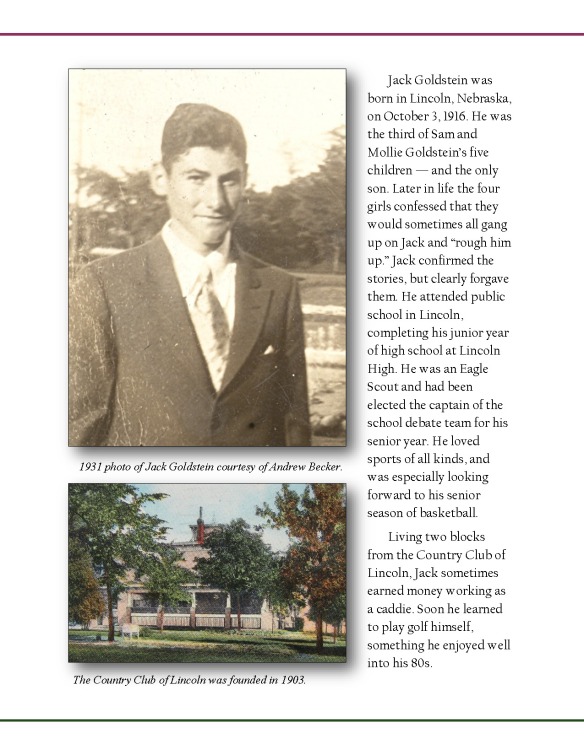
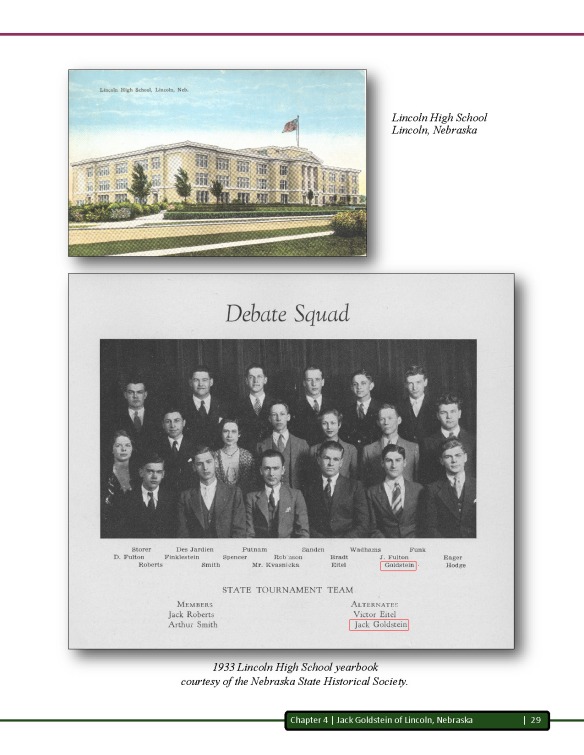
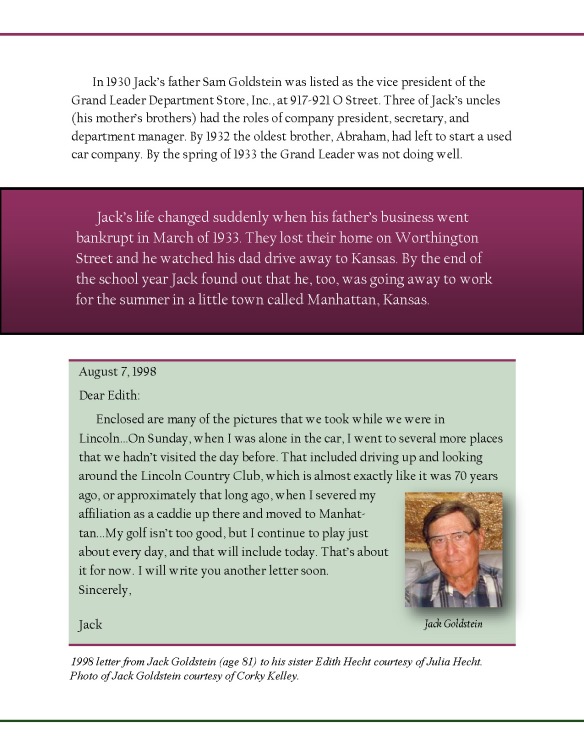
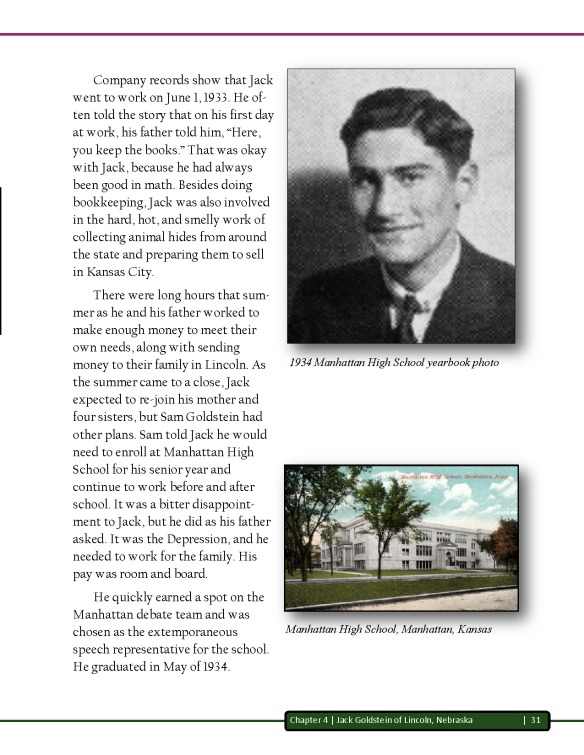
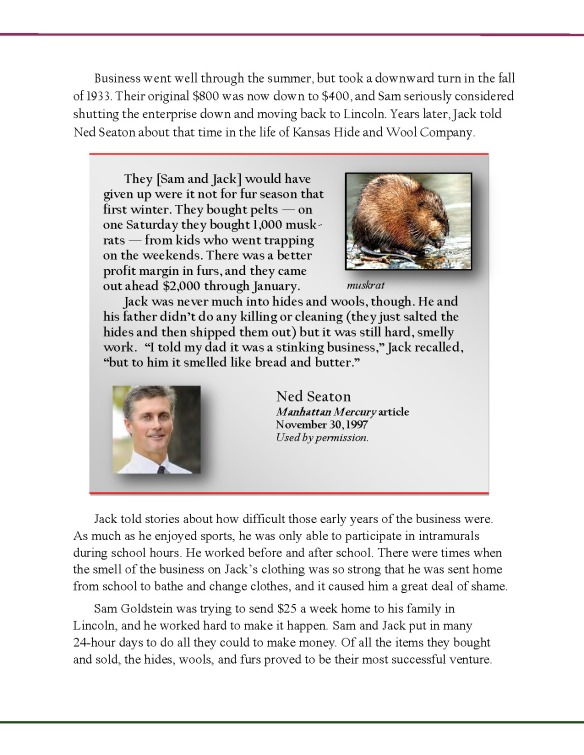
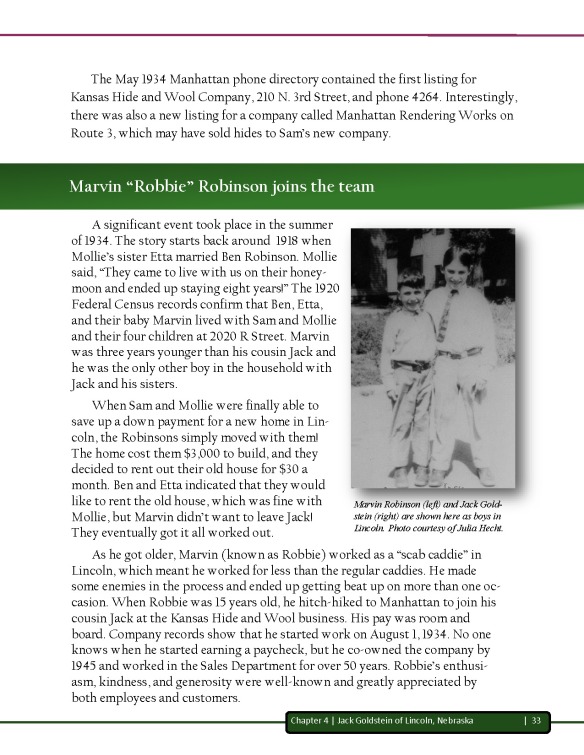
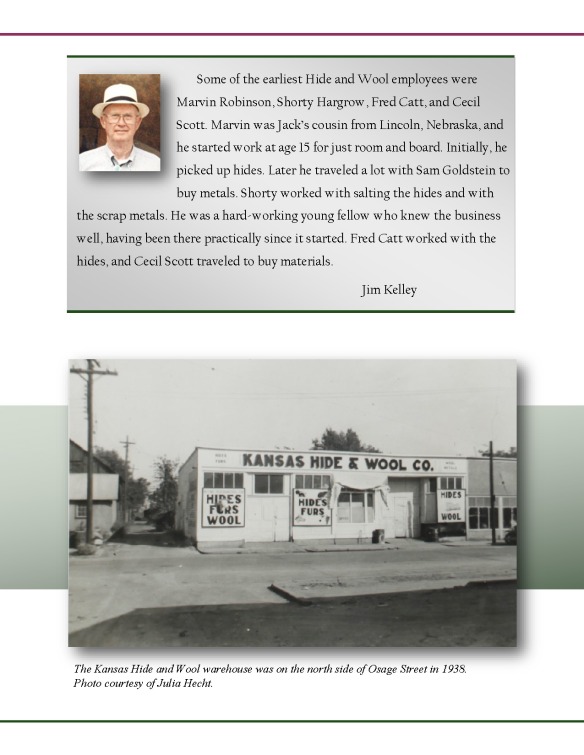
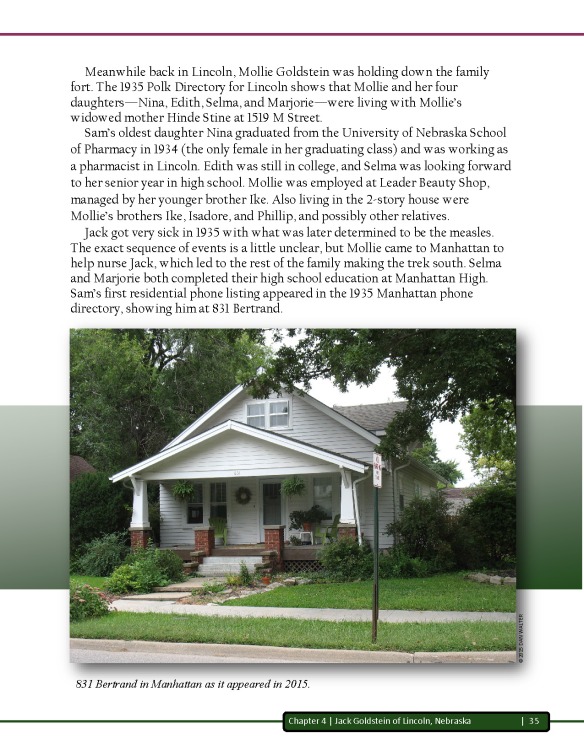
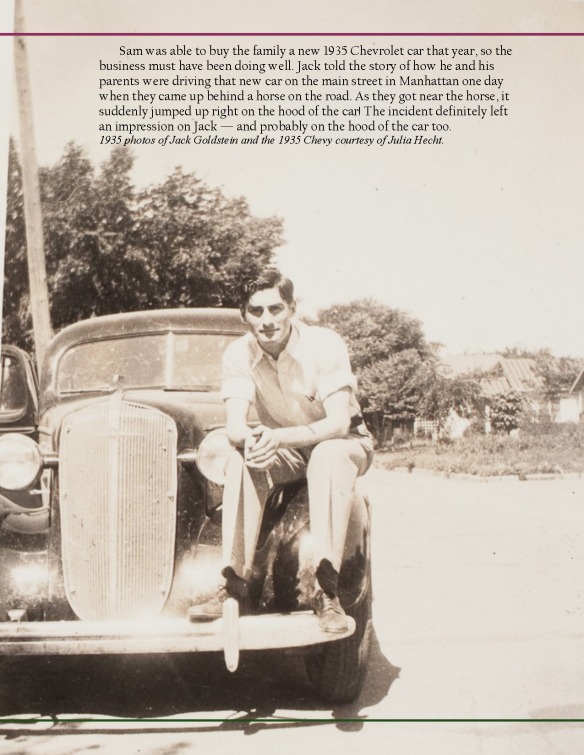
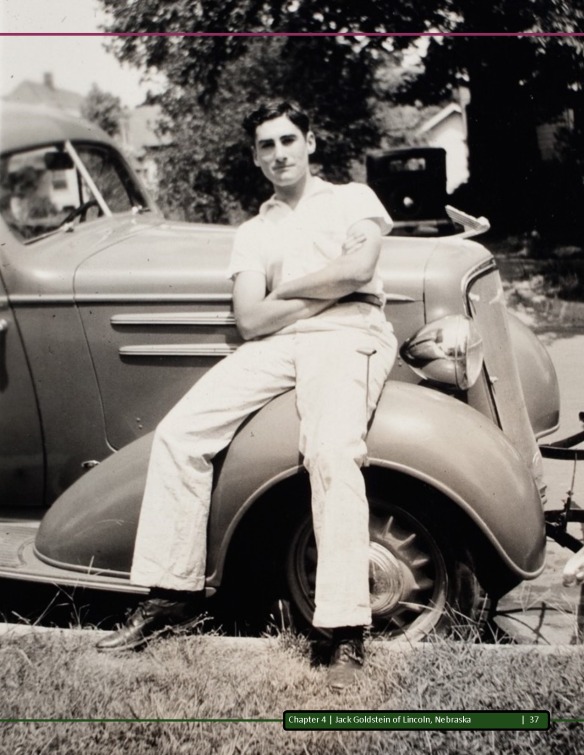
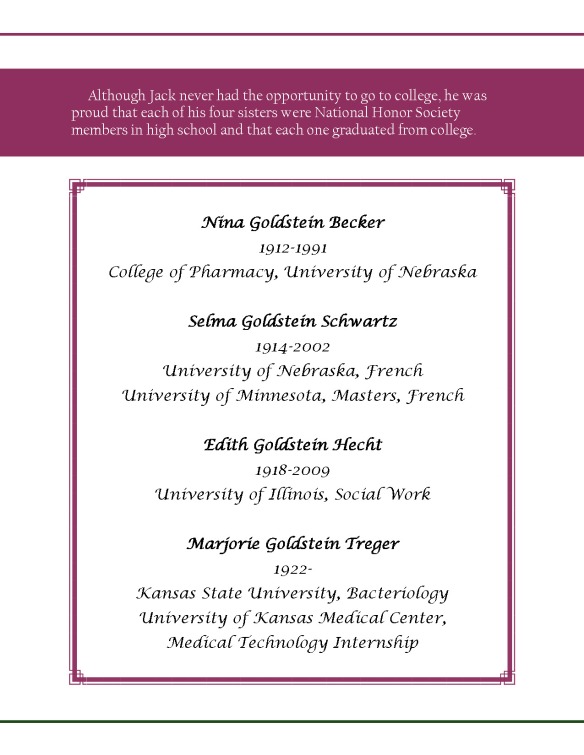
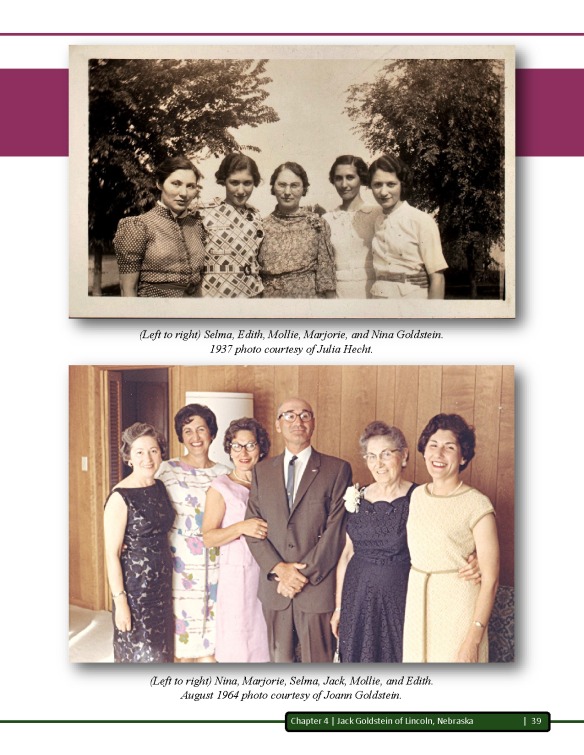
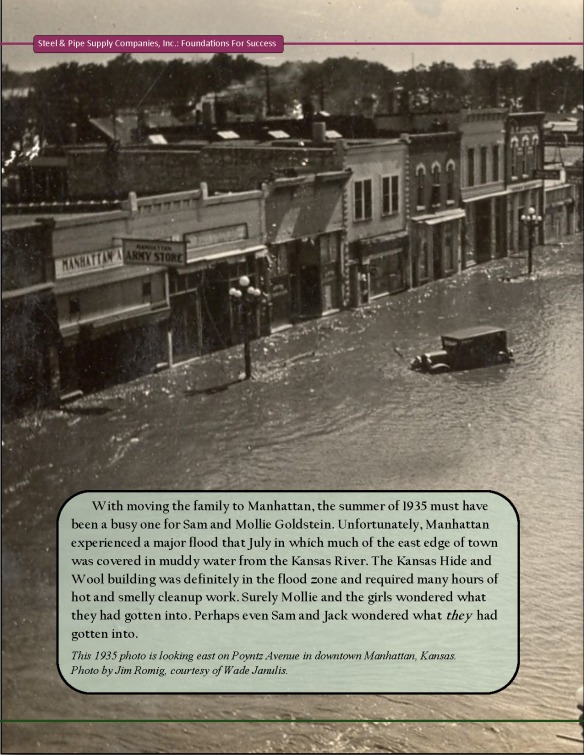
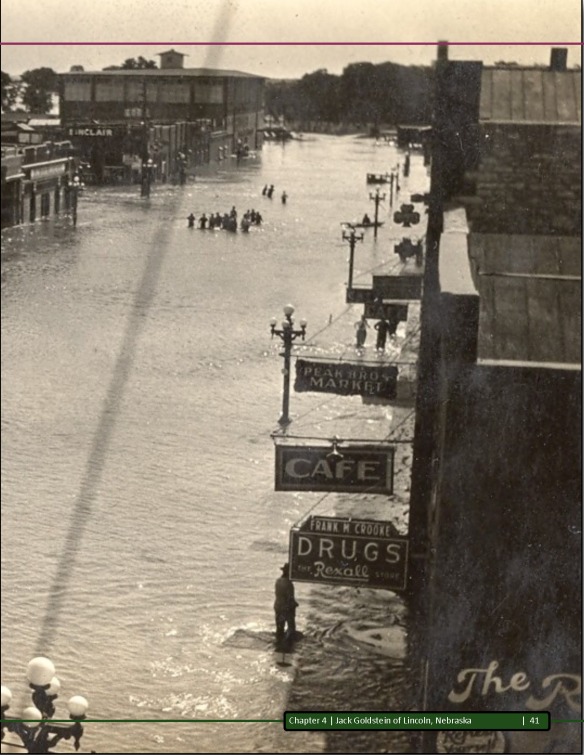
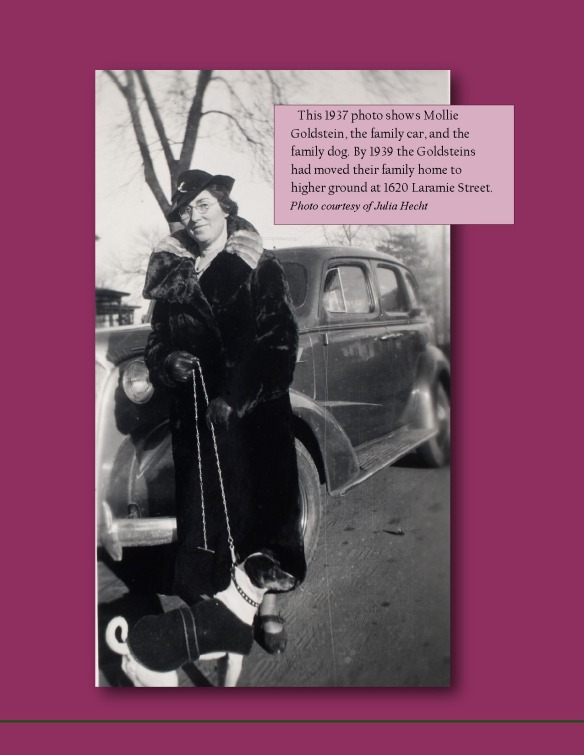
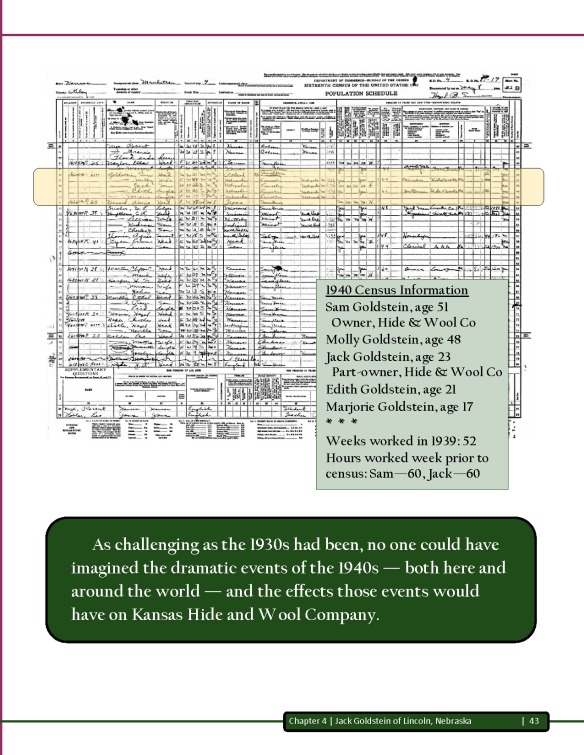
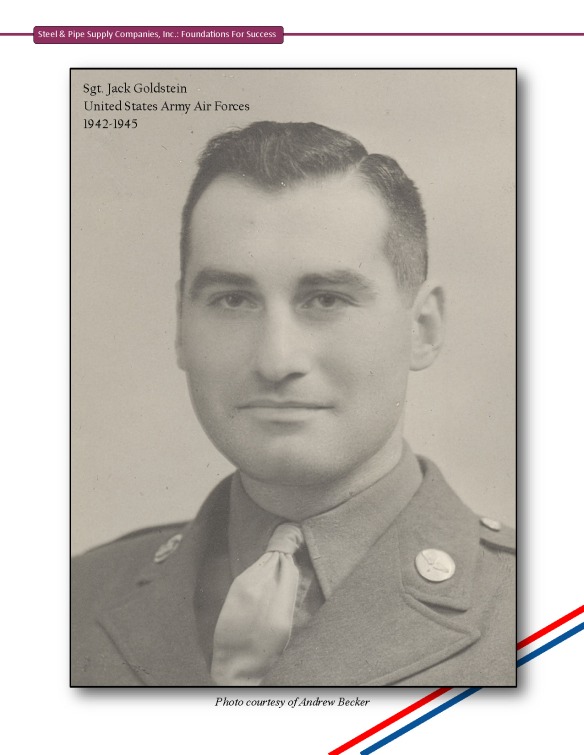

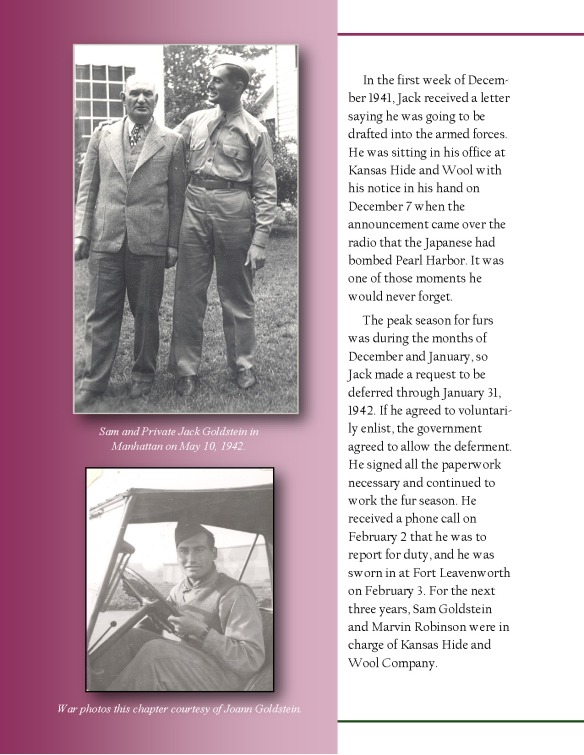
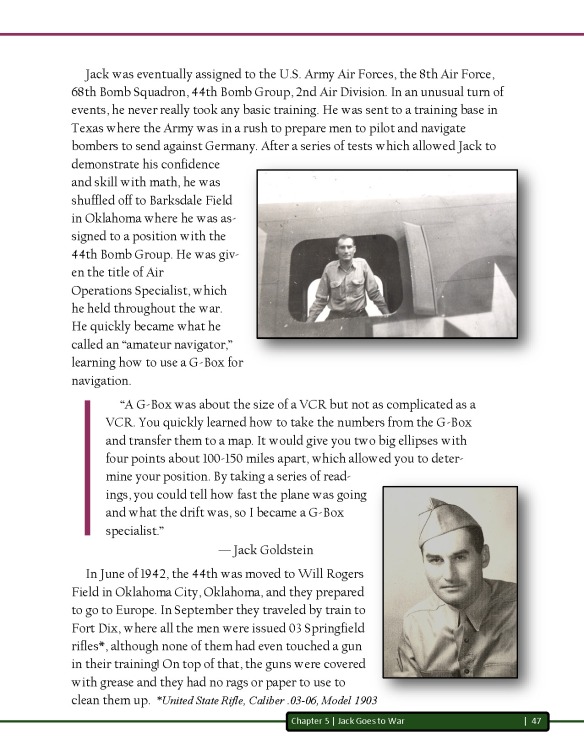
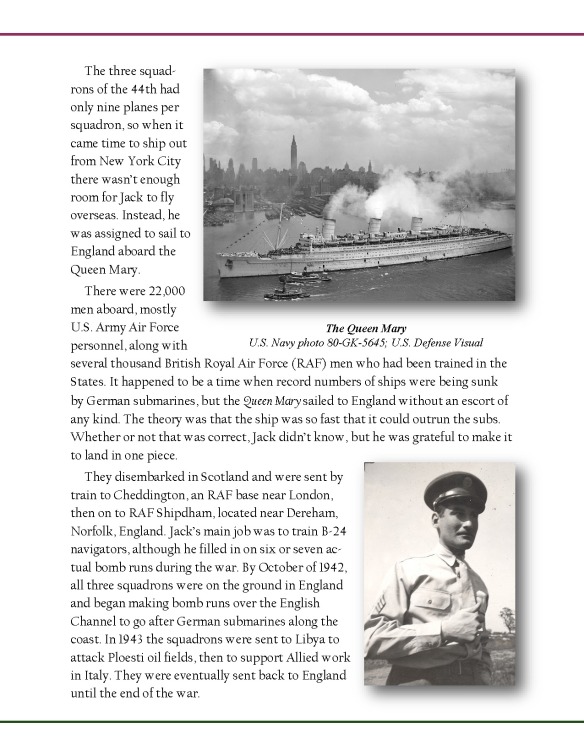
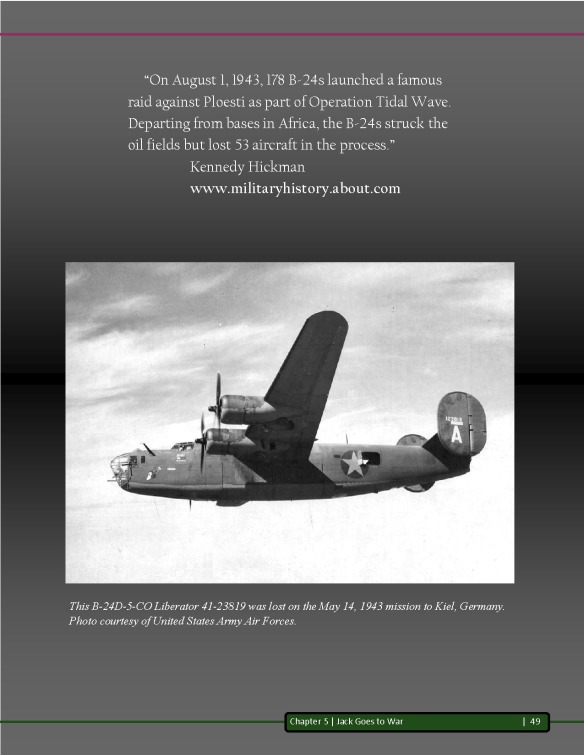
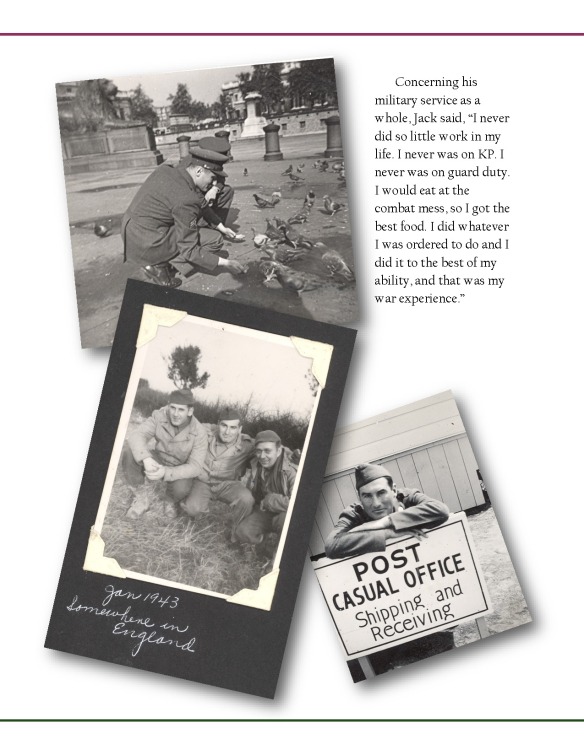
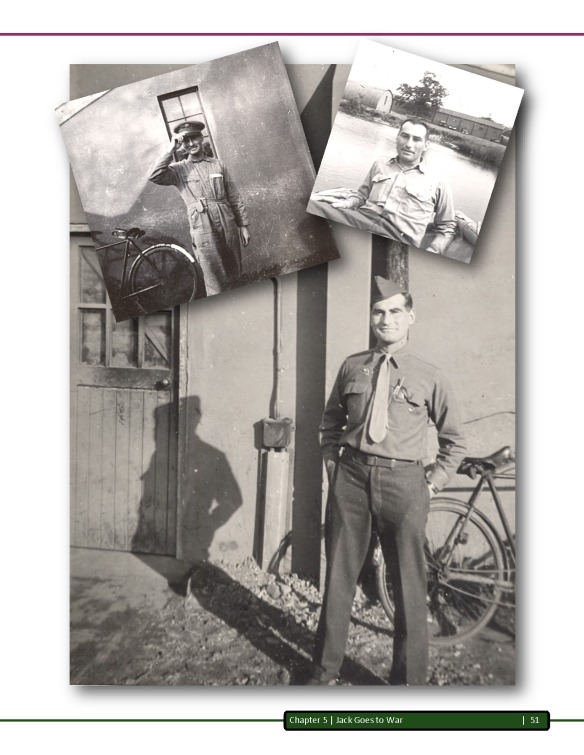
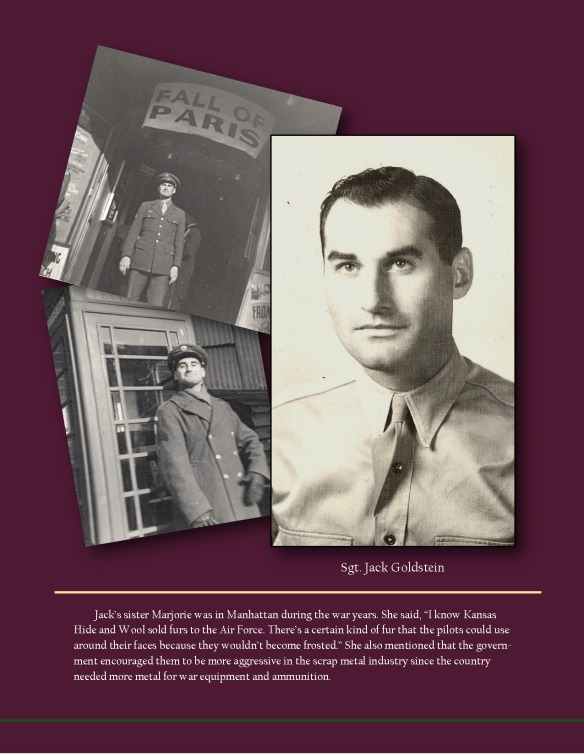
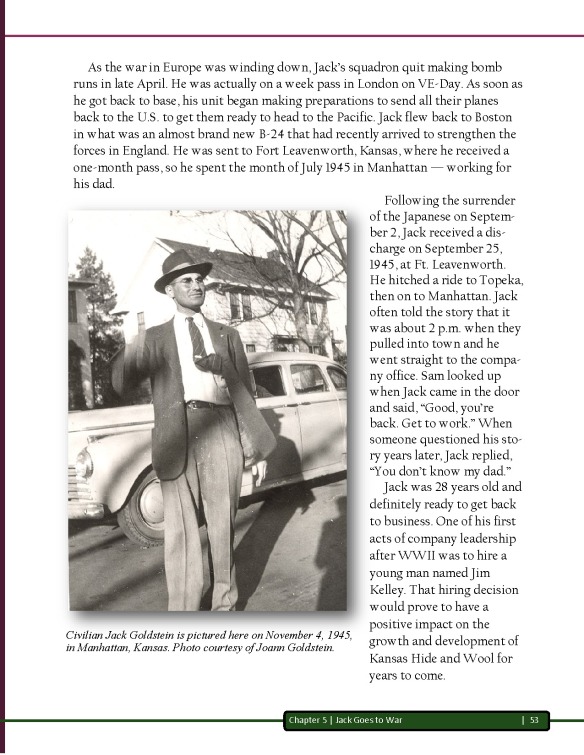
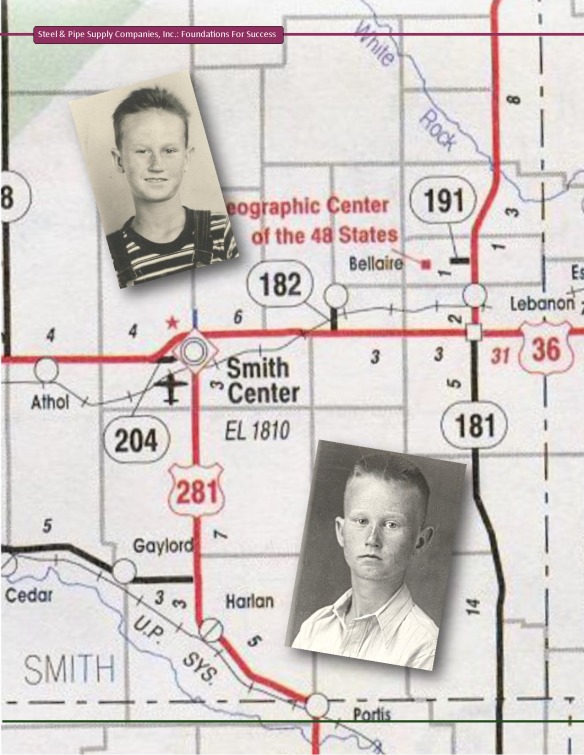
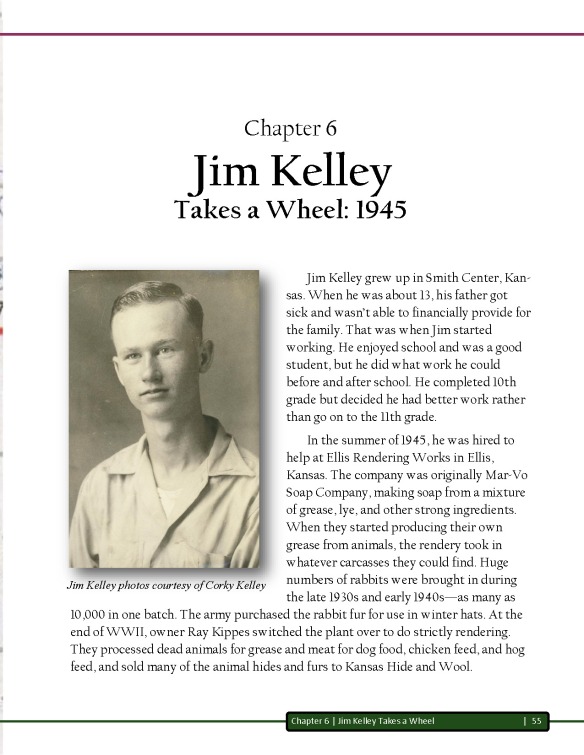
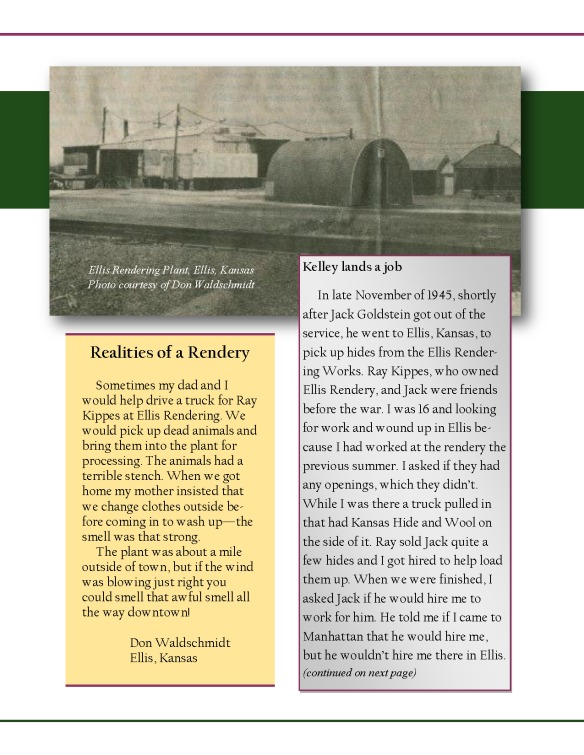
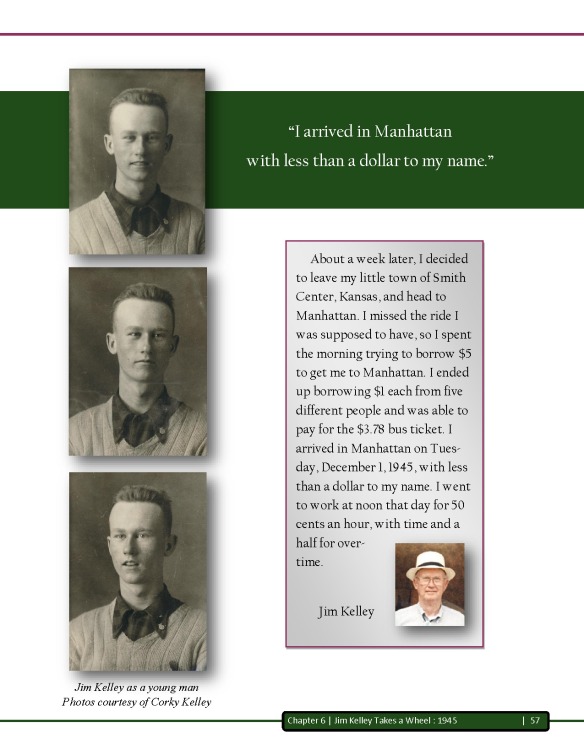
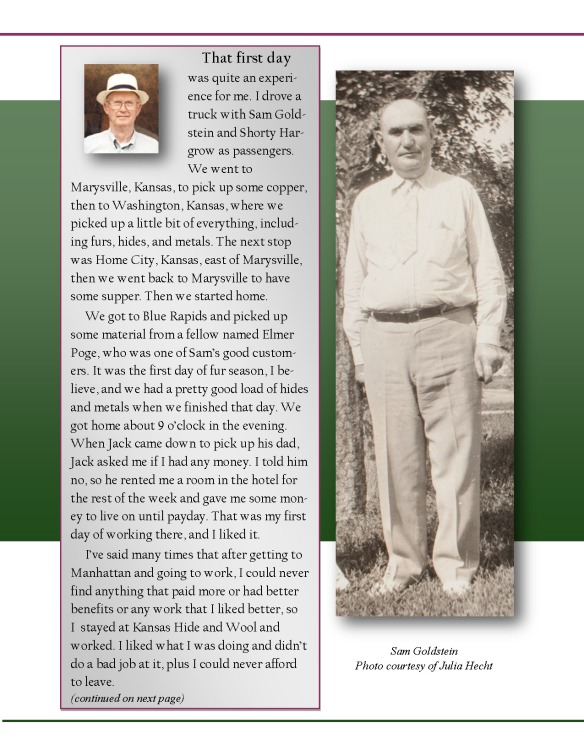
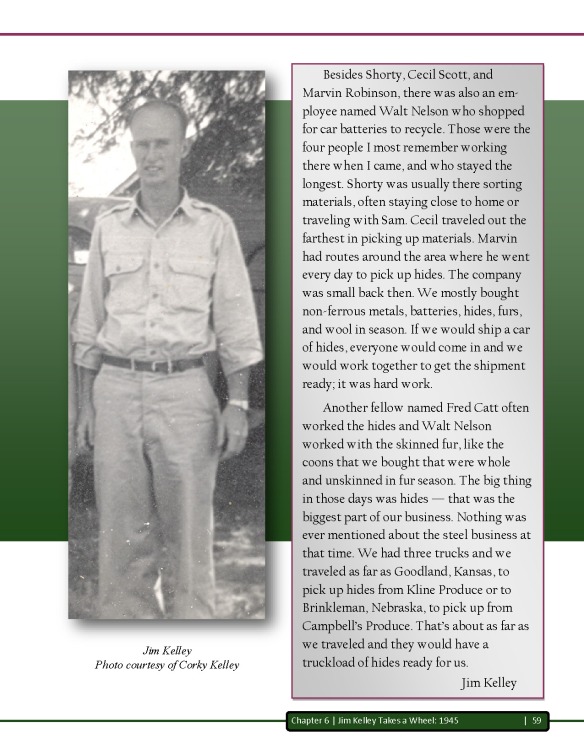
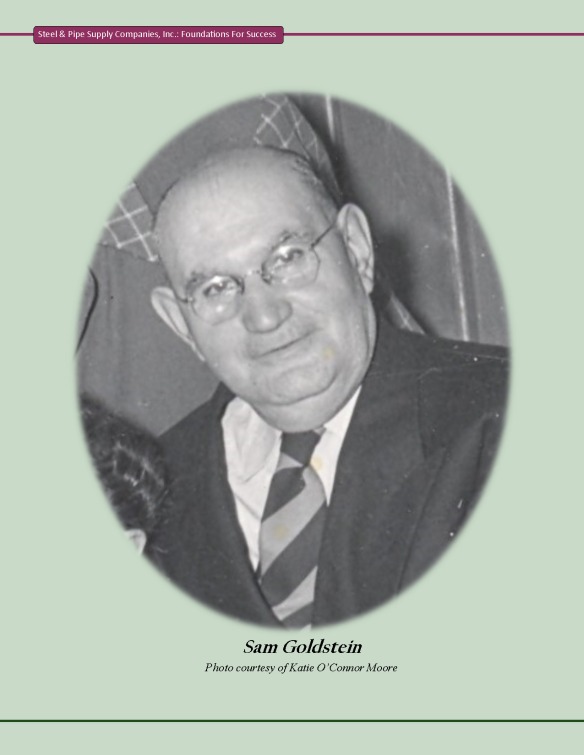
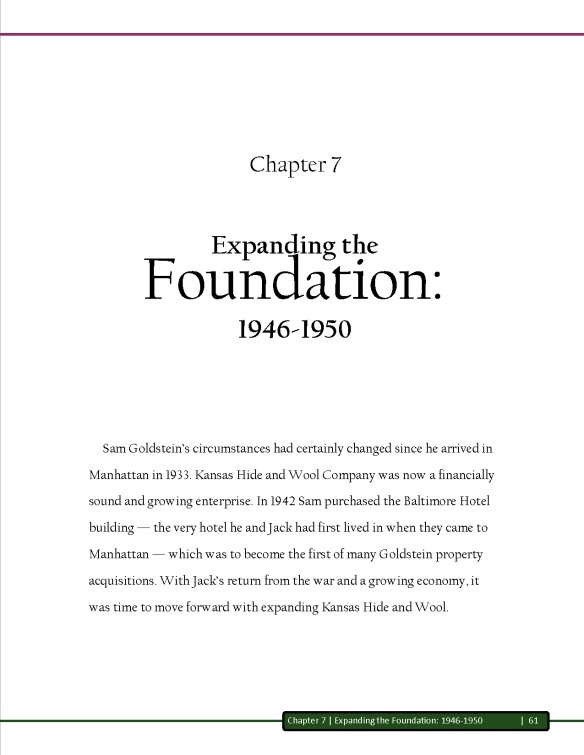
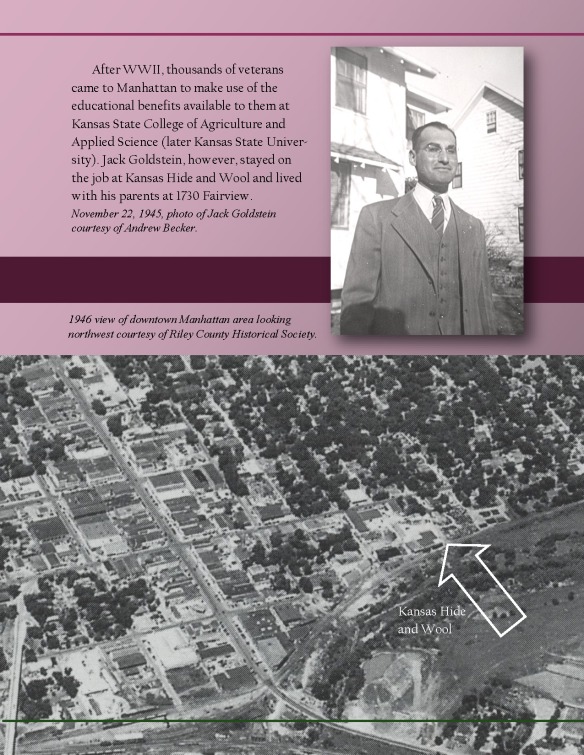
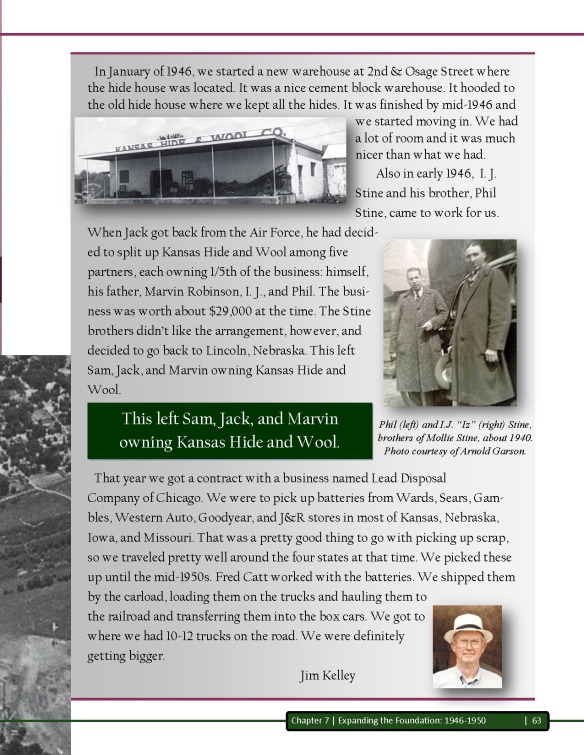
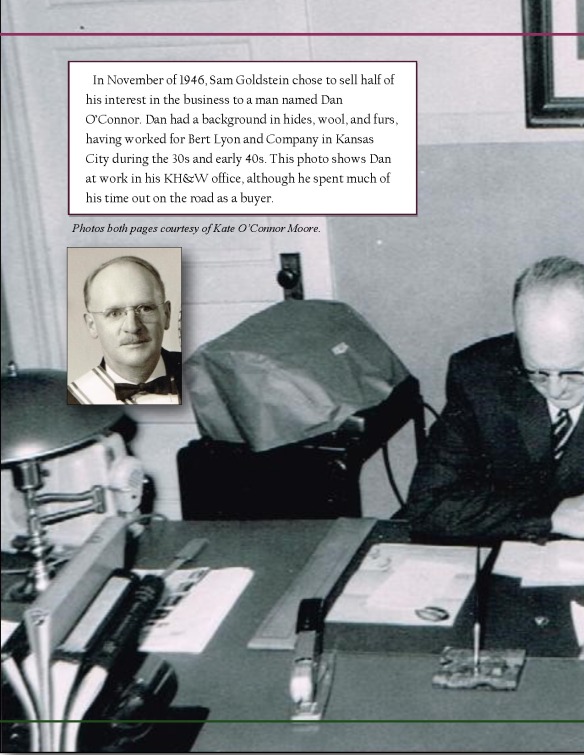
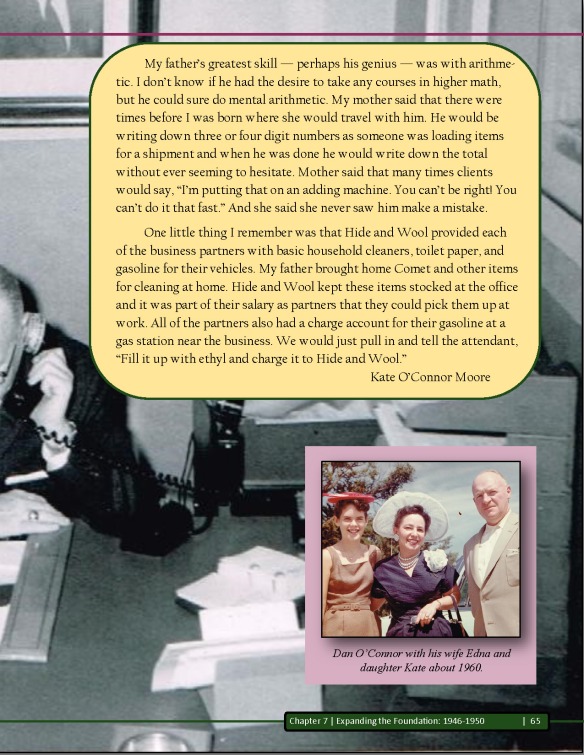
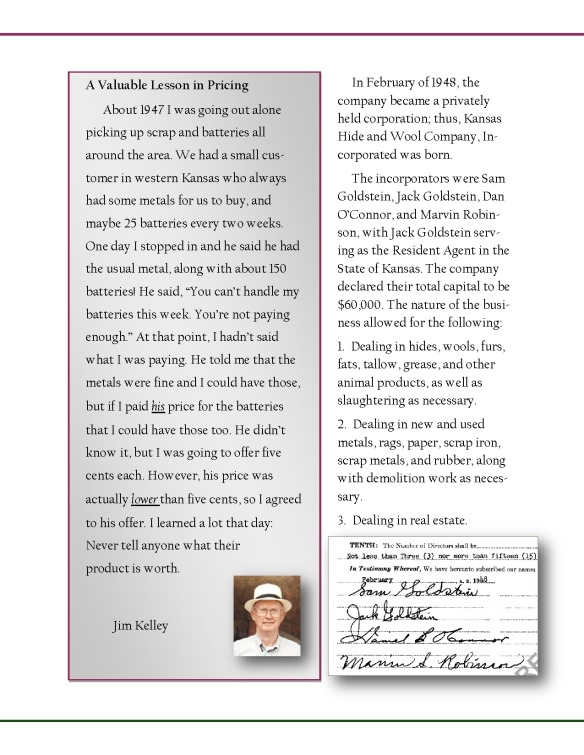
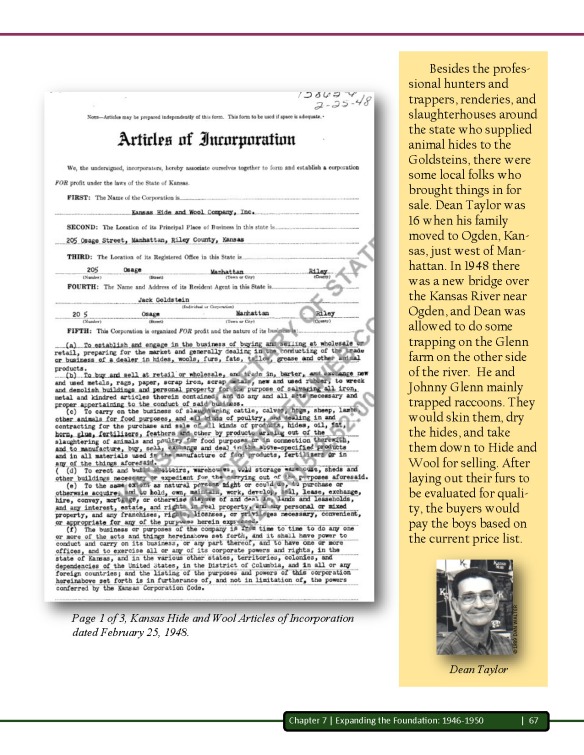
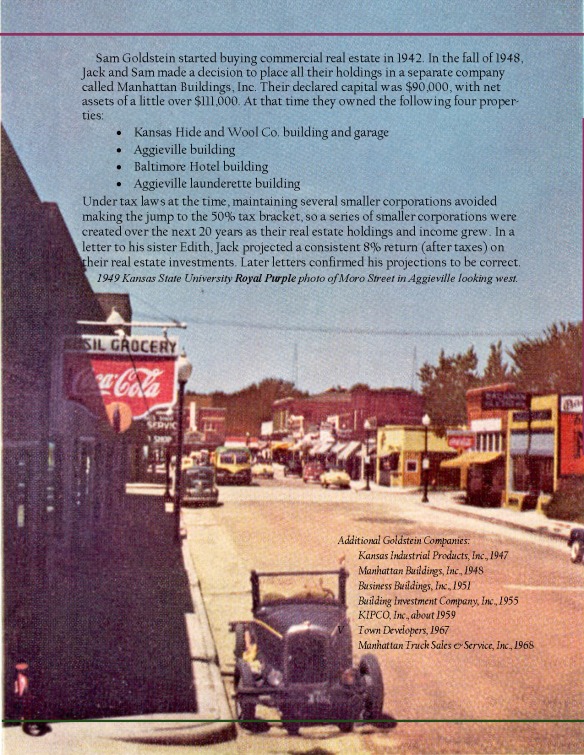
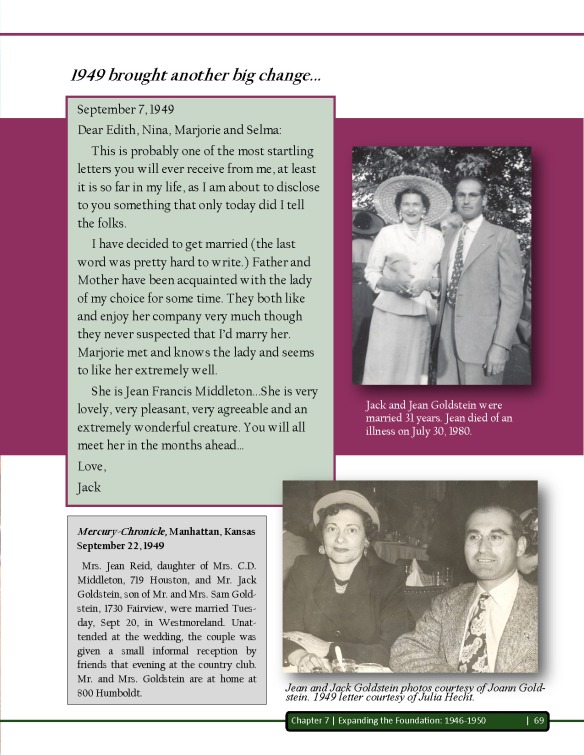
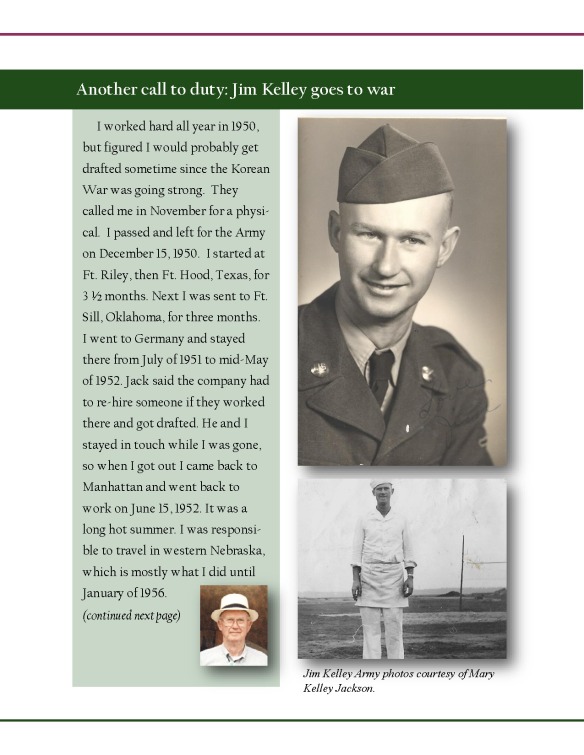
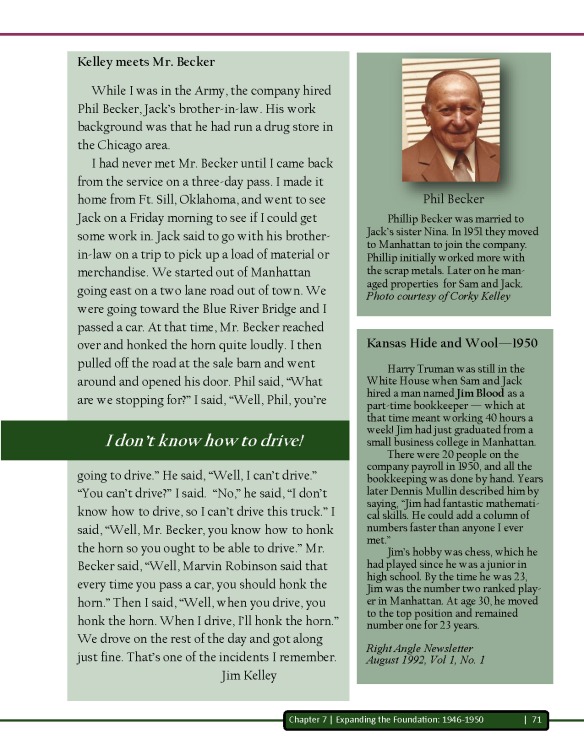
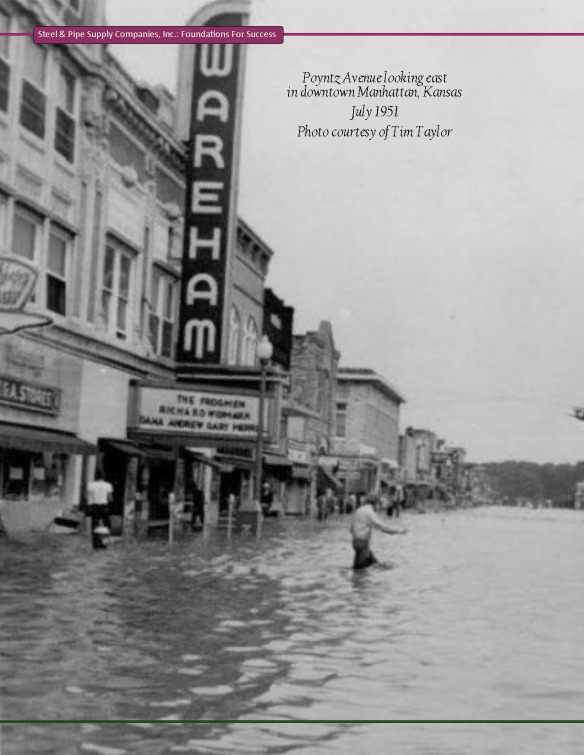
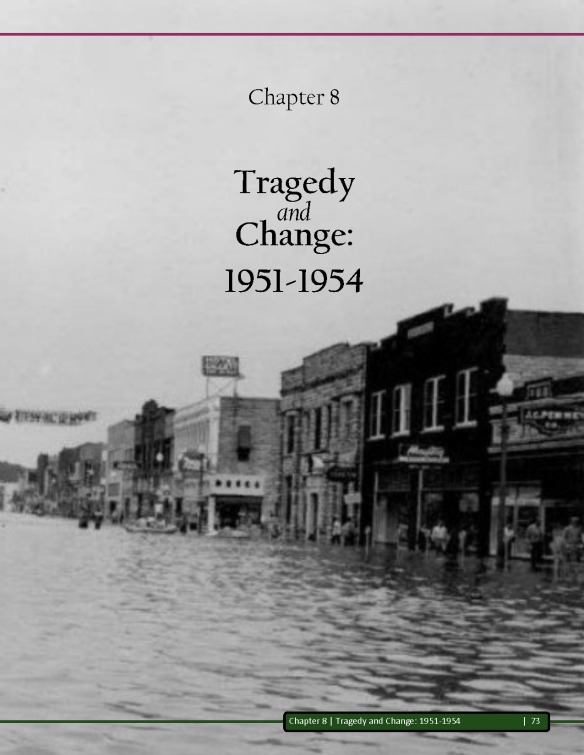
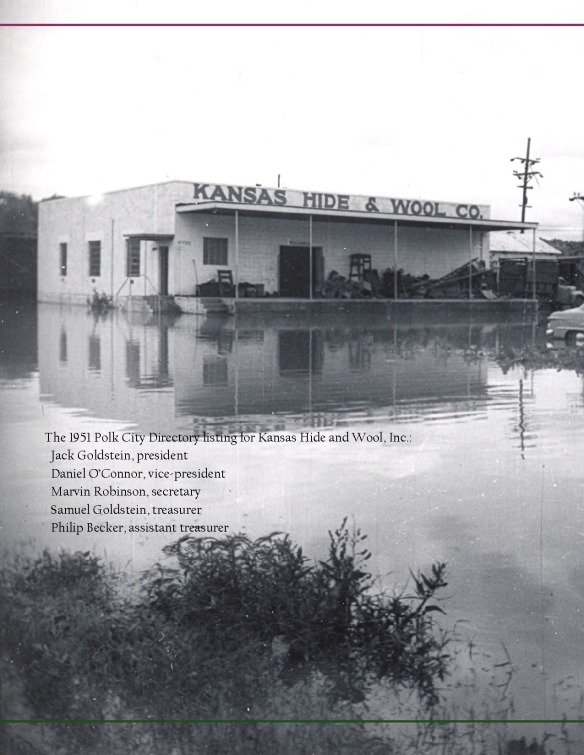
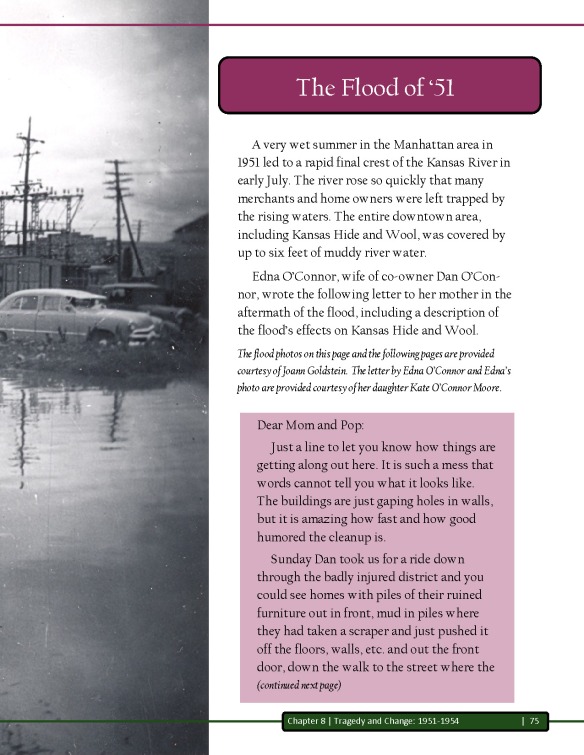
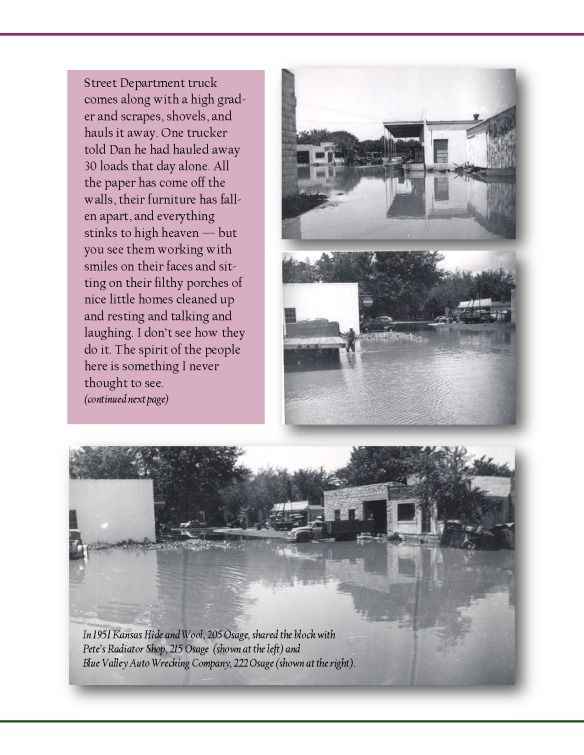
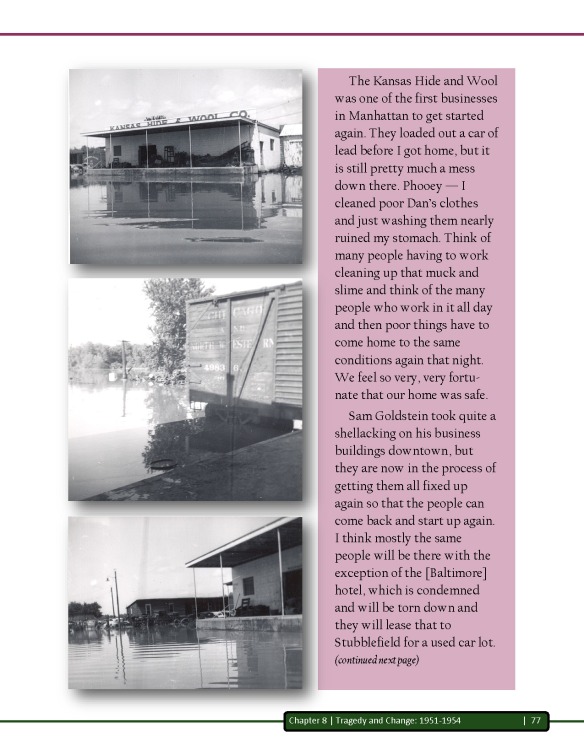
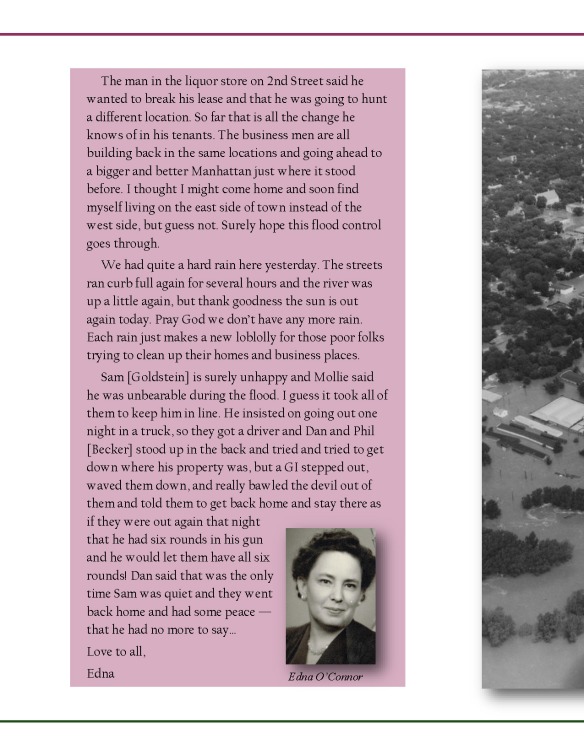
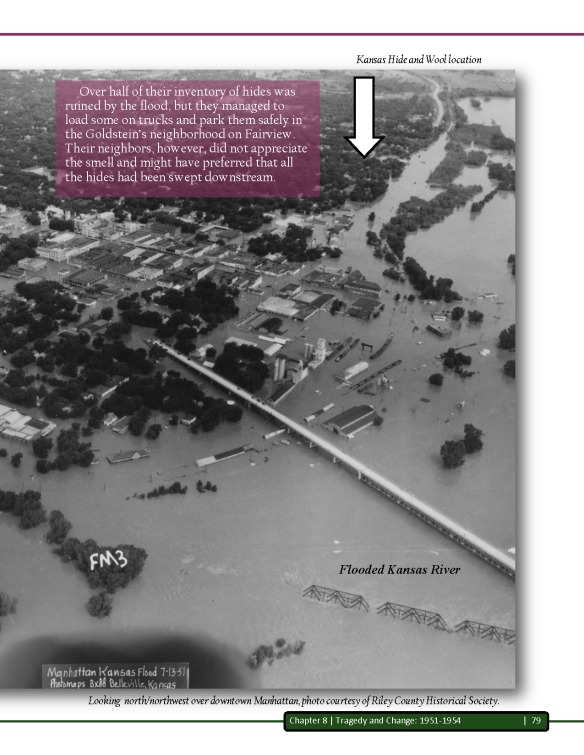
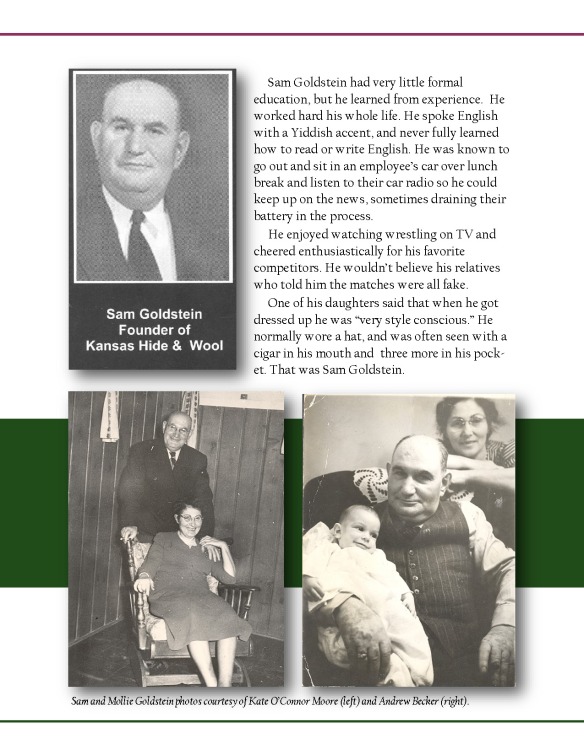
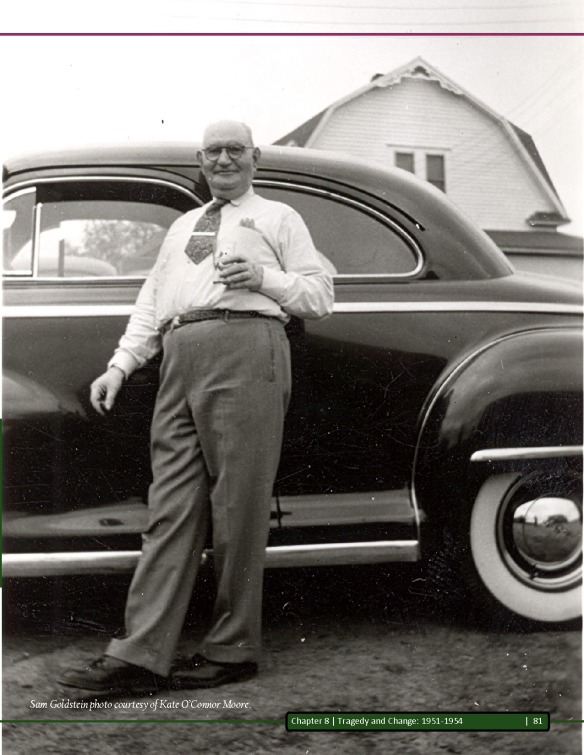
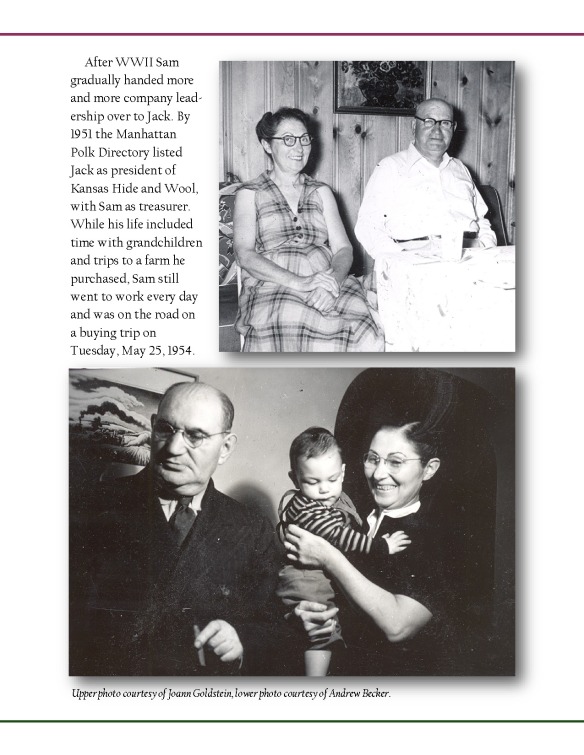
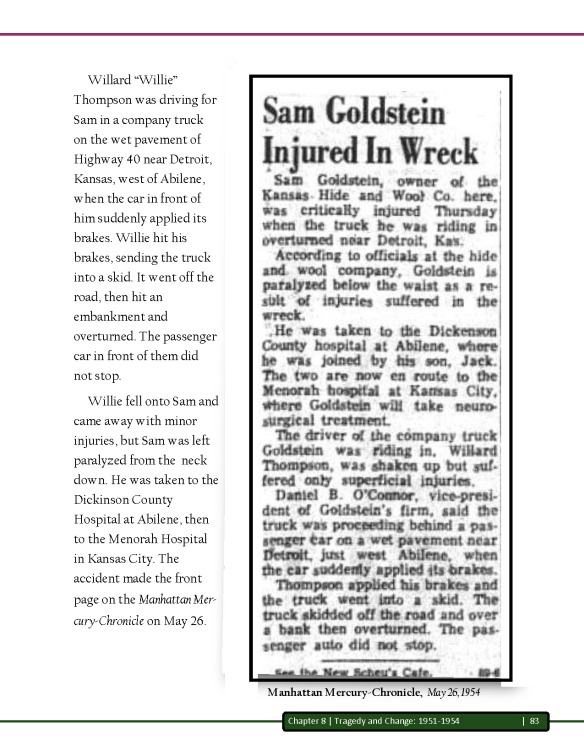
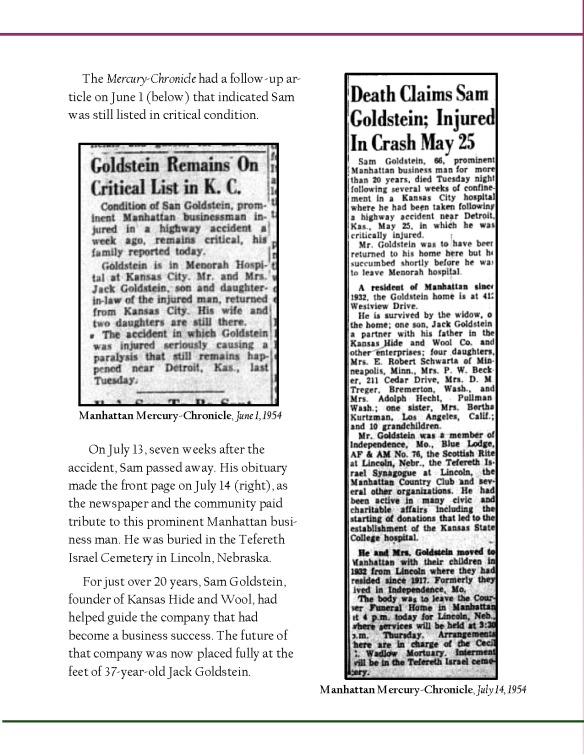
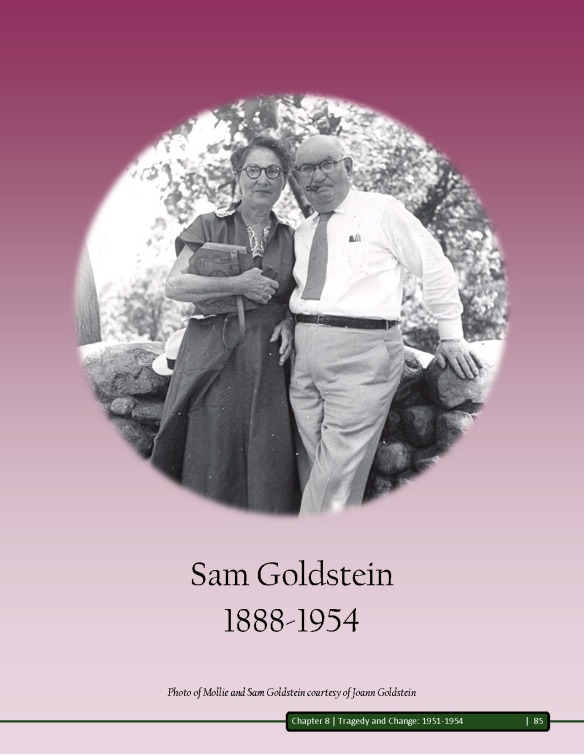
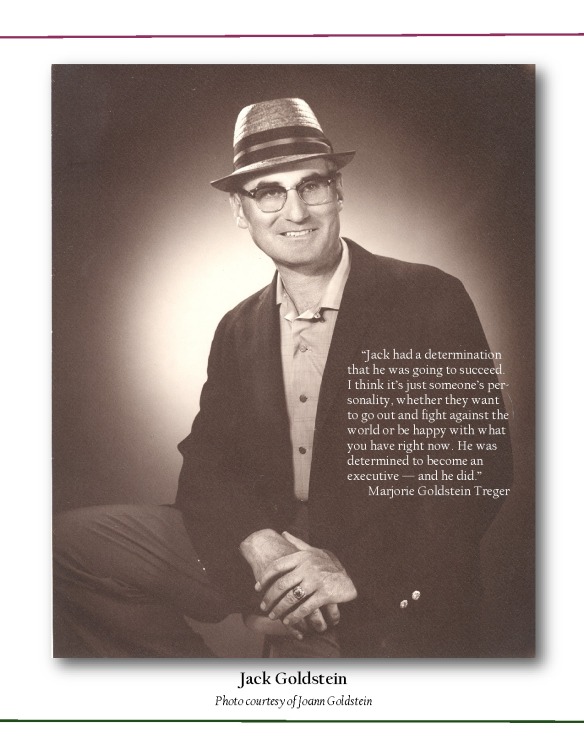
Steel and Pipe Supply Companies, Inc. – Introduction
Aggieville Theaters
Harry Miller was born in Varchovich, Russia (now part of Ukraine), in 1891. He came to America in 1904. By 1914 he was living in Omaha, Nebraska. He is listed in the 1920 census as living in Manhattan, Kansas, with his wife Anna and three children: Bernard, age 7, Bess, age 5, and Florence, age 1.
In 1924 he built a brick building at the corner of Bluemont Avenue and N. Manhattan Avenue which became the home of Paul Dooley’s Jewelry and Nu-Way Cleaners.
The Miller Building
Harry Miller
Photo courtesy of Galia Miller Sprung
But Harry Miller had a bigger building in mind for Aggieville – much bigger. Miller wanted to build a theater.
Back around 1923 Miller had his eye on the lot on the southeast corner of Moro Street and 12th Street which was owned by Joseph L. Johns. Johns and his wife Josephine had a creamery and ice cream shop just across the street west of the vacant lot, but didn’t want to sell the land to Miller.
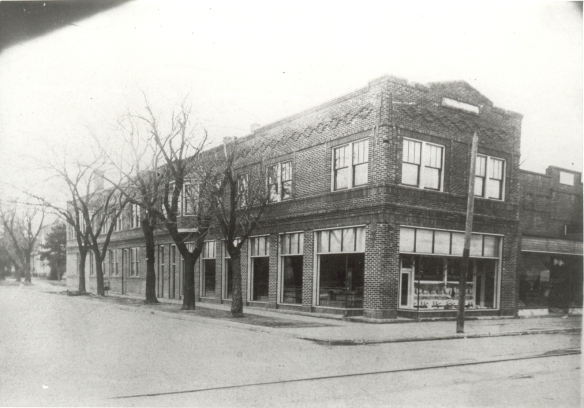
Johns Creamery and Ice Cream Store
Johns had it in his mind that what Aggieville needed was a bank, and, despite his wife’s reservations, he built the College State Bank there in 1923.
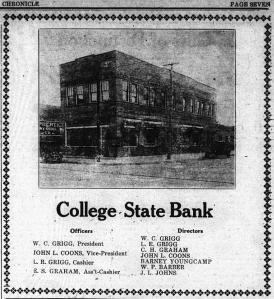
12th & Moro Street
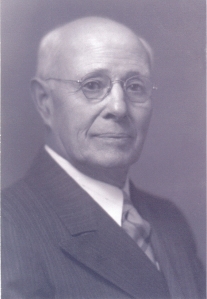
J.L. Johns
Later in life, Johns told family members that his biggest mistake in life was not selling that lot to Harry Miller. If Miller had built his theater in that location, Johns could have had customers streaming across the street to his ice cream store after the shows were out every night.
But Miller found the land he wanted at the west end of Moro Street and built his Miller Theatre. He constructed an 800-seat silent movie house, complete with a full orchestra pit. The interior had an Egyptian theme, including giant wall murals depicting colorful desert scenes. The Grand Opening was May 1, 1926.
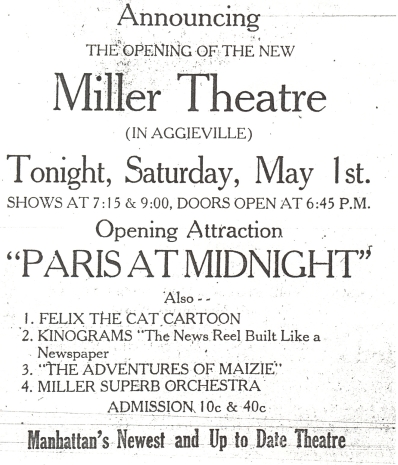
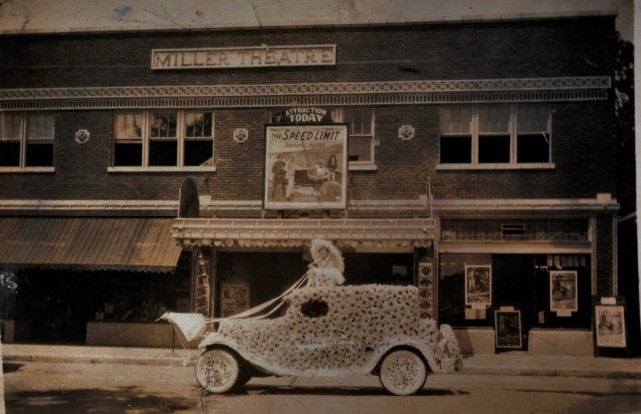
July 4, 1926 photo courtesy of Galia Miller Sprung, grand-daughter of Harry Miller.
VITAPHONE was installed in 1927, and the world of “talking movies” was begun! The Miller also hosted live productions, including “Vodvil” acts with “Band on the Stage” and the ever-popular Ray Randall Dunakin on the Console!
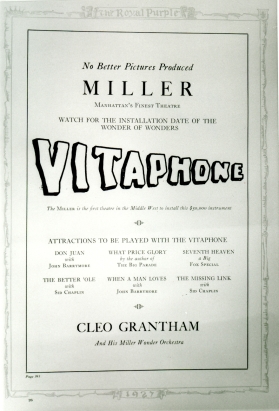
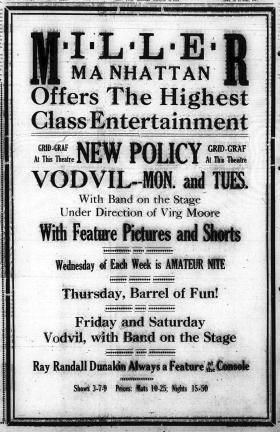
October of 1929, of course, brought a great deal of change in the American economy. Harry Miller sold his theater in 1930 and ended up moving to Kansas City. The theater was renamed the Varsity Theatre and opened for business on August 26, 1930.
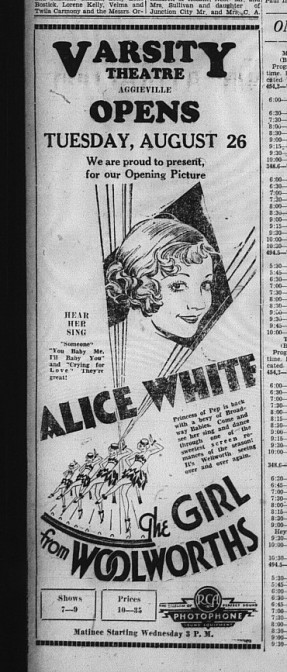
Even though the Varsity was able to provide films with sound, they constructed a huge a “fly gallery” at the back of the building to accommodate the dropping of backgrounds for live productions.
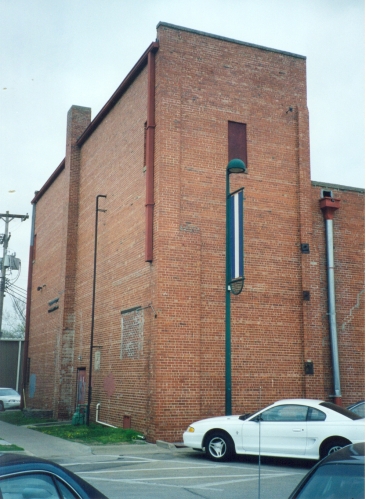
In 1936 Sam Sosna purchased the theater, and in 1938 he renamed it the Sosna Theatre. The Manhattan Mercury put together a huge set of articles and congratulatory ads for the night of the Grand Opening on March 4, 1938. The building was freshly remodeled on the inside and out, and Sosna was ready to start off with a big splash.
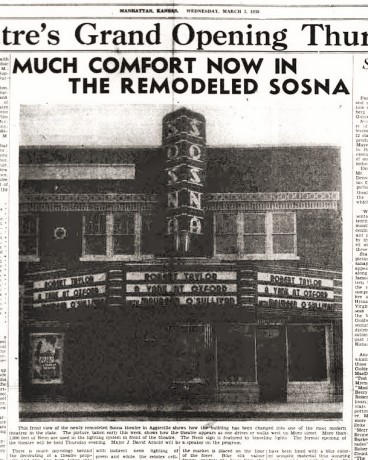
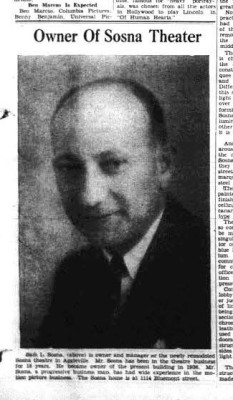
Sam Sosna
Sosna was a veteran of the theater business, and ran the Sosna successfully for the next 15 years.
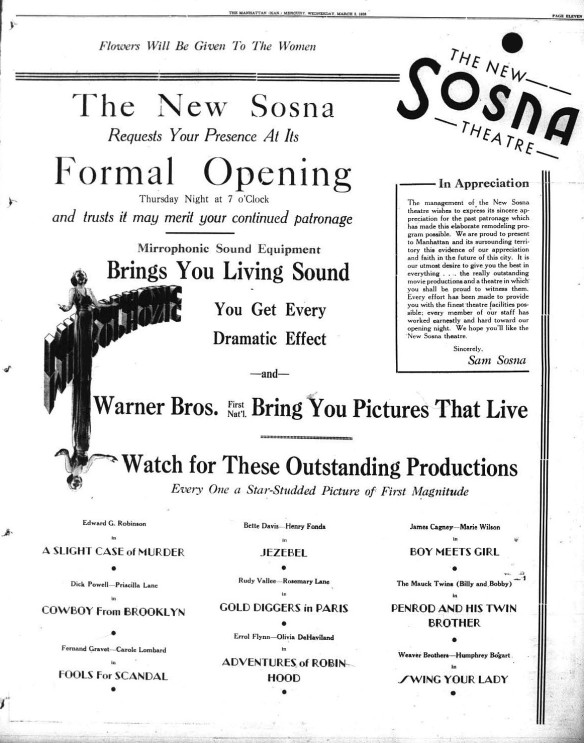
1938 Formal Opening
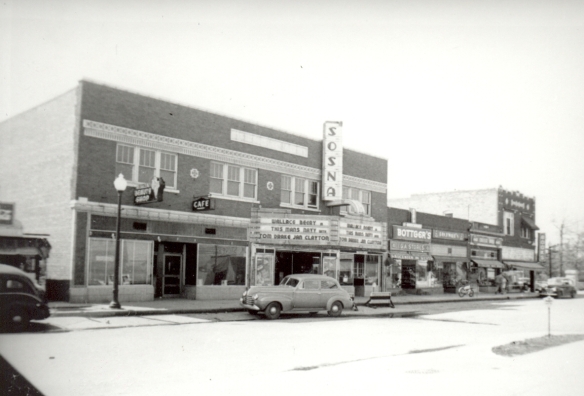
The Sosna in 1945
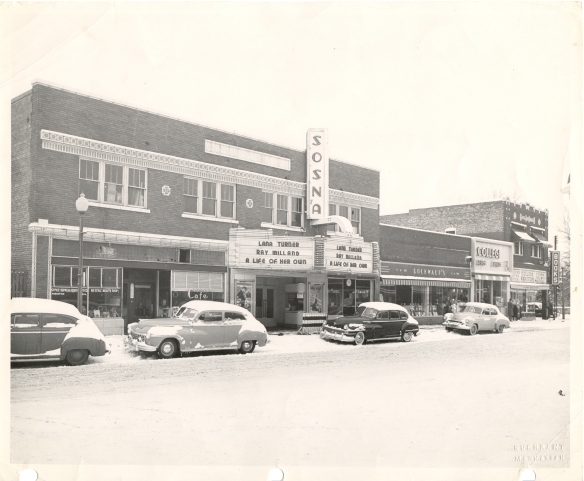
1950 photo by Gene Guerrant
Sosna sold his theater in 1951, and the owners of the new Campus Theatre prepared to open on May 23, 1951. There were big changes in store for the 25 year-old building. The orchestra pit was covered over, the lobby area was widened to include a full-service concession stand, and patrons of the arts could enjoy their movies in push-back cushioned seats and air-conditioned comfort! An updated marquee flashed all the way down Moro Street that the Campus was ready for business.
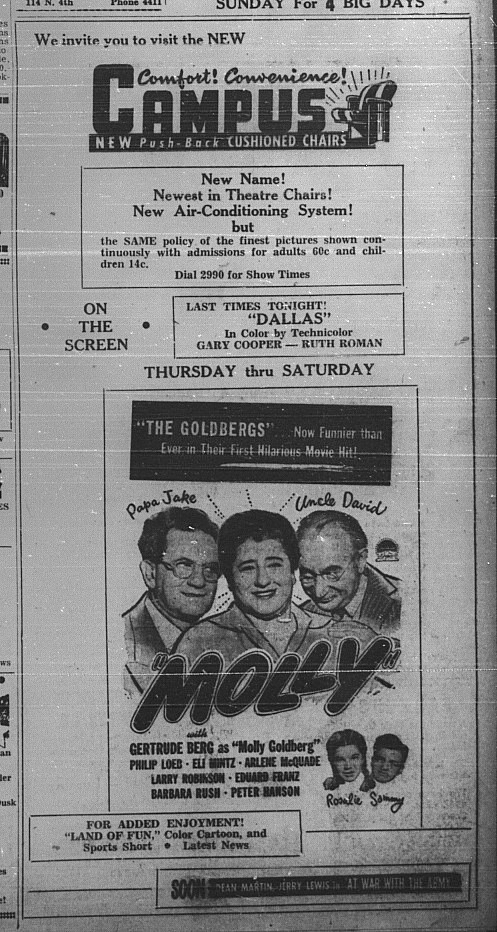
Campus Theatre opening night
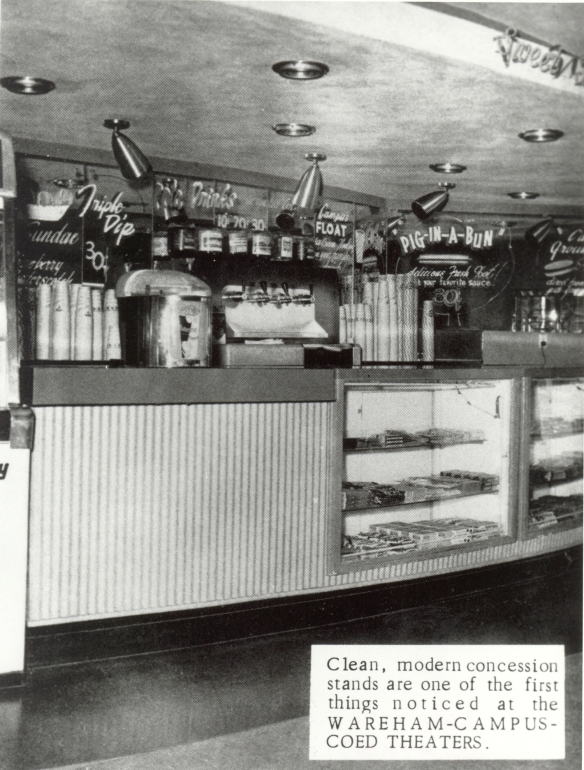
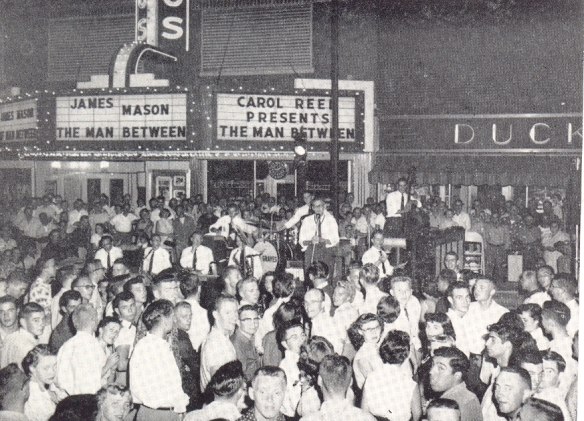
1955 Royal Purple photo
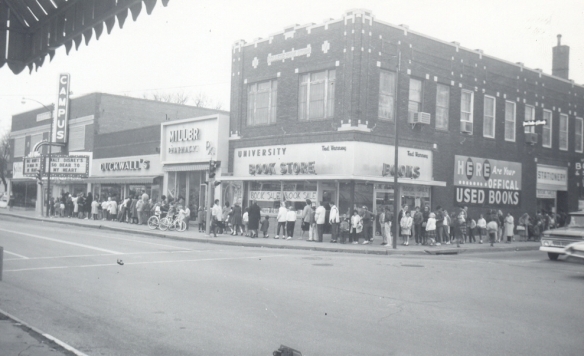
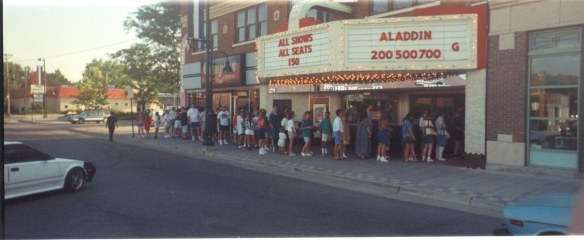
From 1926 to 1998, thousands of people, young and old, viewed films and attended live programs in the old Miller theater building. In the summer of 1997, after the last show on a Saturday night, a FOR SALE sign went up in the box office window. No fanfare. No “One Last Show.” No warning. That was the last of the theater.
The sign stayed in the window untouched for the next six months. It was eventually purchased by Jon Levin to serve as an expansion for Varney’s Book Store. After two years of challenging work, Varney’s opened up the area in August of 2000. A second floor had been constructed across the span of the whole building to house the textbook department, with a grand stairway for the customer’s convenience.
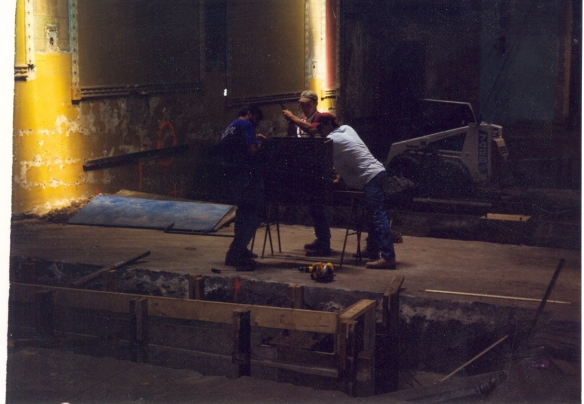
Work inside the theater area
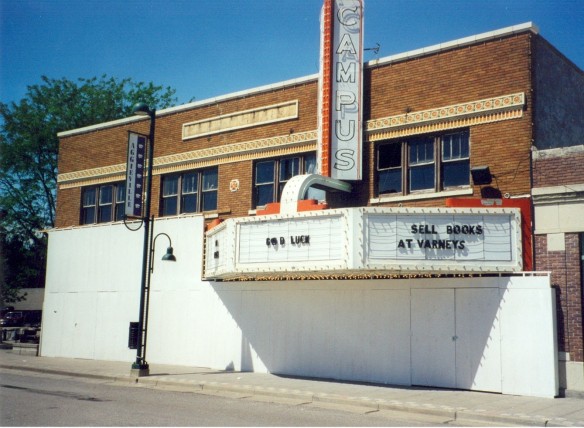
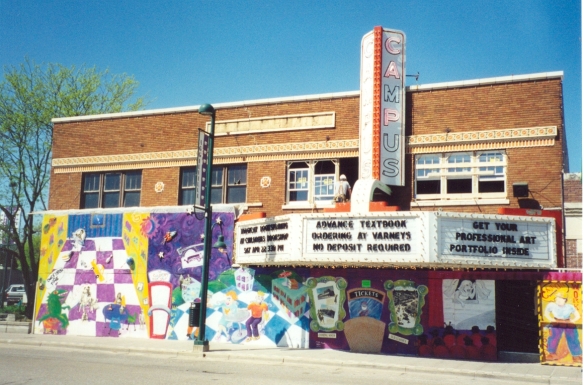
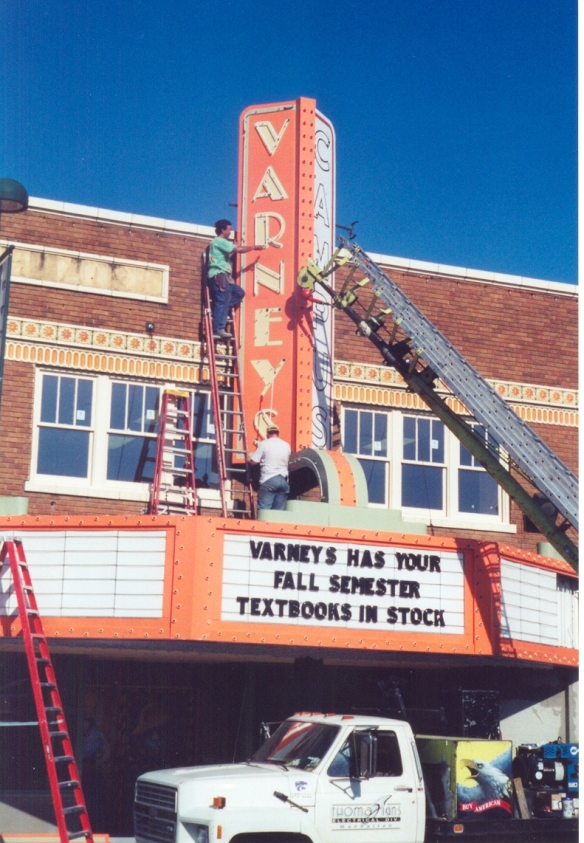
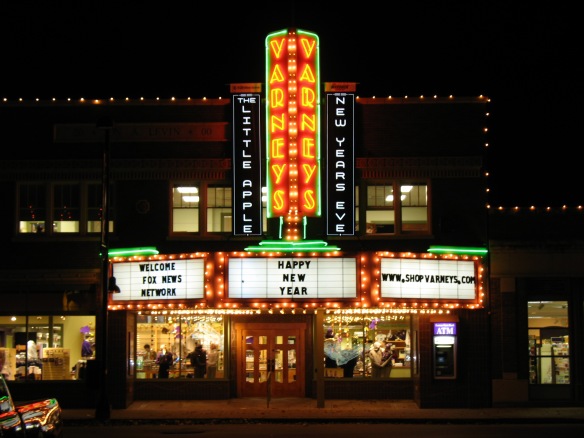
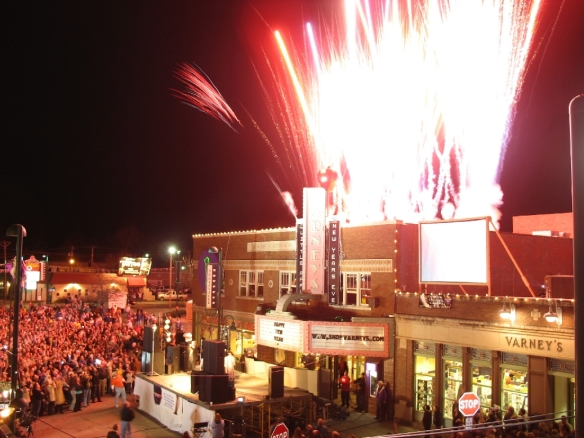
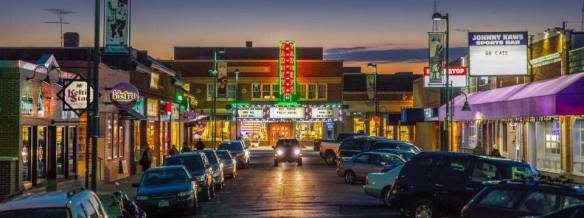
Photo by Tony Ridder (2016)
Varney’s Book Store closed in 2016, and once again the old building has been occupied by new owners. A new chapter. New adventures ahead.
Best wishes,
Dan Walter
Aggieville Archive Gallery Images 00151-00260
Gallery

This gallery contains 111 photos.
Manhattan High School Blue M Yearbook Images
Gallery

This gallery contains 100 photos.
Here are images taken from MHS yearbooks 1948-1965. Most of these are available at the Manhattan Public Library. Quite a few glimpses into Manhattan history!
Aggieville Profile: Gary Wood, Wildcat Barber Shop
Gary Wood has been a barber in Aggieville since 1963. You can cut a lot of hair in 50 years! Here is a little bit of his story mixed in with some Aggieville history. Hope you enjoy it.
Forrest E. Mansfield ran a barber shop at 706 N. Manhattan. He was listed at this location, just north of The Palace Drug Store, in the Manhattan Polk Directories in 1946 and 1951.
The photo above was taken around 1938 by Ralph Miller during the days of “car-hops” at The Palace. The Mansfield Barber Shop and Shine Parlor sign is showing on the next building down the street. In the 1950s the building was converted to Bony’s Dry Cleaning and Laundry, pictured below.
It later became Larry’s Dry Cleaners.
Then Porter’s went in that location….
Then there was a very big fire….
and Porter’s got some new “neighbors” on the north.
By 1946 Mansfield had moved his barber skills to a new store on Moro Street. It was located at 1214 1/2 Moro, and was still listed in the 1951 directories as F.E. Mansfield Barber Shop. it is the third shop from the left in the photo below.
In 1961 the 1214 1/2 Moro listing changed to Campus Barber Shop – and stayed with that name through the 1981 listings.It was 1963 that young Gary Wood started working at the Campus Barber Shop.
Gary purchased the business in 1970, and in 1973 he changed the name to Mr. G’s Roffler Family Hair Center. In 1989 Sonny Ballard purchased the building and used it to expand Ballard’s Sporting Goods, pictured below.
At that point Gary moved over to Hair Dimensions at 717 N. 11th Street. He stayed there from about 1989-1997. The picture below is from 1993.
Then Gary worked with Hector “Junior” Secord at Junior’s Barber Shop at 1109 Moro for about 5 1/2 years. Junior is pictured below inside the shop in about 1993.
In 2002 Gary Wood opened up Wildcat Barber Shop at 1100 Laramie, and that is where you can find him cutting hair today!
Gary Wood, a barber in Aggieville for 50 years! Way to go Gary!! (Walk-ins welcome!)
Scenes From The Campus Theatre 1960s
Gallery
1891 K-State Pictures, Ads, and Articles
Gallery
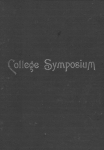
This gallery contains 72 photos.
Here is a collection of images from the College Symposium of the Kansas State Agricultural College, published in 1891. If you enjoy local history, I think you’ll find it to be worth your time to scroll through this set of … Continue reading
